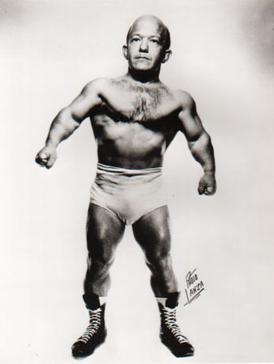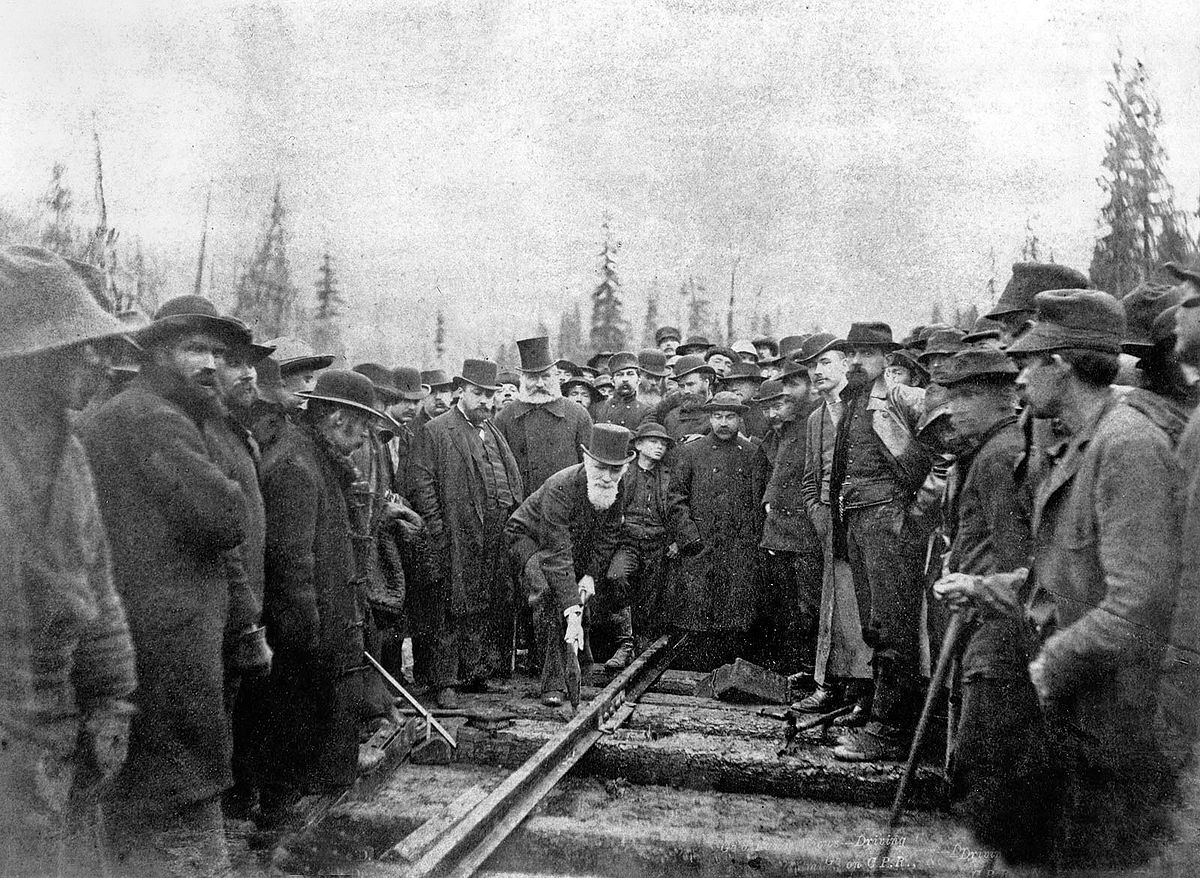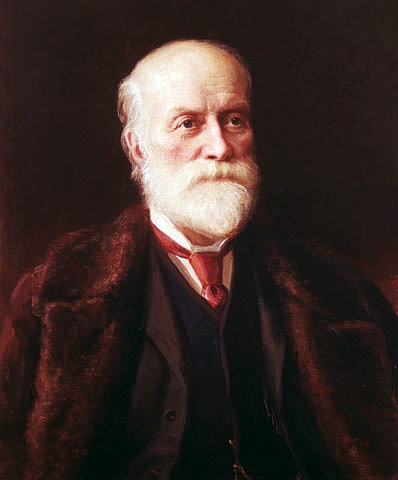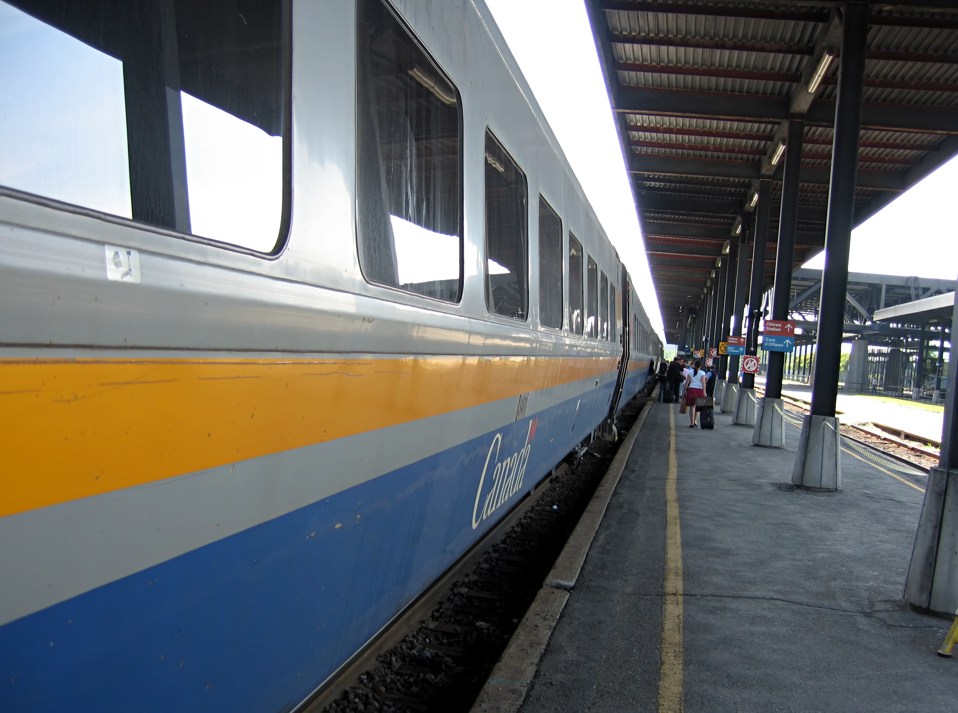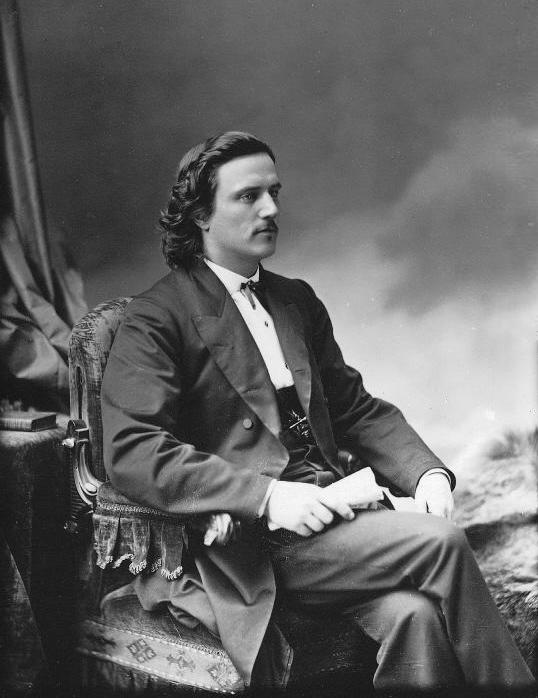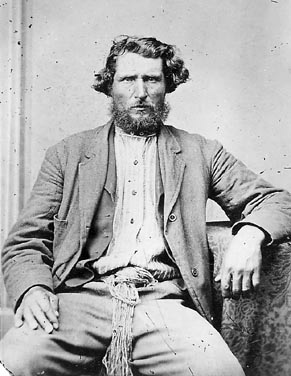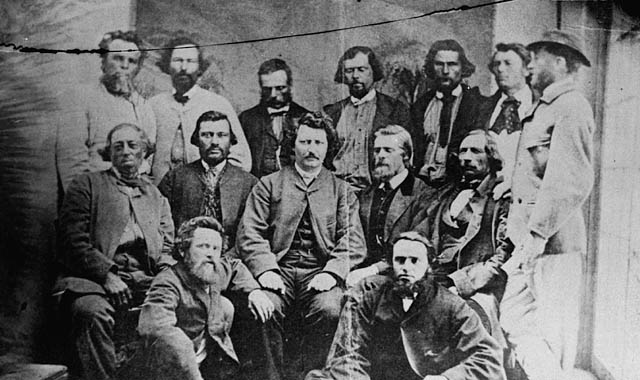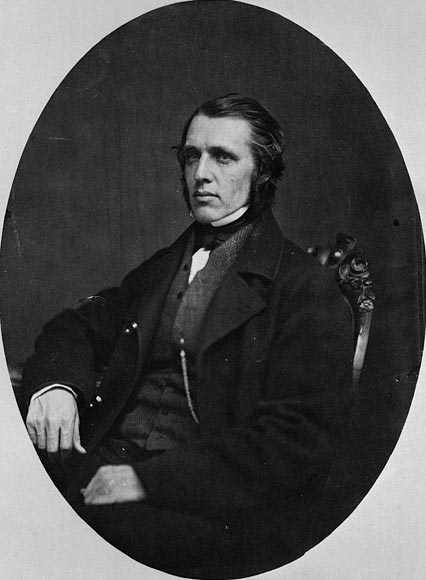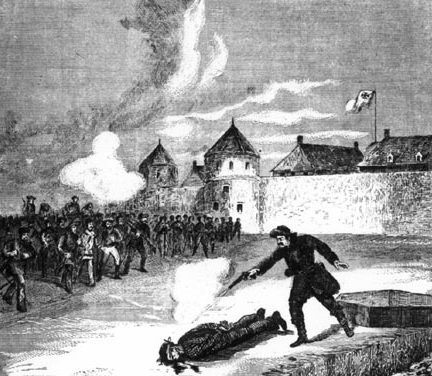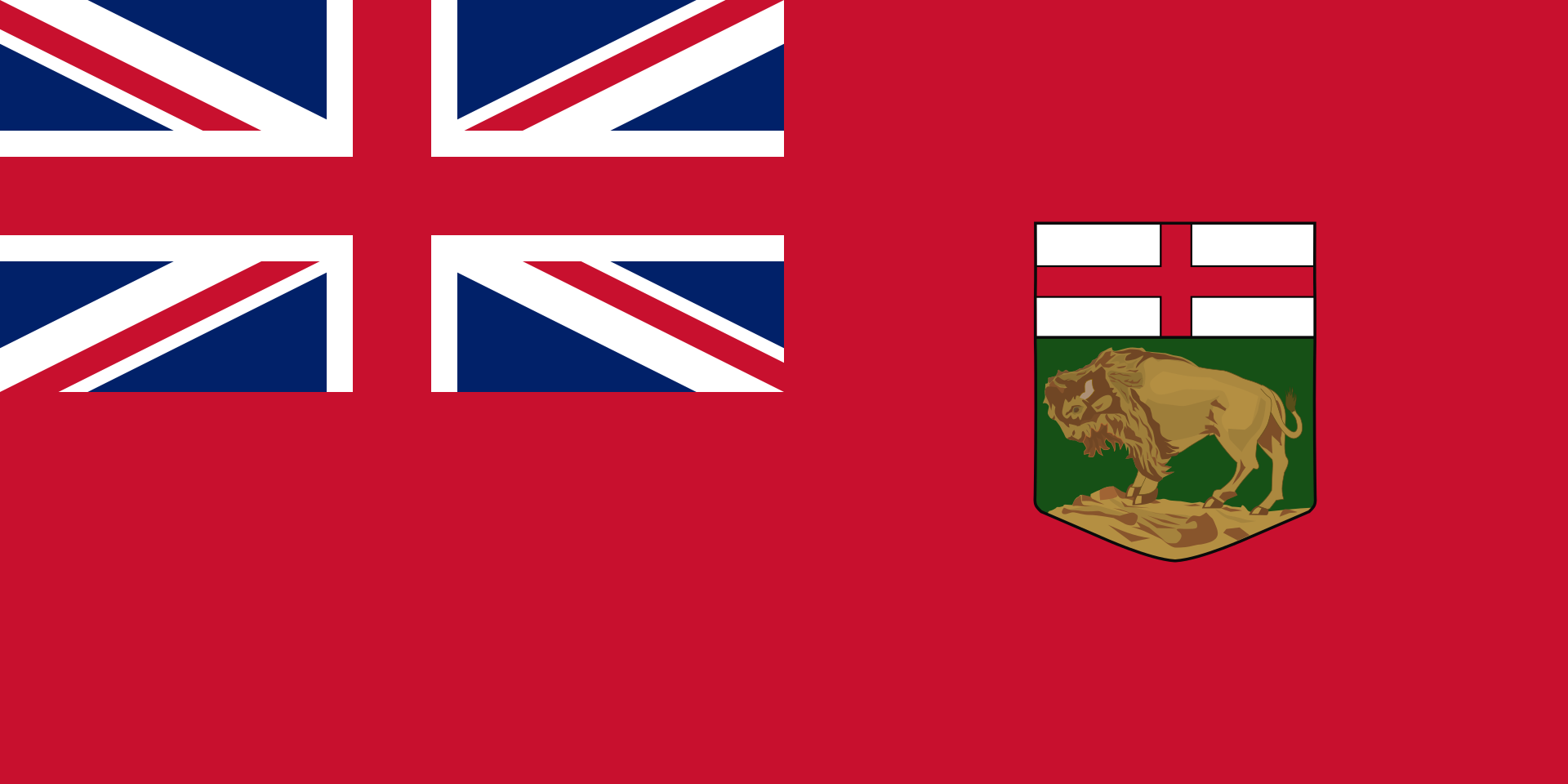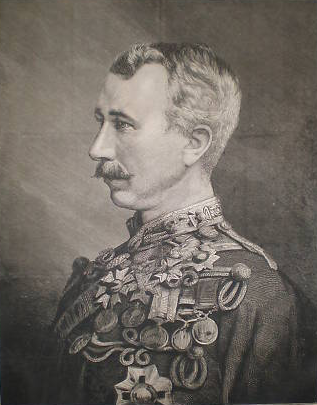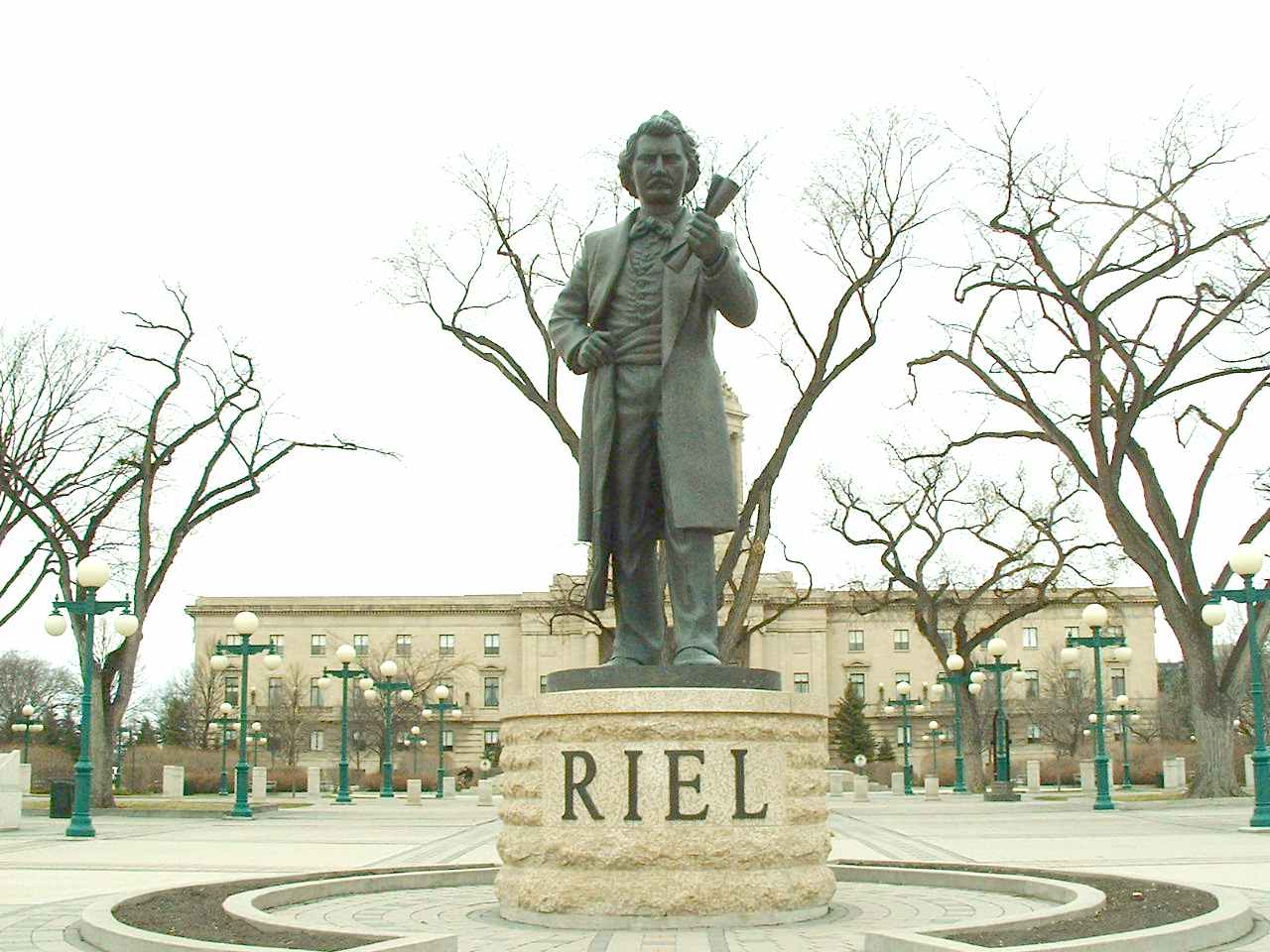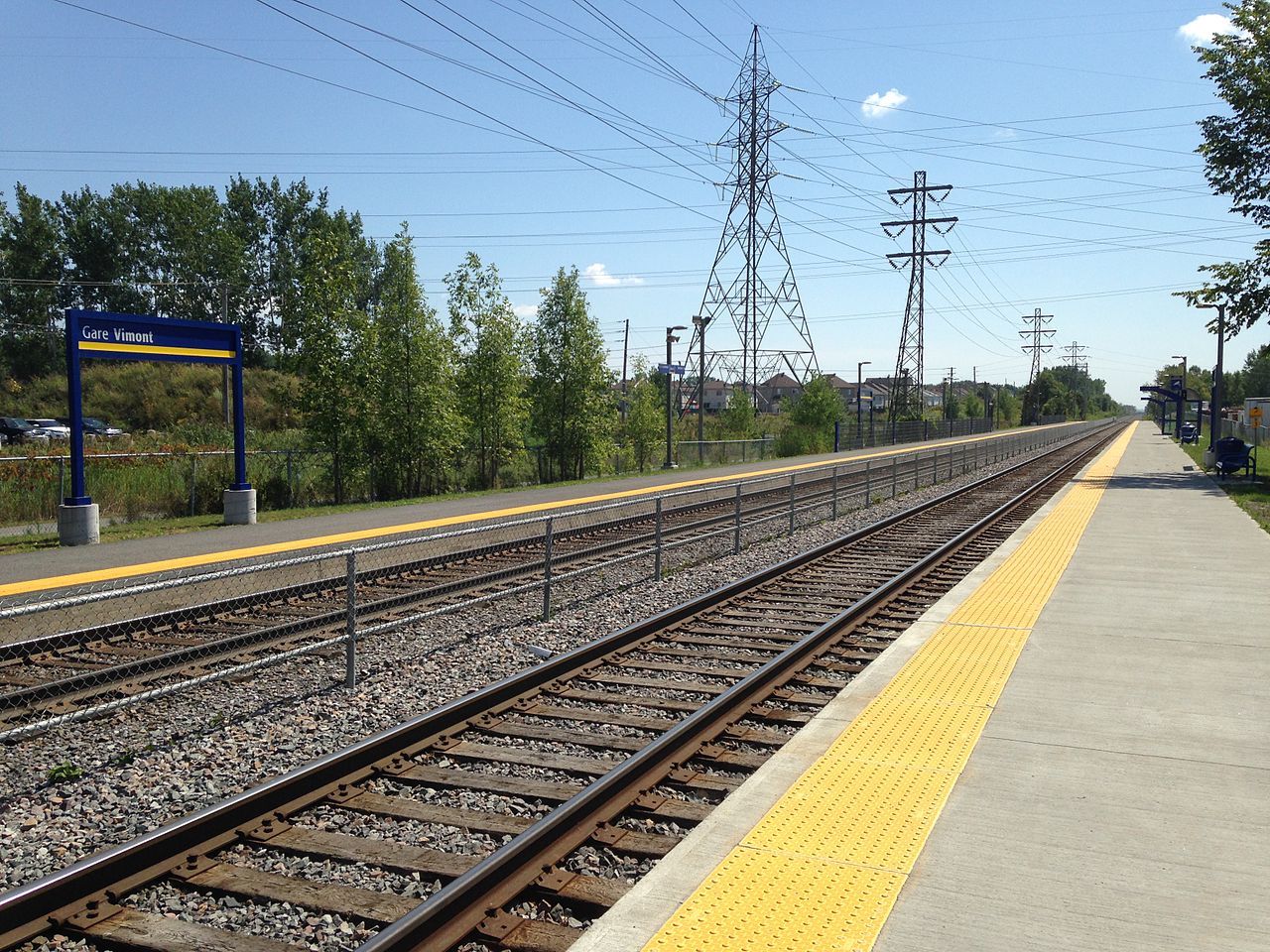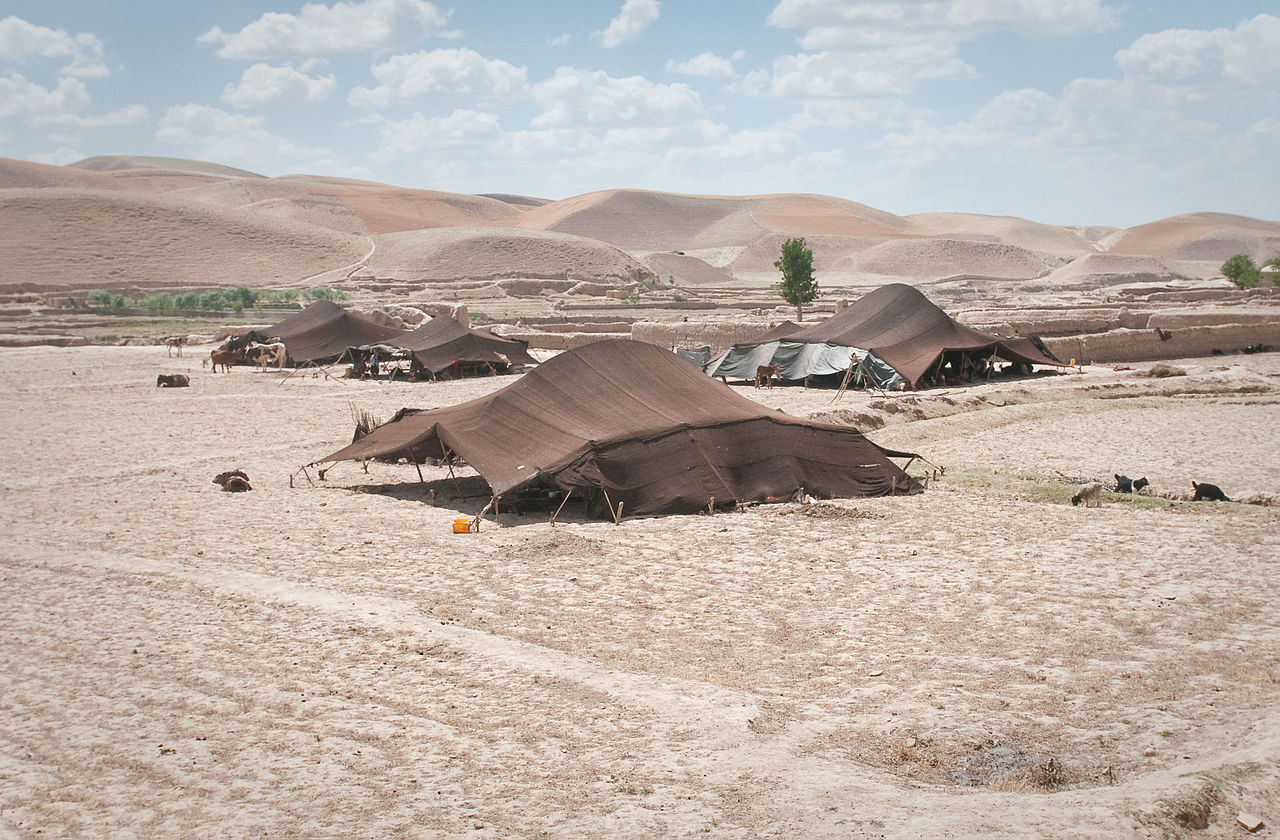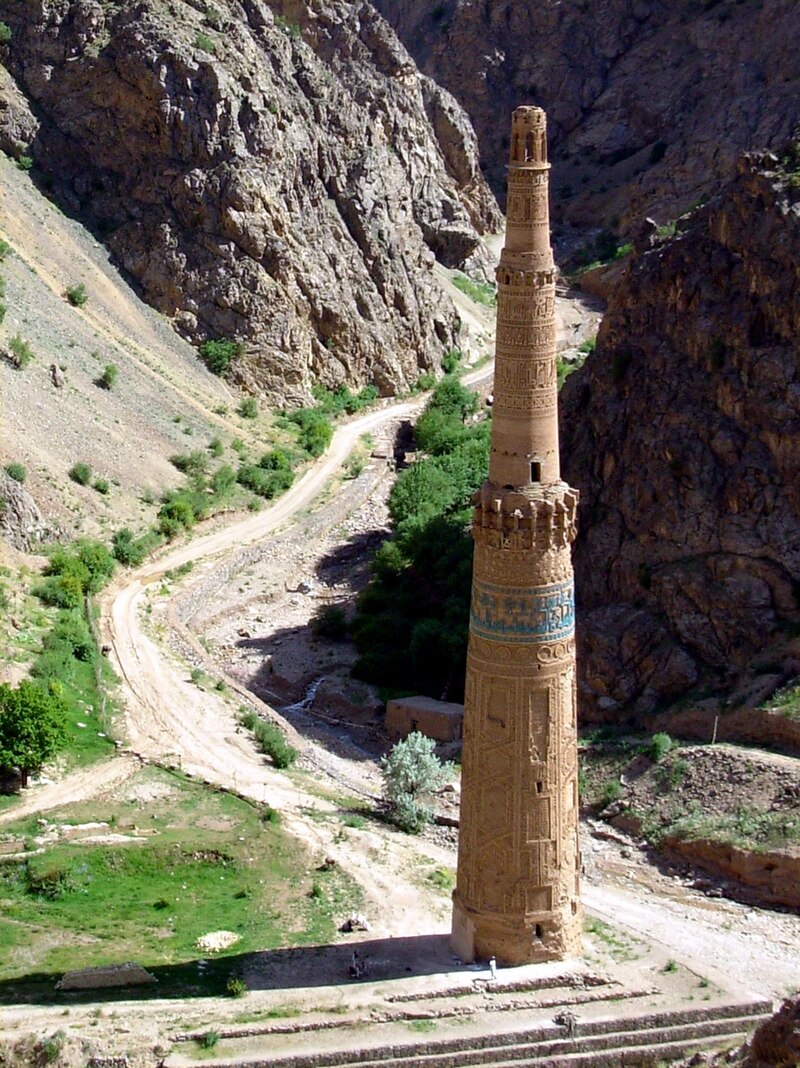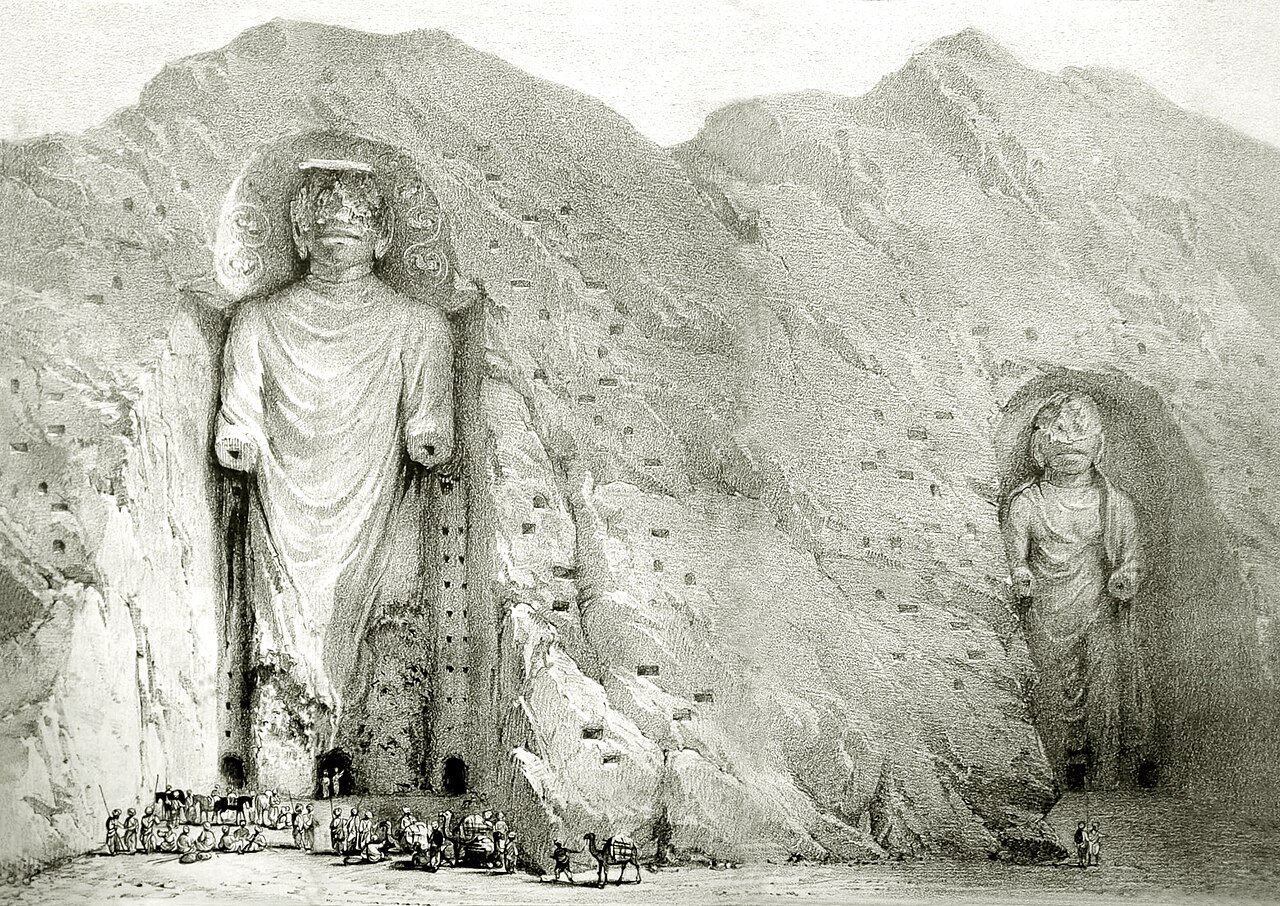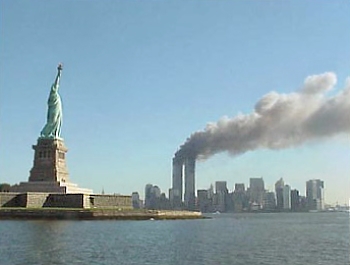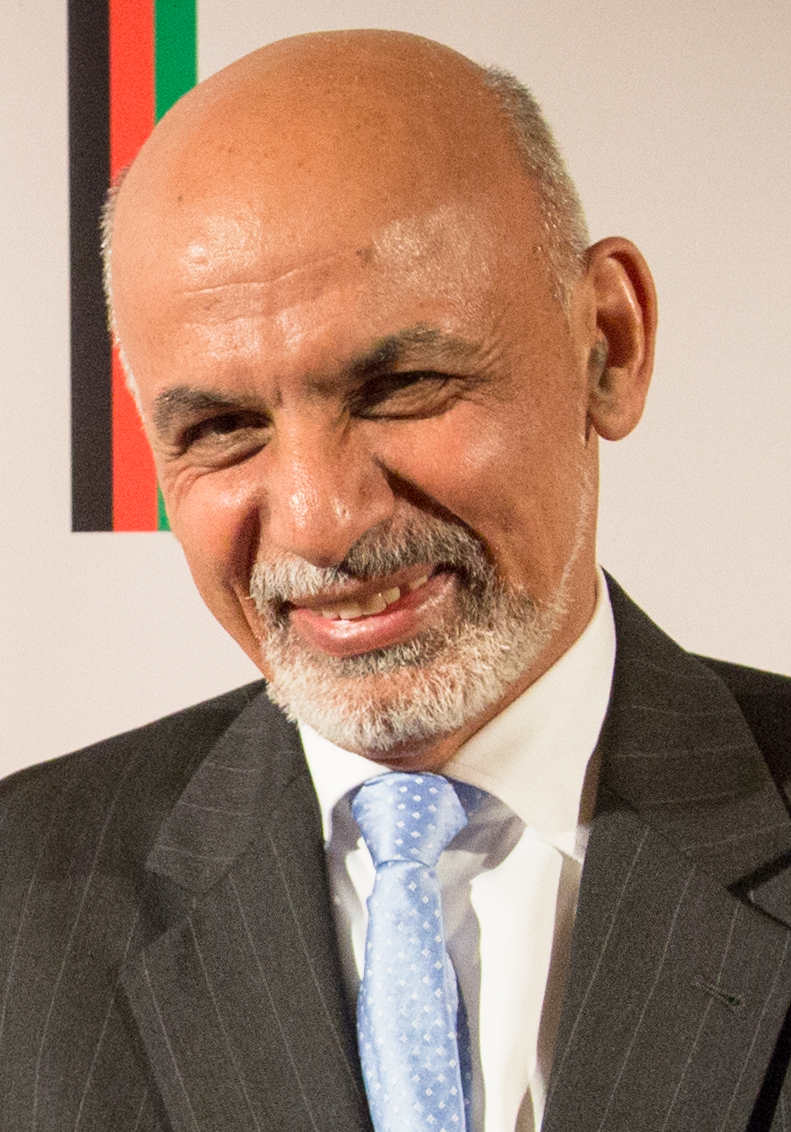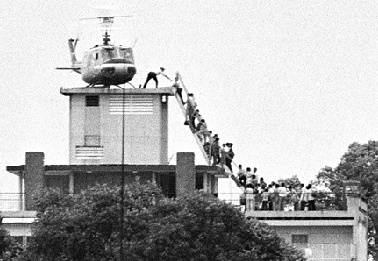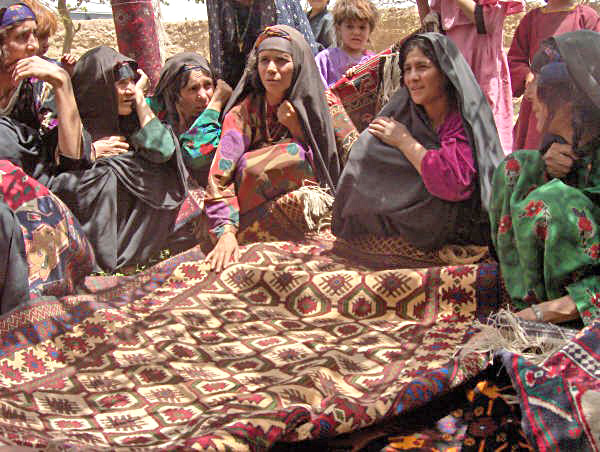Canada Slim and the King of Pain
Eskişehir, Turkey, Saturday 28 May 2022
I am often asked, usually in a tone of utter astonishment:
Why are you in Turkey and not in Switzerland?

I am often asked, usually in a tone of complete confusion:
Why have you chosen to live alone and not remain with your wife back in Landschlacht?

I am often asked, usually in a tone of total concern:
How do you feel being so far removed from the life you led back in Switzerland (or going further back, in Canada)?

How can you possibly be happy?

The explanations are not so easy to elucidate.

“To travel hopefully is a better thing than to arrive.”
Robert Louis Stevenson

Certainly, the idea of going off to the unknown to seek adventures holds more than a touch of romance for me.
In my own humble way I might compare myself to early heroic explorers such as Ferdinand Magellan or to fictional travellers in the vein of Phileas Fogg, as circumnavigators of our planet have always captured the imagination of my adventurous soul.


I will openly admit that nothing can compare with the joy of the open road.

The sense of possibility and adventure brings feelings of exhilaration, too long submerged in the workaday routines of home.
Cheap air travel – Sorry, Greta Thunberg. – has opened up parts of the globe – for better or worse – once reserved for the seriously affluent.
The sense of possibility and adventure brings feelings of exhilaration, too long submerged in the workaday routines of home.
Cheap air travel – Sorry, Greta Thunberg. – has opened up parts of the globe – for better or worse – once reserved for the seriously affluent.

When travelling in far-flung corners of the world, you can escape the demands of modern life:
The chores, the clutter, the technology (this latter not so easy for millennials to abandon).

It is said that there is no fool like an old fool.
Should I not, a man who probably has fewer years ahead than behind, finally accept my fate, stay settled and be content with my assigned lot in life?

But whatever your stage in life, travelling spontaneously means you have the freedom to choose from an infinite spectrum of possibilities.
Those who have experienced independent travel have been smitten by the travel bug, moulded by Wanderlust, and will forever after long to visit more places, see more wonders and spend a longer time abroad.
I have been travelling, punctuated by periods of work to fund my travels, since my mid-20s.

I met my wife when I was 30.

Prior to my present circumstances in Turkey, I have lived and worked as a teacher in South Korea, Germany and Switzerland.


I have spent the last two decades in the last two aforementioned countries because of my relationship with my wife.
But part of the equation that determines a man’s total self-actualization is his ability to find happiness in the activities that generate his income.
In Germany this was easier.

In Switzerland, my wife’s employment opportunities as a doctor were enhanced.
As a ESL teacher, my employment bonanza turned to dust in Switzerland.
Coming to Switzerland gave new life to my wife.
Coming to Switzerland was career suicide for me.

The memory of a life that once was, where trekking in hinterlands was within the grasp of this ordinary man, gave me longing from a fascination ne’er forgotten for destinations as yet undiscovered.

Faraway places
With strange soundin’ names
Faraway over the sea
Those faraway places
With the strange soundin’ names
Are callin’, callin’ me
Goin’ to China
Or maybe Siam
I want to see for myself
Those faraway places
I’ve been readin’ about
In a book that I took from a shelf
I start getting restless
Whenever I hear
The whistle of a train
I pray for the day
I can get underway
And look for those castles in Spain
They call me a dreamer
Well, maybe I am
But I know that I’m burnin’ to see
Those faraway places
With the strange soundin’ names
Callin’, callin’ me

Of course, the practical, the logical reasoning that is the Germanic temperament invariably asks how such adventures can be afforded.
Magellan had the backing of the King and Queen of Spain, Phileas Fogg was a gentleman of independent means, and Michael Palin could always call on the resources of the BBC.
How can ordinary people possibly make their dreams a reality?


I am a loveable idiot.
In my youth when I wanted to go somewhere I just went.
Once upon a time I entered the US with $10 Canadian in my pocket and left the US eight months later with $10 American.

I walked many miles across the expanse of Canada with often minimal money and with no inkling where I might lay my head each evening.

Like Blanche of A Streetcar Named Desire, I have always depended on the kindness of strangers and my own resourcefulness within the limits of the law.

The conventional means is to work hard all one’s life until that glorious wondrous day when you have the financial wherewithal to travel indefinitely.
But that makes the assumption that when that day arrives (if that day arrives) that a person has both the opportunity and the health to do so.

Grim spells of work, denying yourself the living of life may be a truly honourable, safe and secure, way of joining that safari in Tanzania, that diving in the Philippines, that bungee jumping in New Zealand sometime in the uncertain future.



But what if it were possible to skip this decades-long, lifetime-long stage and head off into the horizon sooner than one’s senior years?
Instead of trying to finance the expensive trips advertised in the glossy travel brochures, what about trying to find alternative ways of experiencing those same places at a fraction of the cost?


Working in a faraway place allows the traveller to see how daily life is lived there.
Certainly, it is cheaper and quicker and far more satisfying a solution than waiting until I can afford to travel continuously in comfort.
And working abroad is an excellent way to experience a foreign culture from the inside.

The plucky Brit spending a few months on a Queensland outback station will have a different life experience than someone tending bar in Queens all their lives in the hopes that they might one day be able to afford that Florida fortnight in a resort hotel.


Phil Tomkins, a 45-year-old Englishman who spent a year teaching on the tiny Greek island of Kea, (as quoted in Susan Griffith’s Work Your Way Around the World) describes the thought processes that galvanized him into action:
“I think it comes down to the fact that we are only on this planet for a finger-snap of time.
If you have any kind of urge for a bit of adventure, then my advice would be to go for it!
Even if it all goes horribly wrong, you can look people in the eyes and say:
“At least, I gave it a try!”
You can work nine-to-five in an office or factory all day, come home, switch on the Idiot Lantern (what we North Americans call the Boob Tube) and sit there watching Michael Palin travelling the world – or you can be bold, seize the day, and do something amazing.
One thing I can guarantee:
When we are lying on our deathbed many years from now, we will not be saying to ourselves:
“Oh, I wish I had spent more time at the dead-end job and had a little less adventure in my life!” “


Anyone with a taste for adventure and a modicum of nerve (or folly, depending on your point-of-view) has the potential for exploring the far-flung corners of the globe on very little money.

I am a loveable idiot, incomprehensible to many, more logical, folks.
For example, the textile factory that funds my weekly journey and sojourn in Denizli cheerfully, uncomplainingly paid for me to stay in a luxury hotel, the Park Dedeman.
There was absolutely no reason to complain about the standards of the services this hotel provided.

I learned that were cheaper places for the company to put me up and since last week I am now to be a regular weekly guest at the Denizli Öğretmen Evi (Teachers’ House) at one third the cost of the Dedeman but with the same basic amenities provided in a less lavish form.
Granted this is not my money to worry about, but the OE feels more real, more authentic an experience than the Dedeman.
And, perhaps, if a decision for the continuation of ESL courses at the company hinges upon the cost of accommodating me in Denizli then I have made it easier for them to prolong the programme.
More importantly (at least to me) it is good to remind myself that comfort does not equal cultural experience.
The OE has few, if any, foreign guests.
And for Turks the OE is affordable, especially at time when the Turkish economy is hurting.
As for the textile factory that foots my bill, whether they acknowledge it or not, I have saved them money and have shown them, whether they see it or not, that I value their custom and wish to make it clear that I consider their needs as much as I own.
A luxury suite at a fancy hotel is nice, but is it a requirement for me?
No.

I am often asked:
Wouldn’t the burden of being a stranger in a strange land be easier if shared?
Wouldn’t living abroad be more pleasant when someone were there by your side?
Are you not lonely sometimes?
Don’t you miss the wife?

To their surprise (and occasionally mine)(and to the consternation of the wife), loneliness is rarely an issue since solo travelling, solitary living, allows me to meet and be befriended by local people.
I have travelled quite pleasantly with my wife, but travelling with a significant other lacks the sense of possibility and adventure that I love most about travelling, about living abroad.
Whatever situations I get myself into when I am on my own, I have to get out of by myself.

Certainly there are sunsets I long to share and nights without end best survived together, but by the same token, the glorious moments, the feelings of triumph and absolute freedom, are uniquely mine.

Certainly we keep in communication with one another, thanks to the wonders of modern communication such as WhatsApp and Skype, for we remain married to one another at this time.


Despite the limitations that time and distance create, I act responsibly to the best of my ability.
Do I honestly believe that she will wait indefinitely for me to end this “phase” of living and working abroad?
No, I do not believe so, for in my (albeit, limited) understanding of women, she craves the companionship that a constant partner provides.
I am not constantly consistently there.
And I cannot predict when this “phase” will end or even if it will end.

And let’s get real about the elephant in the room:
Sex.
Sex isn’t a separate part of a person.
Your heart, spirit, mind and body need to be along for the ride.
Sex is a spiritual practice, capable of transforming your whole outlook and refreshing your sense of glory in being alive.
And as much as self-manipulation is an essential and healthy part of a person’s sexuality throughout life, as much as it is the way to develop appreciation of ourselves and our sensory potential and realize that we own our own sexual energy, it is unfair to expect that self-love will indefinitely satisfy those who crave the intimacy of companionship.

My wife is a woman and women crave companionship.
She will not wait indefinitely nor is it reasonable to have such an expectation.

We are all animals, to one degree or another.
We like eating, drinking, sleeping, sex.
But what separates us from the animals is our ability to control our baser instincts.

You and me, baby, ain’t nothin’ but mammals
So let’s do it like they do on the Discovery Channel
(Do it again now)
You and me, baby, ain’t nothin’ but mammals
So let’s do it like they do on the Discovery Channel

I need food and drink and sleep to survive, but sex is a privilege not a right, a pleasure not a necessity.
And while I am married I refrain from the temptation of the latter as I seek to find myself in the adventure of solo living, of solo travelling.

Being alone, as much as there are moments when I miss the companionship of my wife, makes me more conscious of being alive when I am journeying in new and exciting ways.
Being in alien places and cultures gives me an increased connection with myself, because it is there in these new situations that my consciousness wakes up.

Away from Landschlacht, Switzerland, away from Lachute, Canada, I realize that I have turned off the unconscious autopilot that ran my normal life.

Away from the familiar, away from the safety and security, away from the routine, I start to take conscious control of my life.
Life becomes more immediately lived, with sometimes penury acting as a spur to action, with necessity becoming the mother of invention.

Of course, things can go desperately wrong.
Accidents will happen.
Folks get murdered, kidnapped, robbed.
You may get sick or lonely or fed up, have a demoralizing run of bad luck, fail to find a good job, begin to run out of money.
And, let me be honest, a job is a job is a job, whether it is in Switzerland or Swaziland, Canada or Costa Rica.
But when a job abroad does not work out successfully, the foreign experience is nevertheless more memorable than just staying at home.

Travelling is difficult at times.
Nothing much is familiar when we get to wherever we are going.
For many people, this is a strain.
Because they don’t understand everything that is happening, they try to diminish the experience, to make it unimportant and less real.

In my writing I try to show the reader how to accept, as calmly as possible, the sights and experiences of a strange place.
I try to make the foreign feel more familiar.

Part of that familiarization is the acceptance that life is not always fair, that experience will not always be positive or cheery.
Guidebooks tend to stress fun and ignore problems, but this attitude is not necessarily helpful.
Warnings and precautions should make a trip easier and more enjoyable rather than nerve-wracking.

On Thursday 19 May, a banking holiday in Turkey when many institutions (including schools) were closed, “the boys” (the male staff of Wall Street English Eskisehir) went to a hammam (a Turkish bathhouse) but those who have never done so were nervous and reluctant about the entire adventure.

(The Commemoration of Atatürk, Youth and Sports Day (Turkish: Atatürk’ü Anma, Gençlik ve Spor Bayramı), is an annual Turkish national holiday celebrated on 19 May to commemorate Mustafa Kemal Atatürk’s landing at Samsun on 19 May 1919, which is regarded as the beginning of the Turkish War of Independence in the official historiography.)

I, on the other hand, wish I could have joined them, but duty determined that I had to, once again, travel on Thursdays to Denizli.

I reminded the hammam newbies that when you feel nervous while travelling – for it is the foreigners, the “recent” residents of Turkey, who have yet to try much of what Turkey has to offer – either out of ignorance of what is happening or out of fear of what you have heard might happen, you cut yourself off from experience – good or bad.

You communicate in only one sense:
Defensively.
That is why tourists often speak to the locals in tones one would address a lamppost.
When you are relaxed you can communicate – a lesson my foreman Rasool frequently tries to teach me at work – even if it is just a quick smile or a passing greeting.

So, this is one of the main purposes of my writing:
To help travellers – And aren’t we all travellers in one way or another? – be both aware and appreciative of what they see and experience, to lessen the impact, not only on the reader, but on the places and people they travel to see.
Wherever you happen to be geographically, travel actually takes place in your brain.
Wherever you go there you are.
But I think that far too many folks expect to find home teleported to the places they have travelled.
Unfortunately, the landscape reflects this expectation as it seems to be continually transformed into the familiarity of the place you left behind upon the place wherever you find yourself now.

“Home is so sad.
It stays as it was left, shaped to the comfort of the last to go, as if to win them back.“
Philip Larkin, “Home Is So Sad“

“I was lucky, I know, to have been setting out at that time, in a landscape not yet bulldozed for speed.
Many of the country roads still followed their original tracks, drawn by packhorse or lumbering cartwheel, hugging the curve of a valley or yielding to a promontory like the wandering line of a stream.
It was not, after all, so very long ago, but no one could make the journey today.
Many of the old roads have gone.
The motor car, since then, has begun to cut the landscape to pieces, through which the hunched-up traveller races at gutter height, seeing less than a dog in a ditch.“
Laurie Lee, As I Walked Out One Midsummer Morning

Of course the world has been forced to concede even more ground in the search for greater speed and efficiency today.
Movement costs money and the faster the journey the quicker the expenditure.
The longer the stop, the longer the trip.
Faster the journey, lesser the experience.
The slower the journey, the greater sense of meaning the experience has.

Train traveller Paul Theroux spoke of the misery of air travel:
“You define a good flight by negatives:
You didn’t get hijacked, you didn’t crash, you didn’t throw up, you were not late, you were not nauseated by the food.
So you are grateful.“
Paul Theroux, The Old Patagonian Express

An uncomfortable truth about the modern holiday is that now, paradoxically, we can move so quickly around the world, most of us don’t actually travel any more.
We only arrive.

For some people, much of the enjoyment of a trip is in the advance planning.
They haunt libraries, bookstores and the Internet, send off for brochures and itineraries, draw lines and “X”s on maps and consult calendars for a propitious departure date.
Nothing is left to the imagination.

Everything that could be conceivably be attractive has been packaged and sanitized for your protection so that you can consume whatever you want, go wherever you want, without any need for individual search or discovery.


Personal interests and energy levels are very important, but many travellers fail to take these factors into account, however, and instead force themselves into the type of trip they assume they should be making.
Frantic frenzy, fumbling from church to ruin, cathedral-gazing and temple-crawling, leaves even the mighty weak.

I am my selfie, my companion my camera, plastic electronics grafted to faces capturing faces, a part of the landscape and yet apart from it, we are overexposed and under-stimulated.
Souvenirs of the surreal, not knowing where we are nor really caring to know.

Photographs are not memories.

The most important parts of any trip – how you felt and what you learned – collect in your mind over time.
If it was truly important, you will remember it.
You may not understand why the thing you remember is valuable when it seemed less crucial at the time, but that realization comes only with time.
All the things you can see in your mind, the experiences you are so rapturously seeking to reveal cannot, can never be, captured in a snapshot, or vicariously shared in a video.
Photographs break the spell of imagination.
Snapshots lack magic.
Videos fail to capture the vibrancy of experience.

Midnight, not a sound from the pavement
Has the moon lost her memory?
She is smiling alone
In the lamplight, the withered leaves collect at my feet
And the wind begins to moan
Memory, all alone in the moonlight
I can dream of the old days
Life was beautiful then
I remember the time I knew what happiness was
Let the memory live again
Every street lamp seems to beat
A fatalistic warning
Someone mutters and the street lamp sputters
And soon it will be morning
Daylight, I must wait for the sunrise
I must think of a new life
And I mustn’t give in
When the dawn comes, tonight will be a memory too
And a new day will begin
Burnt out ends of smoky days
The stale, cold smell of morning
A street lamp dies, another night is over
Another day is dawning
Touch me, it’s so easy to leave me
All alone with the memory
Of my days in the sun
If you touch me, you’ll understand what happiness is
Look, a new day has begun

We have forgotten the thrill of living in the moment, which is the real destination of all journeys, is what the greatest travel writers reveal and revel in their meticulous descriptions of the places they go and the people they meet.
It is only when you learn of the existence of moments that have the capacity to change your life forever do you begin to understand the beauty and majesty of existence, that the meaning of life is in the living of life.
When we seize the moment and embrace the fleeting opportunity it brings then do we truly live.
To truly travel is to slowly pick at the fabric of national identity as boundaries between nations are revealed as the transitional ideas they are.

There is a tendency to view the world in terms of miles/kilometres rather than actual geography, for actual geography has been been terraformed into miles of roads jammed with traffic.
A few hundred years ago there was no option but to travel slowly along the contours and channels of the earth and sea.
Indeed, that was the very definition of travel.
The effort required in those days meant that those who did go on long journeys came back as heroes, viewed by their home-locked peers as superior men and women.

The Spirit of St. Louis is the custom-built single engine, single seat monoplane that was flown solo by Charles Lindbergh (1902 – 1974) on 20 – 21 May 1927, on the first non-stop flight from New York to Paris.
In 1749, Thomas Nugent, who wrote a guidebook of destinations one might seek on a Grand Tour, describes travel as:
“The only means of improving the understanding and of acquiring a high degree of reputation.
The first civilized nations honoured even such as made but short voyages the title of philosophers and conquerors.“
Nugent traces the lineage of those who head abroad to seek knowledge back to the Argonauts and Odysseus in Homer’s Odyssey.
I am not sure anyone would draw such a grandiose comparison with the average holidaymaker today.

We have become a world of people speeding across the planet in quest of somewhere else and not seeing anything of anywhere we speed through.
Time is limited, we cry, and so we travel great distances at a marathon pace in order to see as much as possible.
Why is everyone in such a rush?

We are a disconcerting congregation of the damned, discouraged and exhausted and spaced-out from driving or riding thousands of miles in a few days with the sole thought of finding a hotel room that offers the comforts of the home we so eagerly abandoned for a taste of the “exotic” somewhere else.
The most lasting impression instead is smelly gas stations, lousy breakfasts with cold coffee, hotel lobbies and ragged folks trying to shine your shoes whenever the weary traveller unwisely slumps down upon a park bench in an urban jungle.
Cover as many miles as you can between dawn and collapse.
Travel so fast that today might still be yesterday in the half-remembered remnants of the elusive moment.
See as much as you can see and remember little, if anything, of what you saw.
The speed at which you travel defines the experience.

A road is a tunnel that traps you in linear places, linear concepts and conceptions, linear time, an unwelcome refugee in Flatland.

The road provides ease and convenience, but cheats you of everything you might learn if only you had the time, courage and curiosity to leave it.

“Walking is a virtue, tourism is a deadly sin.“
Bruce Chatwin, What Am I Doing Here?

“All horsepower corrupts.“
Patrick Leigh Fermor, A Time of Gifts

Perhaps we do not need to travel far.
Perhaps the beauty of treating your own home with a sense of adventure, forearmed with the local knowledge others normally don’t have time to acquire, may teach us to notice, may teach us to reflect upon Life itself and the life and lives that surround us.
Perhaps then our lives might be enriched.
Perhaps then we might finally see the world and the way we live in life-enhancing ways.
Life is too short and too precious for us to pass through it without leaving a few footprints behind us, without acquiring a few memories worth remembering.

A man’s experience in a certain place at a certain time must be unique, in some way different from the experience of others.
We need to leave a mark of the choices we make (or don’t make) that map our lives into the journeys they become.
These milestones, these footprints, are the actions we make in the moment, the ones that change our loves and our lives forever.

Henry David Thoreau wrote in the conclusion of Walden (his treatise on the succour to be found in a simple rural life away from the world of busy men):
“If a man does not keep pace with his companions, perhaps it is because he hears a different drummer.
Let him step to the music which he hears, however measured or far away.“

Nevertheless, the question remains:
Why did you leave?
For ultimately you cannot escape yourself.
Wherever you go there you are.

When I was young, it seemed that life was so wonderful
A miracle, oh it was beautiful, magical
And all the birds in the trees, well they’d be singing so happily
Oh joyfully, playfully watching me
But then they send me away to teach me how to be sensible
Logical, oh responsible, practical
And they showed me a world where I could be so dependable
Oh clinical, oh intellectual, cynical
There are times when all the world’s asleep
The questions run too deep
For such a simple man
Won’t you please, please tell me what we’ve learned
I know it sounds absurd
Please tell me who I am
I said, watch what you say or they’ll be calling you a radical
Liberal, oh fanatical, criminal
Won’t you sign up your name, we’d like to feel you’re acceptable
Respectable, oh presentable, a vegetable
Oh, take it take it yeah
But at night, when all the world’s asleep
The questions run so deep
For such a simple man
Won’t you please tell me what we’ve learned
I know it sounds absurd
Please tell me who I am, who I am, who I am, who I am
‘Cause I was feeling so logical
D-d-digital
One, two, three, five
Oh, oh, oh, oh
It’s getting unbelievable

There’s a little black spot on the sun today
It’s the same old thing as yesterday
There’s a black hat caught in a high tree top
There’s a flag pole rag and the wind won’t stop
I have stood here before inside the pouring rain
With the world turning circles running ’round my brain
I guess I’m always hoping that you’ll end this reign
But it’s my destiny to be the king of pain

The Police musician Sting (Gordon Sumner) married actress Frances Tomelty on 1 May 1976.
They had two children: Joseph (born 23 November 1976) and Fuschia Katherine (“Kate“) (born 17 April 1982).
In 1980, Sting became a tax exile in Galway, Ireland.

Galway (Irish: Gaillimh) is the county town of County Galway on the west coast of Ireland.
It is Ireland’s 4th largest city, with a population in 2016 of 79,934, but its historic centre on the east bank of the River Corrib is compact and colourful.
It is a party town, with live music and revellers spilling onto its pedestrianised central street.
It is also a base for exploring the scenic surrounding county.
It is a lively, buzzing colourful city that feels well-connected to the rest of the world.

Eyre Square is the place to begin exploring the city, as it is the transport hub and with a cluster of hotels and eating places.
It is an attractive green space, with a pedestrianised shopping mall just south.
Artwork includes the “Galway Hooker” (a fountain styled like a traditional fishing boat), the Browne Doorway (from the house of one of the ruling families), and a bust of JF Kennedy who visited in 1963.

The square is officially named after JFK but this never stuck.

It has always been called Eyre Square after the mayor who presented this plot of land to the city in 1710.
And, may the saints preserve us, so shall it ever be.

The historic spine of the city leads from Eyre Square southwest to the river, to William Street, then Shop Street, then High Street, then Quay Street, all pedestrianised, an agreeable stroll from park to pub to pub to eating place to pub.
At the top of Shop Street, Lynch’s Castle is a fine medieval town house, once home to the Lynch dynasty.
But nowadays it is a branch of Allied Irish Banks:
You are welcome to look in during opening hours, but there is not much to see.

The Claddagh Ring is a style of mani in fede finger ring:
Two hands join to clasp a heart.
It has been a design for wedding or engagement rings since medieval times, but it became a Galway tradition from 1700, when the jewellers worked near an Cladach, the city shore.
It became popular from the late 20th century, and legends were embellished around it as ingeniously as its designs.

The Claddagh Museum hews to the “Joyce” legend, after a man captured by Algerian corsairs who learned the design in captivity.

He returned to Galway where of course his sweetheart had remained true.
Ah, love.
The heart is often surmounted by a crown, or isn’t, depending on your allegiances in that matter.
Free is the museum.
(No, not the rings though).

It is a collegiate church which doesn’t have a resident priest, but members of a seminary (a College of Vicars) take turns.
St Nicholas is the largest medieval church still in everyday use in Ireland.
It was founded in 1320 and enlarged over the following two centuries.

It is dedicated to St Nicholas of Myra (modern Demre, Turkey) (circa 300 AD), patron saint of seafarers, and the story of Columbus worshipping here is credible.




There are large tombs of the Lynch family, and a plaque at the Lynch memorial window claims to be the spot where 15th century mayor James hanged his own son Walter for killing a Spanish visitor, or so goes the tale.

In 2002 St Nick’s conducted the first blessing of a same-sex partnership (the Avowing Friendship Service for a lesbian couple) in an Irish church, but the Bishop prohibited any such unbiblical goings-on in future.

Although the church is Protestant (which it obviously wasn’t in Columbus’ day), in 2005 it was used by an RC congregation while their own St Augustine Church was refurbished.
It is also used for worship by the Romanian, Russian Orthodox and the Mar Thoma Syrian congregations.
When in Rome, as they say…..
It is X o’clock, what faith shall we follow now?

The Hall of the Red Earl is the earliest medieval structure to be seen within the walls of the city.
It was built by the de Burgo family in the 13th century and was the main municipal building, acting as town hall, court house and tax collection office.

But a fragment is all that remains, protected behind glass, and it won’t take a minute to see.
The modern building adjoining is the base of Galway Civic Trust, and their guided walks through the city start here.
Free.

Medieval Galway had city walls, which, in 1584, were extended to protect the quays at the river outlet.
This extension, the Spanish Arch, known as “the head of the walls” (ceann an bhalla), is nowadays almost the only remnant of those walls.
In the 18th century the quays were extended, and two arches were cut in the walls to improve street access to the quays.
They were probably originally known as the “Eyre Arches“, but Galway was Ireland’s main port for trade with Spain and Portugal.
In 1755, the Lisbon Tsunami wrecked the arches, but one was later reopened, so they became known as the Spanish Arch and the Blind Arch.
It is a pleasant area to sit or stroll.

On the west bank of the River Corrib as it enters the sea is the ancient neighbourhood of The Claddagh.
For centuries it was an Irish-speaking enclave outside the city walls.
Claddagh residents were mainly fisher folk and were governed by an elected ‘King‘.
The King of the Claddagh settled or arbitrated disputes among the locals and had the privilege of a white sail on his fishing boat.
The last true king, Martin Oliver, died in 1972.
The title is still used but in a purely honorary and ceremonial context.
The current King is Michael Lynskey.
God save the King.
Long may he reign.

The Galway City Museum has three floors of galleries with seven long-term exhibitions on Galway’s archaeology, history and links to the sea.
Two halls have rotating exhibitions.
The Museum has two main sections: one about the heritage of Galway and one about Irish artists from the second half of the 20th century.

This Museum also houses the statue of the poet, Pádraic Ó Conaire, which was originally located in the Kennedy Park section of Eyre Square, prior to the Square’s renovation.
Free.

Nora Barnacle (1884 – 1951) grew up in Galway and came to live here with her mother who had separated from Nora’s drunkard father.
Nora’s boyfriends had a habit of dying, so she left for Dublin where in 1904 she met James Joyce, and “knew him at once for just another Dublin jackeen chatting up a country girl“.
Soon she would have cause to bemoan his drinking, hanging about with artistic ne’er-do-wells, spendthrift ways, obscure nonsensical writing style, and his demands for English puddings.

Clockwise from top left –
James Joyce, Giorgio Joyce (1890 – 1976), Nora Barnacle, Lucia Joyce (1907 – 1982)
They lived mostly in Trieste and Paris then Zürich, where James died and Nora lived out her own final years.


“In 1922, at this location, Mlle. Sylvia Beach published Ulysses by James Joyce“

Her house in Galway was a small museum – indeed, the smallest museum in all of Ireland – of Joyce memorabilia (including letters, but not the hotties), but was closed in 2020.


Galway Cathedral is Roman Catholic cathedral, built 1958-1965, on the site of an old prison.
It is an imposing limestone building in a mixture of retro-classical styles, which some detest.
The dome, pillars and round arches are Renaissance, while a Romanesque portico dominates the main façade.
Michael Browne (Bishop 1937-1976) published an account of the preparation, design, building work and layout.
The organ was re-conditioned in 2007 and recitals show off the acoustics.
There are regular masses, with one Sunday mass in Gaelic.

The River Corrib flows for 6 km south from Lough Corrib to enter Galway Bay.
In 1178 the friars of Claire Galway cut a new channel out of the lough, east of the original outflow, and this became the main course of the river.
It passes the ruin of Menlo Castle to reach the northwest edge of the city at a salmon weir:
Watch them swim upriver in early summer.
The last kilometre of the river is very fast, great for driving waterwheels but not navigable, so the Eglinton Canal was cut in the 19th century, with swing bridges, locks, and side-races for mills.
The swing bridges have been replaced by fixed bridges so the Canal is no longer navigable except by kayak.

University Quad was the original quadrangle of the college that opened in 1849 and became one of the three colleges of Queens University of Ireland (the others being Belfast and Cork).
Since 1997, it has been known as the National University of Ireland Galway.
The Quad buildings are in mock Tudor Gothic style modelled on Oxford’s Christ Church, so their aspirations are clear.
They are nowadays the admin offices of a huge modern campus stretching from the river and canal to Newcastle Road, then continuing west of that as University Hospital.
Free.

The Promenade is the main shoreline attraction, stretching for 2 km into Salthill.
Traditionally you turned around once you had kicked the wall at the two-level diving platform at the junction of Threadneedle Road.
Lots of pubs and B&Bs along here.
It has long been hoped to extend the promenade west to Silverstrand, and to reinforce the crumbling coast against sea erosion.
By 2015, this plan had reached design stage, but with no prospect of the funding that would enable it to go to tender, and it has all gone very quiet since then.
So you can pick your own way along the headland west of Salthill but there is no paved promenade.

Galway Atlantaquaria is a large aquarium that majors on local marine life, so you will see sharks.
But they are Irish sharks and proud of it.
Staff display the various beasties:
Care to cuddle a huge crab?

Mutton Island is connected to the mainland at Claddagh by a one-kilometre causeway.
(Don’t confuse it with Mutton Island off Quilty in County Clare.)
It is popular for wedding photos taking in the lighthouse foreground and cityscape background, while artfully avoiding the sewage plant.

Fort Hill Cemetery, on Lough Atalia Road, is the oldest cemetery still in use in Galway City.
Inside the main gate is a memorial to sailors of the Spanish Armada who were buried here in the 1580s.



Rahoon Cemetery (officially known as Mount St. Joseph Cemetery), Rahoon Road, on the western edge of the city affords splendid panoramic views of the city.

Among the people buried here are:
- Michael Bodkin (an admirer of Nora Barnacle who was the inspiration for James Joyce’s character, “Michael Furey” in The Dead)


- Michael Feeney (the “lover” in Joyce’s poem She Weeps Over Rahoon)

- actress Siobhán McKenna

Bohermore Cemetery (or the New Cemetery, as it is more popularly known), Cemetery Cross, Bohermore, was opened in 1880.

It contains two mortuary chapels and is the burial place of several important Galwegians, including:
- Pádraic Ó Conaire, the Gaelic author

- William Joyce, more widely known as Lord Haw-Haw the Nazi propagandist

- Augusta, Lady Gregory, co-founder of the Abbey Theatre in Dublin


- Michael Morris, 3rd Baron Killanin, a senior member of one of the Tribes of Galway and former world president of the International Olympic Committee


- A memorial to the 91 people who died on 14 August 1959, when Dutch KLM Flight 607-E crashed into the sea 180 km (112 mi) west of Galway, can be seen just inside the main gates. Several bodies of the passengers are buried around the memorial.

Galway is known as Ireland’s Cultural Heart (Croí Cultúrtha na hÉireann) and hosts numerous festivals, celebrations and events.
Every November, Galway hosts the Tulca Festival of Visual Arts, as well as numerous festivals.

On 1 December 2014, the Director General of the United Nations Educational, Scientific and Cultural Organization (UNESCO) announced the official designation of Galway as a UNESCO City of Film.

In 2004, there were three dance organisations, ten festival companies, two film organisations, two Irish language organisations, 23 musical organisations, twelve theatre companies, two visual arts groups, and four writers’ groups based in the city.
Furthermore, there were 51 venues for events, most of which were specialised for a certain field (e.g. concert venues or visual arts galleries), though ten were described as being ‘multiple event‘ venues.
In 2007, Galway was named as one of the eight “sexiest cities“ in the world.
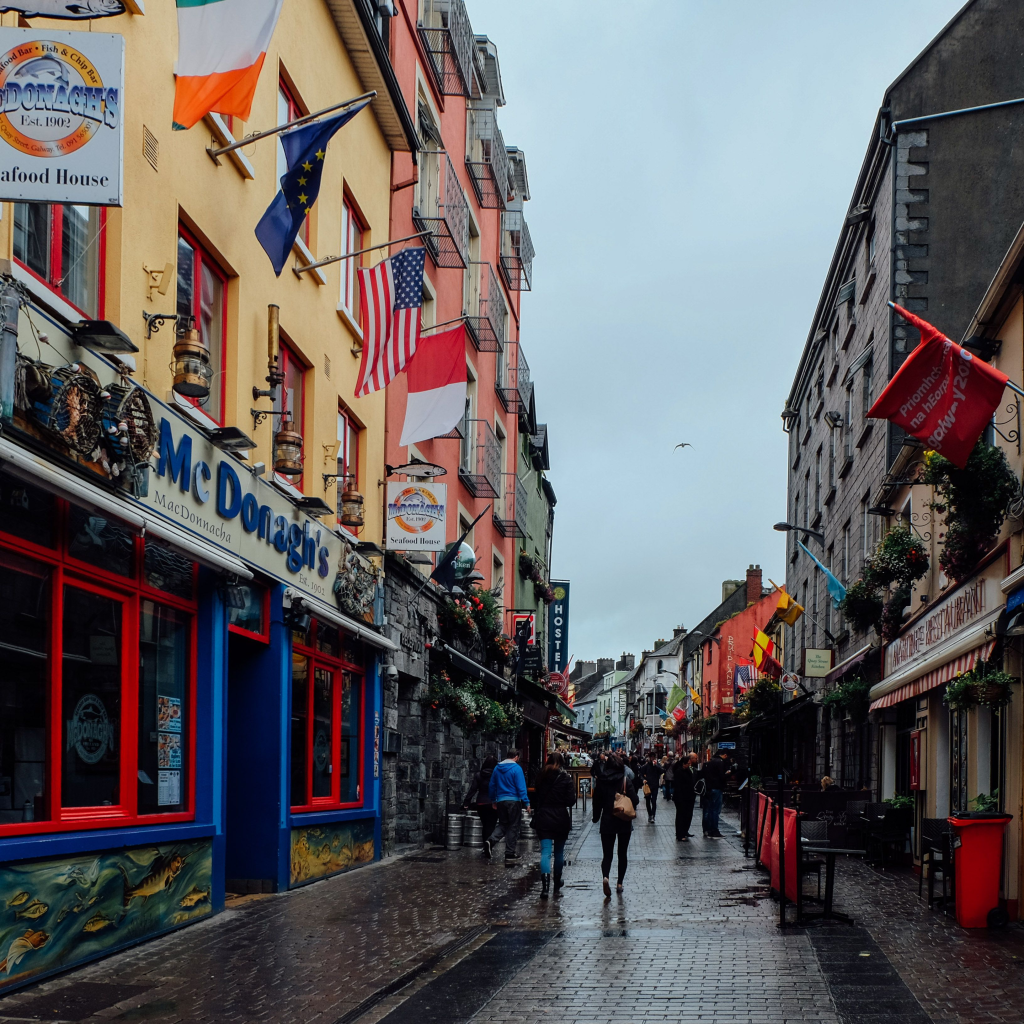
A 2008 poll ranked Galway as the 42nd best tourist destination in the world, or 14th in Europe and 2nd in Ireland (behind Dingle).

It was ranked ahead of all European capitals except Edinburgh, and many traditional tourist destinations (such as Venice).


The New Zealand Herald listed Galway as one of ‘five great cities to visit in 2014‘.

Galway has a vibrant and varied musical scene.
Galway and its people are mentioned in several songs, including Ed Sheeran’s Galway Girl (2017).

Many sporting, music, arts and other events take place in the city.
Galway has a diverse sporting heritage, with a history in sports ranging from horse racing, Gaelic games, soccer and rugby to rowing, basketball, motorsport, greyhound racing and others.)



Why can’t a man and his family live here forever in a state of perpetual happiness?

(A tax exile is a person who leaves a country to avoid the payment of income tax or other taxes.
It is a person who already owes money to the tax authorities or wishes to avoid being liable in the future to taxation at what they consider high tax rates, instead choosing to reside in a foreign country or jurisdiction which has no taxes or lower tax rates.
In general, there is no extradition agreement between countries which covers extradition for outstanding tax liabilities.
Going into tax exile is a form of tax mitigation or avoidance.
A tax exile normally cannot return to their home country without being subject to outstanding tax liabilities, which may prevent them from leaving the country until they have been paid.
Most countries tax individuals who are resident in their jurisdiction.
Though residency rules vary, most commonly individuals are resident in a country for taxation purposes if they spend at least six months (or some other period) in any one tax year in the country, and/or have an abiding attachment to the country, such as owning a fixed property.)

Switzerland has seen its share of tax exiles from other lands.

Noel Coward left the UK for tax reasons in the 1950s, receiving harsh criticism in the press.
He first settled in Bermuda but later bought houses in Jamaica and Switzerland (in the village of Les Avants, near Montreux), which remained his homes for the rest of his life.

David Bowie moved from the United Kingdom to Switzerland in 1976, first settling in Blonay and then Lausanne in 1982.

Roger Moore became a tax exile from the United Kingdom in 1978, originally to Switzerland, and divided his year between his three homes: an apartment in Monte Carlo, Monaco, a chalet in Crans-Montana, Switzerland and a home in the south of France.

In April 2009, the Sunday Times Rich List estimated Sting‘s wealth at £175 million and ranked him the 322nd wealthiest person in Britain.
A decade later, Sting was estimated to have a fortune of £320 million in the 2019 Sunday Times Rich List, making him one of the ten wealthiest people in the British music industry.

In 1982, after the birth of his second child, Sting separated from Tomelty.


The split was controversial.
As The Independent reported in 2006:
“Tomelty just happened to be Trudie’s best friend.
Sting and Frances lived next door to Trudie in Bayswater, West London, for several years before the two of them became lovers.“

When you take the Tube in London you get from A to B very quickly.
It is undoubtedly efficient and much more practical when it comes to getting to and from work, but it is utterly hopeless when it comes to developing a sense of the place.
This is why London is so daunting for tourists, for the Tube leaves the tourist with mere snippets of memories of disparate places that have no obvious link.
London is a mish-mash of postcard pictures, each surrounded by…..
Nothing at all.




“The multiplication of technologies in the name of efficiency is actually eradicating free time by making it possible to maximize the time and place for production and minimize the unstructured time in between.
New timesaving technologies make most workers more productive, not more free, in a world that seems to be accelerating around them.
Too, the rhetoric of efficiency around these technologies suggests that what cannot be quantified cannot be valued – that that vast array of pleasures which fall into the category of doing nothing in particular, of woolgathering, cloud-gazing, wandering, window-shopping, are nothing but voids to be filled by something more definite, more productive, or faster-paced….
The indeterminacy of a ramble, on which much may be discovered, is being replaced by the determinate shortest distance to be traversed with all possible speed, as well as by the electronic transmissions that make real travel less necessary….
Technology has its uses, but I fear its false urgency, its call to speed, its insistence that travel is less important than arrival.
I like walking because it is slow and I suspect that the mind, like the feet, works at about three miles an hour.
If this is so, then modern life is moving faster than the speed of thought, or thoughtfulness.
Walking is about being outside, in public space, and public space is also being abandoned and eroded in older cities, eclipsed by technologies and services that don’t require leaving home, and shadowed by fear in many places (and strange places are always more frightening than known ones, so the less one wanders the city the more alarming it becomes, while the fewer the wanderers the more lonely and dangerous it really becomes).“
Rebecca Solnit, Wanderlust: A History of Walking

The news, with its stories of crime-ridden chaos, leave the London of the brain flitting between terror and tourist cliché.
All its magic and history seems lost.
But take the time to walk around London, through all its parks, and you will begin to piece together the way one part of London ends and another begins.
Get lost and let serendipity show you forgotten corners and shadowy streets that are the London between Tube stations.
You might even pick up a sense of the contours that cities do a good job of hiding.
Maps are of little practical use without a landscape and a sense of place.
The slower the journey, the greater sense of meaning, the more meaningful the experience.

Historic, sprawling, sleepless London can be a wonderful place to visit, a wonderful place to live.
Monuments from the English capital’s glorious past are everywhere, from medieval banqueting halls to the great churches of Christopher Wren.


The modern skyline is dominated by a new generation of eye-grabbing, cloud-scratching, skyscrapers, colossal companions of Ferris wheels and giant walkie talkies.

Whether you spend your time relaxing in Bloomsbury’s quiet Georgian squares, drinking real ale in a Docklands riverside pub or checking out Peckham’s galleries, you can discover a London that is still identifiably a collection of villages, each with a distinct personality.
London is incredibly diverse, offering cultural and culinary delights from all around the world.



Certainly, London is big.
In fact, it once was the largest capital city in the European Union (pre-Brexit), stretching for more than 30 miles from east to west, with a population fast approaching 9 million.


London’s traditional landmarks – Big Ben, Westminster Abbey, Buckingham Palace, St. Paul’s Cathedral, the Tower of London, and the like – continue to draw in millions of tourists every year.
Things change fast, though, and the regular emergence of new attractions ensures that there is plenty (too much) to do even for those who have visited before.




London’s museums, galleries and institutions are constantly reinventing themselves, from the V & A (Victoria and Albert) to the British Museum.


The City boasts the Tate Modern (the world’s largest modern art museum) and the Shard (Europe’s highest building).


But the biggest problem for newcomers remains:
London is bewilderingly amorphous.
Local Londoners cope with this by compartmentalizing the City (and themselves), identifying strongly with the neighbourhoods in which they work and/or live, only making occasional forays outside of their comfort zones when shopping or entertainment beckons.

The solution to discovering a place for what it truly is may be found by simply wandering.
In a city, every building, every storefront, opens onto a different world, compressing all the variety of human life into a jumble of possibilities made rich by all its complexities and contradictions.
The ordinary offers wonder and the people on the street are a multitude of glimpses into lives utterly different from your own.
Cities offer anonymity, variety and conjunction, qualities best basked in by walking.
A city is greater than its parts and contains more than any inhabitant will ever possibly know.
A great city makes the unknown possible and spurs the imagination.

“There are fewer greater delights than to walk up and down them in the evening alone with thousands of other people, up and down, relishing the lights coming through the trees or shining from the facades, listening to the sounds of music and foreign voices and traffic, enjoying the smell of flowers and good food and the air from the nearby sea.
The sidewalks are lined with small shops, bars, stalls, dance halls, movies, booths lighted by acetylene lamps.
And everywhere are strange faces, strange costumes, strange and delightful impressions.
To walk up such a street into the quieter, more formal part of town, is to be part of a procession, part of a ceaseless ceremony of being initiated into the city and rededicating the city itself.”
J.B. Jackson, The Stranger’s Path

People and places become one another and this kind of realism can only be gained by walking.

“Allow me to introduce myself – first negatively.
No landlord is my friend and brother, no chambermaid loves me, no waiter worships me, no boots admires and envies me.
No round of beef or tongue or ham is expressly cooked for me, no pigeon pie is especially made for me, no hotel-advertisement is personally addressed to me, no hotel room tapestried with great coats and railway wrappers is set apart for me, no house of public entertainment in the United Kingdom greatly cares for my opinion of its brandy or sherry.
When I go upon my journeys, I am not usually rated at a low figure in the bill.
When I come home from my journeys, I never get any commission.
I know nothing about prices, and should have no idea, if I were put to it, how to wheedle a man into ordering something he doesn’t want.
As a town traveller, I am never to be seen driving a vehicle externally like a young and volatile pianoforte van, and internally like an oven in which a number of flat boxes are baking in layers.
As a country traveller, I am rarely to be found in a gig, and am never to be encountered by a pleasure train, waiting on the platform of a branch station, quite a Druid in the midst of a light Stonehenge of samples.
And yet – proceeding now, to introduce myself positively – I am both a town traveller and a country traveller, and am always on the road.
Figuratively speaking, I travel for the great house of Human Interest Brothers, and have rather a large connection in the fancy goods way.
Literally speaking, I am always wandering here and there from my rooms in Covent Garden, London – now about the city streets: now, about the country by-roads – seeing many little things, and some great things, which, because they interest me, I think may interest others.
These are my chief credentials as the Uncommercial Traveller.”

“There is a subtle state most dedicated urban walkers know, a sort of basking in solitude – a dark solitude punctuated with encounters as the night sky is punctuated with stars.
In the country, one’s solitude is geographical – one is altogether outside society, so solitude has a sensible geographical explanation and there is a kind of communion with the nonhuman.
In the city, one is alone because the world is made up of strangers.
To be a stranger surrounded by strangers, to walk along silently bearing one’s secrets and imagining those of the people one passes, is among the starkest of luxuries.
The uncharted identity with its illimitable possibilities is one of the distinctive qualities of urban living, a liberatory state for those who come to emancipate themselves from family and community expectation, to experiment with subculture and identity.
It is an observer’s state, cool, withdrawn, with senses sharpened, a good state for anybody who needs to reflect and create.
In small doses, melancholy, alienation and introspection are among life’s most refined pleasures.“
Rebecca Solnit, Wanderlust: A History of Walking

It was Dr Samuel Johnson, the man many thank for our modern dictionary, who wrote in the 18th century:
“You find no man, at all intellectual, who is willing to leave London.
Sir, when a man is tired of London, he is tired of life.
For there is in London all that life can afford.”


Why can’t a man and his family live here forever in a state of perpetual happiness?

There’s a little black spot on the sun today, that’s my soul up there
It’s the same old thing as yesterday, that’s my soul up there
There’s a black hat caught in a high tree top, that’s my soul up there
There’s a flag pole rag and the wind won’t stop, that’s my soul up there
I have stood here before inside the pouring rain
With the world turning circles running ’round my brain
I guess I’m always hoping that you’ll end this reign
But it’s my destiny to be the king of pain

“Actually, it was something I said.
I’d just left my first wife – a very painful break – and I went to Jamaica to try and pull myself together.
I was fortunate to be able to go to Jamaica, I have to say, and stayed at this nice house and was looking at the sun one day.
I was with Trudie, who is now my current wife, and said:
“Look, there’s a little black spot on the sun today.”
And there’s a pause.
I said:
“That’s my soul up there.”
I was full of hyperbole.
I said that.
I went back in and wrote it down.“

Jamaica is the Caribbean country that comes with its own soundtrack, a singular rhythm beyond its beaches and resorts.
This tiny island has musical roots that reach back to the folk songs of West Africa and forward to the electronic beats of contemporary dance.
Jamaica is a musical powerhouse, which is reflected not only in the bass of the omnipresent sound systems that bombard the island, but in the lyricism of the patois language and the gospel harmonies that rise from the nation’s many churches.
Music is life and life is music in Jamaica.
And only those tone deaf to the rhythm of life fail to be swayed by its beat.

Jamaica is a powerfully beautiful island, a land of crystalline waters flowing over gardens of coral, lapping onto soft sandy beaches, rising past red soil and lush banana groves into sheer mountains.
Waterfalls surprise, appearing out of nowhere, ever present seemingly everywhere.
Jamaica is a great green garden of a land.
Understand the island’s cyclical rhythms that set the pace of Jamaican life and you may then begin to understand Jamaican culture.
You may discover that the country has a rhythm filled with concepts hidden from your understanding, but Jamaica will teach your heart to dance to its pace.
Nature is a language and Jamaica is one of its dialects.
Understanding its language we begin to experience Jamaica.

Climb the peak of Blue Mountain by sunrise, your path lit by the sparks of a myriad of fireflies.

Attending a nightclub or a street dance, Kingston nightlife is a sweaty, lively, no-holds-barred event.
Dance, bump and grind, o ye young and young at heart.
Dance till dawn, doze till dusk, do it all again.
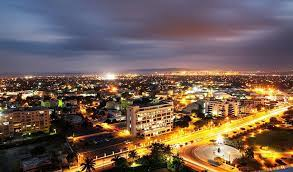
Walk the snowy sands of Negril’s Seven Mile Beach.
Wander past the nude sunbathers.
See the sun sink behind the horizon in a fiery ball.
Plunge into the ocean to scrub your soul.
Fend off the hustlers offering redemption.
Dive into the cerulean waters that caress the cliffs.

Get into reggae, cowboy.

On Jamaica’s east coast, past stretches of jungle and beach that is completely off the radar of most tourists, look to the hills for one of the island’s most beautiful cascades, Reach Falls.
Clamber up slippery rocks, over neon green moss and into cool mountain pools of the freshest spring water.
Dive under tunnels and through blizzards of snow white cascading foam.
Celebrate life.

Remember Marley in Bob’s creaky Kingston home crammed with memorabilia.

These will not move you.


Instead you will be drawn to his untouched bedroom adorned with objects of spiritual significance to the artist, to the small kitchen where he cooked, to the hammock in which he lay to seek inspiration from the distant mountains, to the room riddled with bullet holes where he and his wife almost died in an assassination attempt.
The quiet intimacy and the modest personal effects speak eloquently of Bob Marley’s turbulent life.

A treasure island needs a Treasure Beach.
Here, instead of huge all-inclusive resorts, you will find quiet, friendly guesthouses, artsy enclaves dreamed up by theatre set designers, Rasta retreats favoured by budget backpackers, and private villas that are some of the classiest, most elegant luxury residences in the country.

The sleepy fishing village of Port Royal hints of past glories that made it the pirate capital of the Caribbean and once the “wickedest city on Earth“.

Follow in the footsteps of pirate Sir Henry Morgan along the battlements of Fort Charles, still lined with cannons to repel invaders.


Become disoriented inside the Giddy House artillery store, a structure tipped at a jaunty angle.

Admire the treasures in the Maritime Museum, rescued from the deep after 2/3 of the town sank beneath the waves in the monstrous 1692 earthquake.

The resorts of Montego Bay are indeed crowded with people, but wait until you dive into the surrounding waters.
The waters are crowded, but not with bathers.
The sea is alive with a kaleidoscope of multicoloured fish and swaying sponges.
And yet despite all the tropical pastels and cool blue hues, this is a subdued seascape, a silent and delicate marine ecosystem.
Electricity for the eyes and a milestone of memory for those fortunate enough to have come here.

The best sea walls are to be found at the Point, while more advanced divers should explore the ominous (and gorgeous) Widow Makers Cave.

Cockpit Country in the island’s interior is some of the most rugged terrain throughout the Caribbean, a series of jungle-clad round hills intersected by powerfully deep and sheer valleys.
Rain gathers in these mountains and water percolates through the rocks, creating an Emmental Swiss cheese of sinkholes and caves.

Since most of the trails here are badly overgrown, the best way to appreciate the place is to hike the old Barbecue Bottom Road along its eastern edge or go spelunking in the Printed Circuit Cave.


Set off by boat in the Black River Great Morass, gliding past spidery mangroves and trees breaded with Spanish moss, whilst white egrets flap overhead.
Local women sell bags of spicy “swimp” (shrimp) on the riverside as they point to a beautiful grinning crocodile cruising by.

The best experiences in Jamaica are extremely sensory affairs, but Boston Bay may be the only one that is more defined by smell than sight or sound.
It may be the birthplace of jerk, the spice rub that is Jamaica’s most famous contribution to the culinary arts.

The turnoff to Boston Bay, a lovely beach, is lined with jerk stalls that produce smoked meats that redefine what heat and sweet can do as complementary gastronomic qualities.
Jerk is much like Jamaica:
Freaking amazing.

Why can’t a man and his family live here forever in a state of perpetual happiness?

There’s a fossil that’s trapped in a high cliff wall, that’s my soul up there
There’s a dead salmon frozen in a waterfall, that’s my soul up there
There’s a blue whale beached by a springtide’s ebb, that’s my soul up there
There’s a butterfly trapped in a spider’s web, that’s my soul up there
I have stood here before inside the pouring rain
With the world turning circles running ’round my brain
I guess I’m always hoping that you’ll end this reign
But it’s my destiny to be the king of pain

“King of Pain” was released as the second single in the US and the fourth single in the UK, taken from the Police‘s 5th and final album, Synchronicity (1983).

The song was released after the eight-week appearance of “Every Breath You Take” on top of the charts.
Sting‘s fascination with Carl Jung and, to a greater extent, Arthur Koestler inspired him to write the track.

There’s a king on a throne with his eyes torn out
There’s a blind man looking for a shadow of doubt
There’s a rich man sleeping on a golden bed
There’s a skeleton choking on a crust of bread

Carl Gustav Jung (1875 – 1961) was a Swiss psychiatrist and psychoanalyst who founded analytical psychology.

Jung’s work has been influential in the fields of psychiatry, anthropology, archaeology, literature, philosophy, psychology, and religious studies.
Jung worked as a research scientist at Zürich’s famous Burghölzli Hospital.

During this time, he came to the attention of Sigmund Freud, the founder of psychoanalysis.
The two men conducted a lengthy correspondence and collaborated, for a while, on a joint vision of human psychology.
Freud saw the younger Jung as the heir he had been seeking to take forward his “new science” of psychoanalysis and to this end secured his appointment as president of his newly founded International Psychoanalytical Association.

Jung’s research and personal vision, however, made it impossible for him to follow his older colleague’s doctrine and a schism became inevitable.
This division was personally painful for Jung and resulted in the establishment of Jung’s analytical psychology as a comprehensive system separate from psychoanalysis.
Among the central concepts of analytical psychology is individuation — the lifelong psychological process of differentiation of the self out of each individual’s conscious and unconscious elements.
Jung considered it to be the main task of human development.
He created some of the best known psychological concepts, including synchronicity, archetypal phenomena, the collective unconscious, the psychological complex, extraversion and introversion.
Jung was also an artist, craftsman, builder and a prolific writer.
Many of his works were not published until after his death and some are still awaiting publication.

I cannot say that I completely understand or agree with Jungian theory.
Take collective unconsciousness as an example.
According to Jung, whereas an individual’s personal unconscious is made up of thoughts and emotions which have, at some time, been experienced or held in mind, but which have been repressed or forgotten, in contrast, the collective unconscious is neither acquired by activities within an individual’s life, nor a container of things that are thoughts, memories or ideas which are capable of being conscious during one’s life.
The contents of it were never naturally “known” through physical or cognitive experience and then forgotten.

In more ways than one, these ideas are too deep for me.

According to Jung, the collective unconscious consists of universal heritable elements common to all humans, distinct from other species.
It encapsulates fields of evolutionary biology, history of civilization, ethnology, brain and nervous system development, and general psychological development.
Considering its composition in practical physiological and psychological terms, Jung wrote:
“It consists of pre-existent forms, the archetypes, which can only become conscious secondarily and which give definite form to certain psychic contents.”
Jung wrote about causal factors in personal psychology, as stemming from, influenced by an abstraction of the impersonal physical layer, the common and universal physiology among all humans.

Where upon this point my response is at a Homer Simpson level of incomprehension and incredulity.

Jung considers that science would hardly deny the existence and basic nature of ‘instincts‘, existing as a whole set of motivating urges.
The collective unconscious acts as the frame where science can distinguish individual motivating urges, thought to be universal across all individuals of the human species, while instincts are present in all species.
Jung contends:
“The hypothesis of the collective unconscious is, therefore, no more daring than to assume there are instincts.”

So, it’s not my fault, blame my instincts?

The archetype is a concept “borrowed” from anthropology to denote a process of nature.
Jung’s definitions of archetypes varied over time and have been the subject of debate as to their usefulness.
Archetypal images, also referred to as motifs in mythology, are universal symbols that can mediate opposites in the psyche, are often found in religious art, mythology and fairy tales across cultures.
Jung saw archetypes as pre-configurations in nature that give rise to repeating, understandable, describable experiences.
In addition the concept takes into account the passage of time and of patterns resulting from transformation.
Archetypes are said to exist independently of any current event or its effect.
They are said to exert influence both across all domains of experience and throughout the stages of each individual’s unique development.
Being in part based on heritable physiology, they are thought to have “existed” since humans became a differentiated species.
They have been deduced through the development of storytelling over tens of thousands of years, indicating repeating patterns of individual and group experience, behaviours and effects across the planet, apparently displaying common themes.

Our history is a story and the expression of that story determines or results from our psychology?

According to Jung, there are “as many archetypes as there are typical situations in life“.
He asserted that they have a dynamic mutual influence on one another.
Their alleged presence could be extracted from thousand-year-old narratives, from comparative religion and mythology.

So, as Leonard Cohen suggests:
Let us compare mythologies?

According to Jung, the shadow exists as part of the unconscious mind and is composed of the traits individuals instinctively or consciously resist identifying as their own and would rather ignore, typically: repressed ideas, weaknesses, desires, instincts and shortcomings.

I wish I could repress my weaknesses and shortcomings!

Much of the shadow comes as a result of an individual’s adaptation to cultural norms and expectations.
Thus, this archetype not only consists of all the things deemed unacceptable by society, but also those that are not aligned with one’s own personal morals and values.
Jung argues that the shadow plays a distinctive role in balancing one’s overall psyche, the counter-balancing to consciousness – “where there is light, there must also be shadow“.
Without a well-developed shadow (often “shadow work“, “integrating one’s shadow“), an individual can become shallow and extremely preoccupied with the opinions of others – that is, a walking persona.
Not wanting to look at their shadows directly, Jung argues, often results in psychological projection.
Individuals project imagined attitudes onto others without awareness.
The qualities an individual may hate (or love) in another, may be manifestly present in the individual, who does not see the external, material truth.
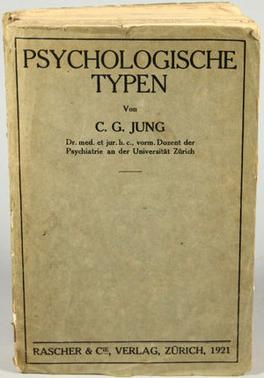
Sounds like the old adage:
When I point my finger at you, three fingers of my hand are pointing back at me.

In order to truly grow as an individual, Jung believed that both the persona (the person we project?) and the shadow (who we really are?) should be balanced.
The shadow can appear in dreams or visions, often taking the form of a dark, wild, exotic figure.

The Shadow knows?

Jung was one of the first people to define introversion and extraversion in a psychological context.
In Jung’s Psychological Types, he theorizes that each person falls into one of two categories:
The introvert or the extravert.
The introvert is focused on the internal world of reflection, dreaming and vision.
Thoughtful and insightful, the introvert can sometimes be uninterested in joining the activities of others.
The extravert is interested in joining the activities of the world.
The extravert is focused on the outside world of objects, sensory perception and action.
Energetic and lively, the extravert may lose their sense of self in the intoxication of Dionysian pursuits.
Jungian introversion and extraversion is quite different from the modern idea of introversion and extraversion.
Modern theories often stay true to behaviourist means of describing such a trait (sociability, talkativeness, assertiveness, etc.), whereas Jungian introversion and extraversion are expressed as a perspective:
Introverts interpret the world subjectively, whereas extraverts interpret the world objectively.

By both the modern as well as the Jungian definition, I cannot decide whether I am an extraverted introvert or an introverted extravert.

In Jung’s psychological theory, the persona appears as a consciously created personality or identity, fashioned out of part of the collective psyche through socialization, acculturation and experience.
Jung applied the term persona, explicitly because, in Latin, it means both personality and the masks worn by Roman actors of the classical period, expressive of the individual roles played.
The persona, he argues, is a mask for the “collective psyche“, a mask that ‘pretends‘ individuality, so that both self and others believe in that identity, even if it is really no more than a well-played role through which the collective psyche is expressed.
Jung regarded the “persona-mask” as a complicated system which mediates between individual consciousness and the social community:
It is “a compromise between the individual and society as to what a man should appear to be“.

But he also makes it quite explicit that it is, in substance, a character mask in the classical sense known to theatre, with its double function:
Both intended to make a certain impression on others and to hide (part of) the true nature of the individual.

The therapist then aims to assist the individuation process through which the client (re)gains their “own self” – by liberating the self, both from the deceptive cover of the persona, and from the power of unconscious impulses.

Jung has become enormously influential in management theory:
Not just because managers and executives have to create an appropriate “management persona” (a corporate mask) and a persuasive identity, but also because they have to evaluate what sort of people the workers are, to manage them (for example, using personality tests and peer reviews).

Jung’s work on himself and his patients convinced him that life has a spiritual purpose beyond material goals.
Our main task, he believed, is to discover and fulfill our deep, innate potential.
Based on his study of Christianity, Hinduism, Buddhism, Gnosticism, Taoism, and other traditions, Jung believed that this journey of transformation, which he called individuation, is at the mystical heart of all religions.

It is a journey to meet the self and at the same time to meet the Divine.
He believed that spiritual experience was essential to our well-being, as he specifically identified individual human life with the universe as a whole.

In 1959, Jung was asked by host John Freeman on the BBC interview program Face to Face whether he believed in God, to which Jung answered:
“I do not need to believe.
I know.“
Jung’s idea of religion as a practical road to individuation is still treated in modern textbooks on the psychology of religion, though his ideas have also been criticized.

Jung had an apparent interest in the paranormal and occult.
Jung’s ideas about the paranormal culminated in “synchronicity” – the idea that certain coincidences manifest in the world and have exceptionally intense meaning to observers.
Such coincidences have great effect on the observer from multiple cumulative aspects:
- from the immediate personal relevance of the coincidence to the observer
- from the peculiarities of (the nature of, the character, novelty, curiosity of) any such coincidence
- from the sheer improbability of the coincidence, having no apparent causal link
Despite his own experiments he failed to confirm the phenomenon.

Jung proposed that art can be used to alleviate or contain feelings of trauma, fear, or anxiety and also to repair, restore and heal.
In his work with patients and his own personal explorations, Jung wrote that art expression and images found in dreams could help recover from trauma and emotional distress.
At times of emotional distress, he often drew, painted, or made objects and constructions which he recognized as more than recreational.

Jung stressed the importance of individual rights in a person’s relation to the state and society.
He saw that the state was treated as “a quasi-animate personality from whom everything is expected” but that this personality was “only camouflage for those individuals who know how to manipulate it”, and referred to the state as a form of slavery.

He also thought that the state “swallowed up people’s religious forces“, and therefore that the state had “taken the place of God“— making it comparable to a religion in which “state slavery is a form of worship“.
Jung observed that “stage acts of the state” are comparable to religious displays:
“Brass bands, flags, banners, parades and monster demonstrations are no different in principle from ecclesiastical processions, cannonades and fire to scare off demons.“

From Jung’s perspective, this replacement of God with the state in a mass society leads to the dislocation of the religious drive and results in the same fanaticism of the church-states of the Dark Ages — wherein the more the state is ‘worshipped‘, the more freedom and morality are suppressed.
This ultimately leaves the individual psychically undeveloped with extreme feelings of marginalization.

In the 1936 essay “Wotan“, Jung described the influence of Adolf Hitler on Germany as “one man who is obviously ‘possessed’ has infected a whole nation to such an extent that everything is set in motion and has started rolling on its course towards perdition.“
He would later say, during a lengthy interview with H.R. Knickerbocker in October 1938:
“Hitler seemed like the ‘double’ of a real person, as if Hitler the man might be hiding inside like an appendix, and deliberately so concealed in order not to disturb the mechanism.
You know you could never talk to this man.
Because there is nobody there.
It is not an individual.
It is an entire nation.“

There’s a red fox torn by a huntsman’s pack
(That’s my soul up there)
There’s a black-winged gull with a broken back
(That’s my soul up there)
There’s a little black spot on the sun today
It’s the same old thing as yesterday

Arthur Koestler (1905 – 1983) was a Hungarian British Jewish author and journalist.

Koestler was born in Budapest and, apart from his early school years, was educated in Austria.
In 1931, Koestler joined the Communist Party of Germany, but he resigned in 1938 because Stalinism disillusioned him.

Having moved to Britain in 1940, he published his novel Darkness at Noon, an anti-totalitarian work that gained him international fame.
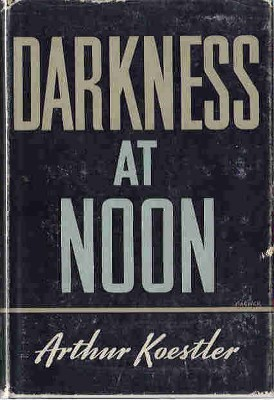
Over the next 43 years, Koestler espoused many political causes and wrote novels, memoirs, biographies, and numerous essays.
In 1949, Koestler began secretly working with a British Cold War anti-communist propaganda department known as the Information Research Department (IRD), which would republish and distribute many of his works, and also fund his activities.

In 1968, he was awarded the Sonning Prize “for his outstanding contribution to European culture“.
In 1972, he was made a Commander of the Order of the British Empire (CBE).

In 1976, he was diagnosed with Parkinson’s disease and in 1979 with terminal leukaemia.
On 1 March 1983, Koestler and his wife Cynthia jointly committed suicide at their London home by swallowing lethal quantities of barbiturate-based Tuinal capsules.
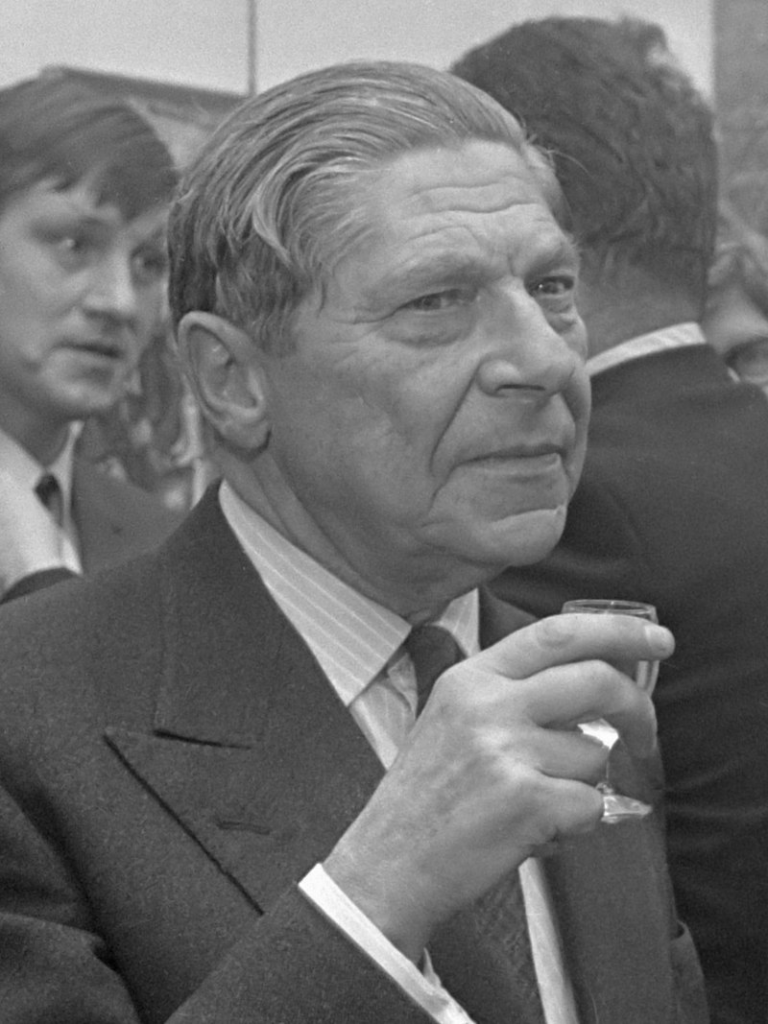
As a Hungarian-born novelist who resided in England, Koestler was enthralled with parapsychology and the unexplained workings of the mind.
(He wrote the book titled The Ghost in the Machine in the late ’60s, after which the Police named their 4th album).


I’ve stood here before inside the pouring rain
With the world turning circles running ’round my brain
I guess I’m always hoping that you’ll end this reign
But it’s my destiny to be the king of pain

A music video of King of Pain was made but only released in Australia.

The lyrics in King of Pain paint exactly the kind of bleak and hopeless picture of the world that someone in the midst of a depressive episode would experience.
The imagery Sting creates relates not just to the suffering of the living, but to a kind of randomness in the world that affects all things.
Beyond the fox, the gull, the whale, the living things, there is also a hat in a tree and a rag on a flagpole, not to mention the sunspots themselves.
All of these, together, suggest a kind of negative naturalistic view of the world (and the universe), a view where things “just happen” and traits “just are“, all of it out of anyone’s control.
In this world view, pain and suffering and death are simply part of a meaningless lottery.
Sting is saying, in a nutshell:
If nature can be so random and so indifferent, then why in the world should we expect nature to be any more kind to us?
We are no more entitled than the whale, the fox or the butterfly.
Like any chaotic system, sunspots are paradoxically both random and predictable.
Each spot (“soul“) is random as to where specifically it appears and the course of its “life“.
Still, when they’re viewed collectively, sunspots are cyclical, following an 11-year pattern.

Basically, King of Pain is a guy saying how depressed he is, but it is a surprisingly beautiful song if you really listen.
It’s about a man saying he is destined to always be hurting, that the pain will never go away no matter what he does or where he goes.
He is asking for someone to help him, but ultimately knows they can’t.

This is a song about depression.
The black spot on the sun is a day (or a life) that starts out good, but is destined to tank.
And this has happened often.
History repeats itself.
It’s the same old thing as yesterday.
The rain is pouring, the wind won’t stop, the world is doing circles —
Life sucks.
The end of the reign refers to a desire for all this to stop and the destiny is his doubt that it will.

King of pain
King of pain
King of pain
I’ll always be king of pain
I’ll always be king of pain
I’ll always be king of pain
I’ll always be king of pain
I’ll always be king of pain
I’ll always be king of pain
I’ll always be king of pain

And yet, somehow, somewhere, there is beauty in the dissonance.
And it is this beauty in the dissonance that reminds me once again of St. Gallen.

Gustav Adolf (1778 – 1837), former king of Sweden (1792 – 1809), spent the last years of his life in St. Gallen and died there in 1837.
In October 1833 he went to Weisses Rössli (“The White Horse“), an inn in St. Gallen.
He decided to spend the rest of his life in quiet resignation with Rössli landlord Samuel Naf in St. Gallen.
A man born in a palace, living his last years in an inn “by no means of the first order”.
There is no monument to remind us of him.
No street is named after him.
No city tour deals with him.
He is only mentioned by two measly building plaques.
One is located on the busy arterial road to Basel’s St. Johann suburb.
The other is practically invisible above a shop window in St. Gallen’s Old Town.
This King hardly left any traces of himself.

Gustav Adolf was born in Stockholm, the son of King Gustav III of Sweden and Queen Sophia Magdalena of Denmark.

Early on, malicious rumors arose that Gustav III would not have been the father of the child but the nobleman, Adolf Fredik Munck, from the eastern half of Finland.
He had been helpful in the royal couple’s sexual debut.
Although the royal couple showed all signs of a happy marriage at the time of the Queen’s first pregnancy, the rumour was passed on, even by Gustav III’s brother Duke Karl and by him to the brothers’ mother Louise, which led to a break between the King and her, which was not addressed until Louise’s deathbed.
The rumour was so entrenched that it was in the Swedish nobility’s Ättar paintings under Count Munck af Fulkila that he is believed to have been secretly married to Queen Sophia Magdalena, and “is presumed to be the father of Gustaf IV Adolf”.
The King was nevertheless deeply involved in the upbringing of his eldest son.

Stockholm is the capital and largest city of Sweden as well as the largest urban area in Scandinavia.
Approximately 980,000 people live in the municipality, with 1.6 million in the urban area, and 2.4 million in the metropolitan area.
The city stretches across 14 islands where Lake Mälaren flows into the Baltic Sea.
Outside the city to the east, and along the coast, is the island chain of the Stockholm Archipelago, with some 24,000 islands, islets and skerries.
Over 30% of the city area is made up of waterways, and another 30% is made up of green areas.
The air and water here are said to be the freshest of any European capital.

The area has been settled since the Stone Age, in the 6th millennium BCE.
It was founded as a city in 1252 by Swedish statesman Birger Jarl.
It is also the county seat of Stockholm County and for several hundred years was also the capital of Finland which then was a part of Sweden.
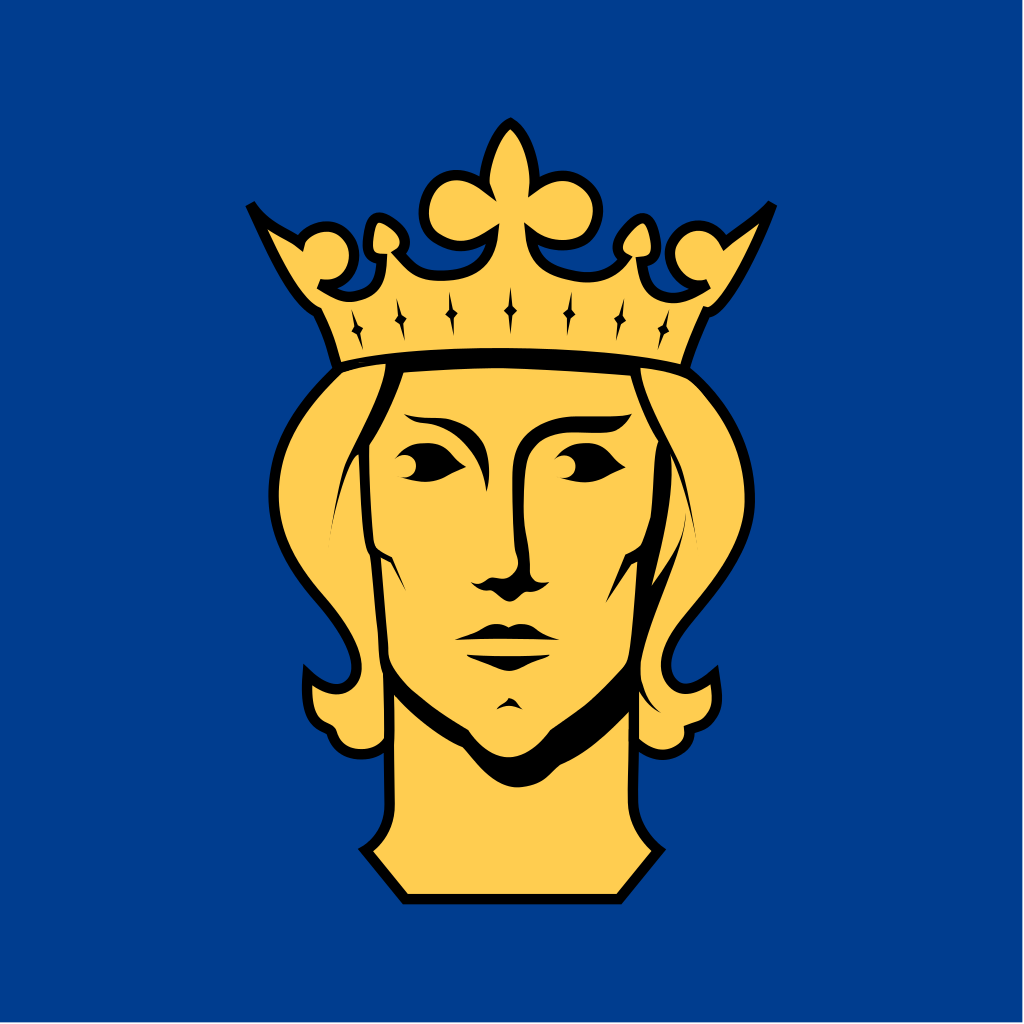
Stockholm is the cultural, media, political and economic centre of Sweden.
The Stockholm region alone accounts for over a third of the country’s GDP.
It is among the top 10 regions in Europe by GDP per capita.

Ranked as an alpha-global city, it is the largest in Scandinavia and the main centre for corporate headquarters in the Nordic region.

As of the 21st century, Stockholm struggles to become a world leading city in sustainable engineering, including waste management, clean air and water, carbon-free public transportation, and energy efficiency.
Lake water is safe for bathing, and in practice for drinking (though not recommended).

The city is home to some of Europe’s top ranking universities, such as the Stockholm School of Economics, Karolinska Institute, the KTH Royal Institute of Technology and Stockholm University.


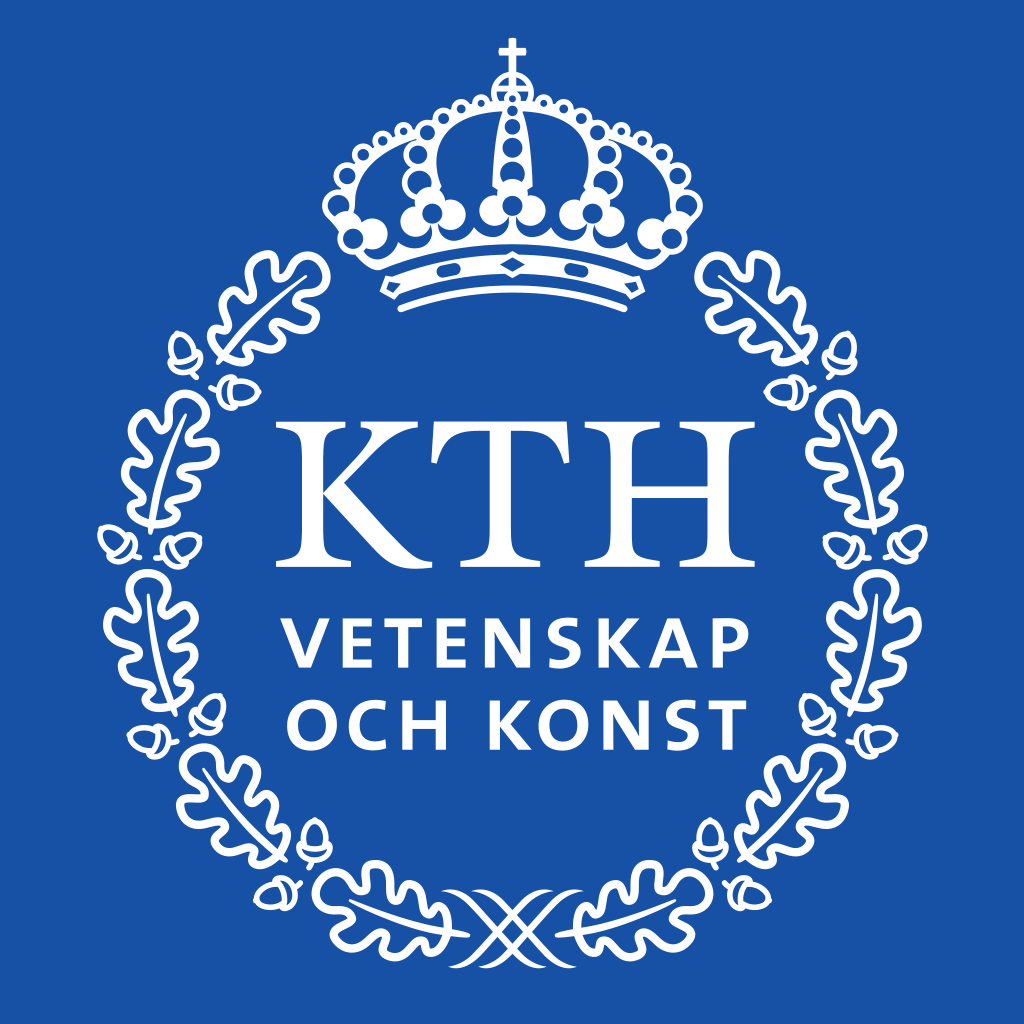

Stockholm hosts the annual Nobel Prize ceremonies and banquet at the Stockholm Concert Hall and Stockholm City Hall.

Untouched by wars for a long time, Stockholm has some great old architecture to see.
The exception would be Norrmalm, where much was demolished in the 1950s and 1960s to give place to what was then more modern buildings.
Looking at it the other way around, if interested in this kind of architecture this is the place to go.

Stockholm’s Old Town (Gamla Stan) is the beautifully preserved historical centre, best covered on foot, dominated by the Stockholm Palace (Stockholms slott).

Other highlights include:
- Storkyrkan, the cathedral of Stockholm, which has been used for many royal coronations, weddings and funerals

- Riddarholmskyrkan, a beautifully preserved medieval church, which hosts the tombs of many Swedish kings and royals, surrounded by former mansions.

Stockholm has several interesting churches, from medieval times to the 20th century.
Most of them are in active use by the Church of Sweden.

There is also a synagogue in Östermalm and a mosque on Södermalm.


The woodland cemetery, Skogskyrkogården, in Söderort is one of few UNESCO World Heritage sites from the 20th century.

Also in southern Stockholm is the Ericsson Globe (Söderort), a white spherical building used for hockey games and as a concert venue.
Occasionally, at least at game nights, it is lit by coloured light.
The Globe is the heart of the Sweden Solar System, the world’s largest scale model of any kind.
With the Globe as the Sun, models of the planets are displayed at Slussen (Mercury), the Royal Institute of Technology (Venus), the Natural History Museum (Earth and Moon), Mörby Centrum (Mars), Arlanda Airport (Jupiter) and Uppsala (Saturn).

Stockholm has more than 70 museums, ranging from those large in size and scope to the very specialized, including the Butterfly Museum, the Spirits Museum, and the Dance Museum, to name but a few.



As of 2016, many of them have free entrance.
A brief selection:
- The Natural History Museum has extensive exhibits for all ages, including an Omnimax cinema.

- The Army Museum displays Sweden’s military history, with its frequent wars from the Middle Ages until 1814, then followed by two centuries of peace.

- The Swedish History Museum features an exhibition on Vikings.

- The Museum of Modern Art

- The Vasa Museum displays the Vasa, a 17th-century warship that sunk in Stockholm Harbour on its maiden voyage, and authentic objects from the height of the Swedish Empire. One of the city’s most prized museums, the Vasa Museum, is the most visited non-art museum in Scandinavia.


- Skansen is an open-air museum containing a zoo featuring Swedish fauna, as well as displays of Sweden’s cultural heritage in reconstructed buildings.

- Nordiska Museet displays Swedish history and cultural heritage.

- The Swedish Music Hall of Fame features the ABBA Museum.


- Lidingö is an open-air sculpture museum.

- Fotografiska Södermalm is a photo gallery opened in 2010.

- For the real Viking buff, there is Birka, the site of a former Viking city.

Beyond the art museums mentioned above, Stockholm has a vivid art scene with many art galleries, exhibition halls and public art installation.
Some of the galleries are:
- Galleri Magnus Karlsson

- Lars Bohman Gallery

- Galerie Nordenhake

- Magasin 3

The Royal Institute of Art and the University College of Arts, Crafts and Design hold regular exhibitions.

The Stockholm Metro, opened in 1950, is well known for the décor of its stations.
It has been called the longest art gallery in the world.

Some stations worth to mention are:
- the moody dark blue cave of Kungsträdgården

- the giant black and white “drawings” by Siri Derkert at Östermalmstorg

- the celebration of science and technology at Tekniska Högskolan

- Rissne has a fascinating timeline of human history on its walls.

A written description in English to the art in the Stockholm Metro can be downloaded for free.

Sweden’s national football arena is located north of the city centre, in Solna.

Avicii Arena, the national indoor arena, is in the southern part of the city.

The city was the host of the 1912 Summer Olympics.

Stockholm is the seat of the Swedish government and most of its agencies, including the highest courts in the judiciary, and the official residencies of the Swedish monarch and the Prime Minister.

The government has its seat in the Rosenbad building, the Riksdag (Swedish parliament) is seated in the Parliament House.

The Prime Minister’s Residence is adjacent at Sager House.


Stockholm Palace is the official residence and principal workplace of the Swedish monarch, while Drottningholm Palace, a World Heritage Site on the outskirts of Stockholm, serves as the Royal Family’s private residence.



Stockholm is the hub of most Swedish rail and bus traffic and has two of the country’s busiest airports nearby, so it is a good starting point for visiting other parts of Sweden.




Stockholm has been the setting of many books and films, including some of Astrid Lindgren’s works and Nordic Noir works, such as Stieg Larsson’s Millennium.



Why can’t a man and his family live here forever in a state of perpetual happiness?

In 1792, King Gustav III was mortally wounded by a gunshot in the lower back during a masquerade ball as part of an aristocratic-parliamentary coup attempt, but managed to assume command and quell the uprising before succumbing to spesis 13 days later, a period during which he received apologies from many of his political enemies.
At the age of 13, Gustav Adolf went through the murder of his father, a trauma that left deep traces.
Some have suggested that this also affected his life.

Upon Gustav III’s assassination in March 1792, Gustav Adolf succeeded to the throne at the age of 14, under the regency of his uncle, Charles, Duke of Södermanland, who was later to become King Charles XIII of Sweden when his nephew was forced to abdicate and was banished from the country in 1809.

In August 1796, his uncle the regent arranged for the young King to visit St. Petersburg.
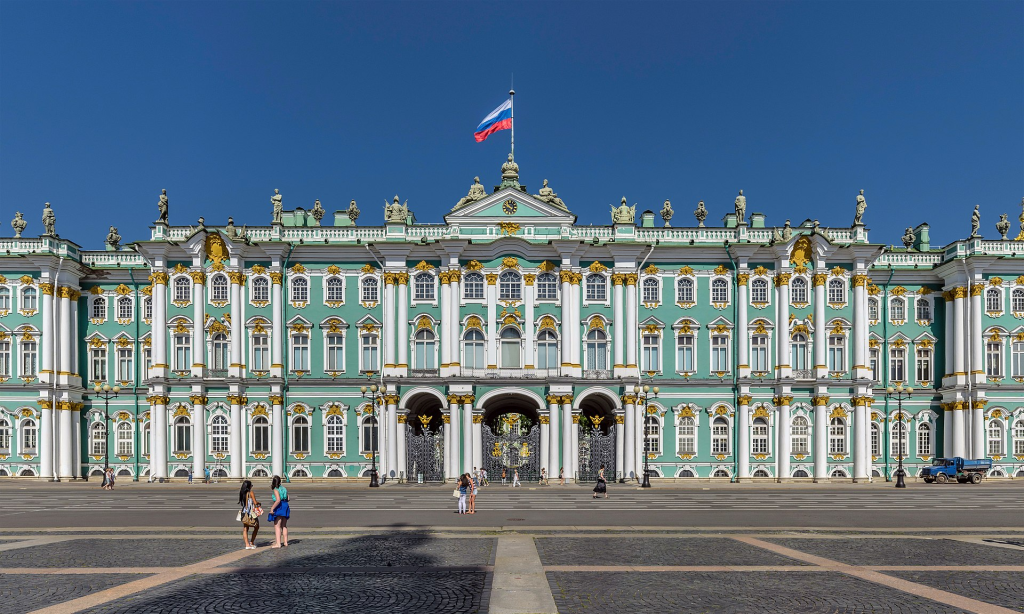
The intention was to arrange a marriage between the young King and the Grand Duchess Alexandra Pavlovna, a granddaughter of Russian Empress Catherine the Great.

However, the whole arrangement foundered on Gustav’s unwavering refusal to allow his intended bride liberty of worship according to the rites of the Russian Orthodox Church.

Nobody seems to have suspected the possibility at the time that emotional problems might lie at the root of Gustav’s abnormal piety.
On the contrary, when he came of age that year, thereby ending the regency, there were many who prematurely congratulated themselves on the fact that Sweden had now no disturbing genius, but an economical, God-fearing, commonplace monarch.
Gustav Adolf’s prompt dismissal of the generally detested Gustaf Adolf Reuterholm, the duke-regent’s leading advisor, added still further to his popularity.

On 31 October 1797 Gustav married Frederica Dorothea, granddaughter of Karl Friedrich, Margrave of Baden, a marriage which seemed to threaten war with Russia but for the fanatical hatred of the French Republic shared by the Russian Emperor Paul and Gustav IV Adolf, which served as a bond between them.


Indeed, the King’s horror of Jacobinism (ardent or republican support of a centralized and revolutionary democracy or state) was intense, and drove him to become increasingly committed to the survival of Europe, to the point where he postponed his coronation for some years, so as to avoid calling together a Diet.
Nonetheless, the disorder of the state finances, largely inherited from Gustav III’s war against Russia, as well as widespread crop failures in 1798 and 1799, compelled him to summon the Estates to Norrköping in March 1800 and on 3 April the same year.
When the King encountered serious opposition at the Riksdag, he resolved never to call another.

His reign was ill-fated and was to end abruptly.
In 1803, England declared war on France.
Behind this declaration of war was that England did not want to be challenged as the dominant colonial power.
As it was impossible for England to defeat France alone, allies were needed.
Many countries were reluctant to enter into a Coalition against Napoleon, but the decisive factor was that in May 1805 Napoleon was crowned King of Italy.

Russia had already in April 1805 common cause with the British.
In August of the same year Austria and Sweden joined the Coalition.
Contributing to Sweden joining the Coalition was the assassination of Duke Louis Antoine Henri de Bourbon, which took place after France violated the territory of neutral Baden.
This assassination upset the whole of Europe and intensified Gustav’s hatred of Napoleon, but the decision for Sweden to go to war was not only based on emotions.

Early in 1804, Napoleon Bonaparte, then First Consul of France, heard news which seemed to connect the young Duke with the Cadoudal Affair, a conspiracy which was being tracked by the French police at the time.
It involved royalists Jean-Charles Pichegru and Georges Cadoudal who wished to overthrow Bonaparte’s regime and reinstate the monarchy.


The news ran that the Duke was in company with Charles François Dumouriez and had made secret journeys into France.

This was false.
There is no evidence that the Duke had dealings with either Cadoudal or Pichegru.
However, the Duke had previously been condemned in absentia for having fought against the French Republic in the Armée des Émigrés (counter-revolutionary armies raised outside France by and out of royalist émigrés, with the aim of overthrowing the French Revolution, reconquering France and restoring the monarchy.

Napoleon gave orders for the seizure of the Duke.
French dragoons crossed the Rhine secretly, surrounded his house and brought him to Strasbourg (15 March 1804), and thence to the Château de Vincennes, near Paris, where a military commission of French colonels presided over by General Hulin was hastily convened to try him.

The Duke was charged chiefly with bearing arms against France in the late war, and with intending to take part in the new Coalition then proposed against France.
The military commission, presided over by General Hulin, drew up the act of condemnation, being incited thereto by orders from Anne Jean Marie René Savary, who had come charged with instructions to kill the Duke.


Savary prevented any chance of an interview between the condemned and the First Consul.
On 21 March, the Duke was shot in the moat of the castle, near a grave which had already been prepared.
A platoon of the Gendarmes d’élite was in charge of the execution.
The Duke’s last words were:
“I must die then at the hands of Frenchmen!“

Above; The execution of the Duke of Énghien
In 1816, his remains were exhumed and placed in the Holy Chapel of the Château de Vincennes.
Royalty across Europe were shocked and dismayed at the duke’s death.
Tsar Alexander I of Russia was especially alarmed.
He decided to curb Napoleon’s power.
Baden was the territory of the Tsar’s father-in-law, and the German principalities were part of the Holy Roman Empire of which Russia was a guarantor.

Above: Russian Tsar Alexander I (1777 – 1825)
Enghien was the last descendant of the House of Condé.
His grandfather and father survived him, but died without producing further heirs.
It is now known that Joséphine (Napoleon’s wife) and Madame de Rémusat had begged Bonaparte to spare the Duke, but nothing would bend his will.


Whether Talleyrand, Fouché or Savary bore responsibility for the seizure of the Duke is debatable, as at times Napoleon was known to claim Talleyrand conceived the idea, while at other times he took full responsibility himself.


On his way to St. Helena and at Longwood, Napoleon asserted that, in the same circumstances, he would do the same again.



He inserted a similar declaration in his will, stating that:
“It was necessary for the safety, interest, and the honour of the French people as when the Comte d’Artois, by his own confession, was supporting sixty assassins at Paris.“

The execution shocked the aristocracy of Europe, who still remembered the bloodletting of the Revolution.

Either Antoine Boulay, comte de la Meurthe (deputy from Meurthein the Corps législatif) or Napoleon’s chief of police, Fouché, said about the Duke’s execution:
“C’est pire qu’un crime, c’est une faute.”, a statement often rendered in English as:
“It was worse than a crime.
It was a blunder.”
The statement is also sometimes attributed to Talleyrand.

In contrast, in France the execution appeared to quiet domestic resistance to Napoleon, who soon crowned himself Emperor of the French.
Cadoudal, dismayed at the news of Napoleon’s proclamation, reputedly exclaimed:
“We wanted to make a King, but we made an Emperor.”

From the beginning, Sweden was part of a seemingly strong alliance, which could have good opportunities to beat Napoleon.
In August 1805 it was not possible to predict the Russian-Austrian loss at the Battle of Austerlitz in December 1805, the collapse of Prussia at the Battle of Jena-Auerstedt in October 1806, and the loss of the Russians in the Battle of Eylau in February 1807.



These setbacks totally changed Sweden’s chances of success.
Gustav IV Adolf’s policies and stubbornness at the time of Napoleon’s march through Europe diminished confidence in him as regent, which affected him less because he was convinced of the validity of his divine right to rule.

Gustav IV Adolf’s personal aversion to the French Revolution and Napoleon, and his unrealistic view of Sweden’s military force led Sweden to declare war on France (Swedish-French War: 1805 – 1810).
Contributing to the War was that Sweden was dependent on trade with Great Britain, and therefore opposed the Continental Blockade against Great Britain.
In 1805, he joined the Third Coalition against Napoléon.
The war was fought largely on German soil.
The starting point for the Swedish troop movements was Swedish Pomerania.

At the beginning of November 1805, there was an army consisting of just over 12,000 Swedes and Russians standing in Swedish Pomerania.
The plan was to move to Hanover via the fortress Hameln, which was in French hands, where the English were on site.

The plan was delayed by Prussia’s hesitation.
When the plan could finally be put into action, Napoleon had won his great victory at Austerlitz.
After this, Prussia entered into a treaty with Napoleon, which meant that Swedes, Russians and Englishmen now had to leave Prussia.
The Swedes reluctantly withdrew to Swedish Pomerania.
During the summer of 1806, Prussia changed sides in the war.

The Swedes were now allowed to occupy Saxony-Lauenburg, but in the autumn of the same year the French reaped new successes, and Prussia and the rest of Germany were flooded by French troops.
The Swedes were now forced to retreat to Lübeck.

The plan was to be able to retreat from there by sea to Stralsund in Swedish Pomerania.

However, the Swedes were surprised by the French during the preparations for sea transport.
On 6 November,1,000 Swedish soldiers had to capitulate.
Most had already packed their rifles!
This “battle” is called the Surprise in Lübeck.

At the beginning of 1807, the French began a siege of Stralsund.
As the French were also engaged in warfare elsewhere, their numbers steadily declined.
The Swedes therefore decided to launch an offensive to lift the siege.
The capture of Stralsund was successfully implemented on 1 April, which led to the Swedes being able to occupy the surrounding landscape, including Usedom and Wolin.


 Above: Map of Wolin, Poland
Above: Map of Wolin, PolandHowever, the French chose to attack again.
A 13,000-strong army, based in Szczecin, attacked the Swedes on 16 April.
 Above: Modern Szczecin, Poland
Above: Modern Szczecin, PolandThe left wing of the Swedish army had to withdraw, and another division in Ueckermünde was cut off.
On 17 April, the cut-off force tried to get out of there by sea, but was attacked under the cargo of ships.
The Battle of Ueckermünde ended with the capture of 677 men.
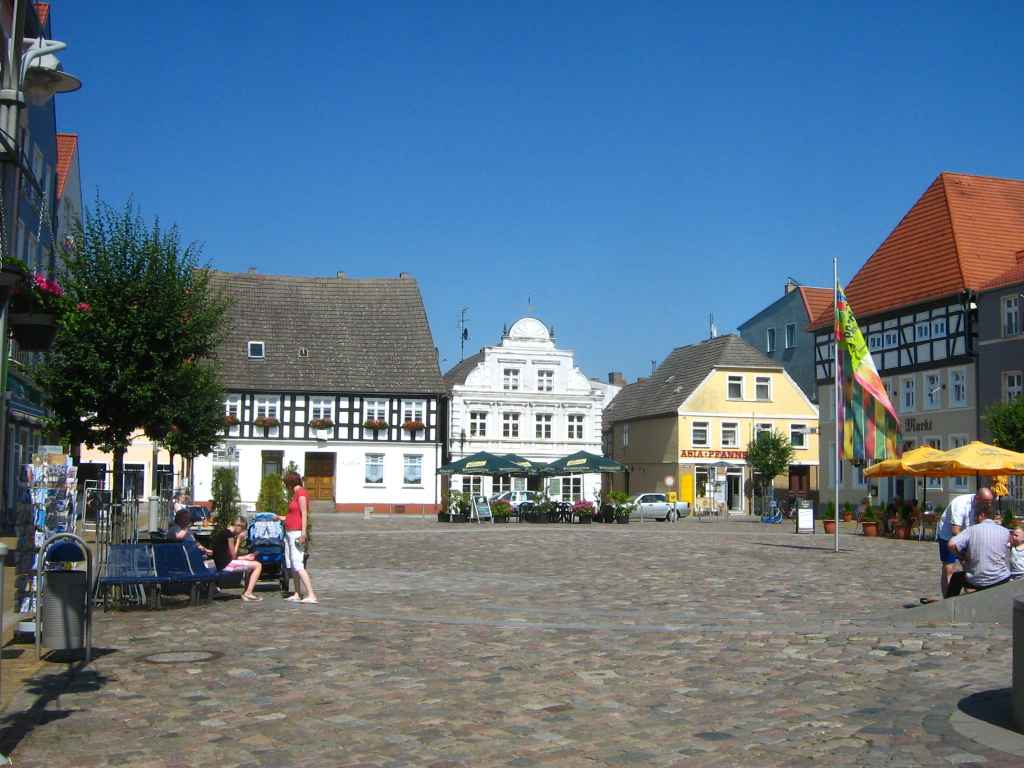
Gustav IV Adolf did not give up hope.
He managed, with Russia’s help, to gather a force of 17,500 men, partly sub-standardly trained.
Against these stood the French army of 40,000 men.

On 13 June 1807, the Swedish army began to move, but in early July, Russia and Prussia made peace with France.
The Swedish force was therefore forced to withdraw to Stralsund, after which they quickly retreated to Rügen.


The French command finally agreed to give the Swedes free exit.
The French then ruled Sweden in Pomerania.
At the Peace of Paris, Sweden regained Swedish Pomerania, but it was still forced to join the Continental System, which meant that Sweden was not allowed to buy British goods.


When his ally, Russia, made peace and concluded an alliance with France at Tilsit in 1807, Sweden and Portugal were left as Great Britain’s sole European allies.

On 21 February 1808, Russia invaded Finland, which was ruled by Sweden, on the pretext of compelling Sweden to join Napoléon’s Continental System.
Denmark likewise declared war on Sweden.
In just a few months almost all of Finland was lost to Russia.

As a result of the war, on 17 September 1809, in the Treaty of Hamina, Sweden surrendered the eastern third of Sweden to Russia.
The autonomous Grand Duchy of Finland within Imperial Russia was established.
By the time the peace treaties were signed, however, the King had already been deposed.

Dissatisfaction with the King had grown for several years and now his opponents took action.
Gustav Adolf’s inept and erratic leadership in diplomacy and war precipitated his deposition through a conspiracy of army officers.
An uprising broke out in Värmland (a county north of Stockholm) where Lieutenant Colonel Georg Adlersparre on 7 March 1809 took command of the Northern Army, and triggered the Coup of 1809 by raising the flag of rebellion in Karlstad and starting to march upon Stockholm.

When this news reached Stockholm, Gustav Adolf decided to leave the capital and take command of the southern army, in order to then be able to strike at the rebels.
The coup plotters, some of whom were in Stockholm, realized that they needed to strike quickly and prevent the King from travelling.
On 13 March, Carl Johan Adlercreutz and six other officers marched up to the Castle and declared that:
“The whole nation is astonished at the unfortunate position of the Kingdom and the King’s promised departure and is determined to turn it down.“

To prevent the King from joining loyal troops in Scania (southernmost Sweden), seven of the conspirators led by Adlercreutz broke into the royal apartments in the Palace and seized the King.

They imprisoned him and his family in Gripsholm Castle.

On 12 March 1809, King Gustav IV Adolf left Queen Frederica and their children at Haga Palace to deal with the rebellion of Georg Adlersparre.

The day after he was captured at the Royal Palace in Stockholm, imprisoned at Gripsholm Castle and deposed in favour of his uncle, who succeeded him as Charles XIII of Sweden on 6 June.
According to the terms of the deposition made on 10 May 1809, Frederica was allowed to keep the title of Queen even after the deposition of her spouse.
Frederica and her children were kept under guard at Haga Palace.
The royal couple was initially kept separated because the coup leaders suspected her of planning a coup.
During her house arrest, her dignified behavior reportedly earned her more sympathy than she had been given her entire tenure as Queen.
Her successor, Queen Charlotte, who felt sympathy for her and often visited her, and wished to preserve the right to the throne for Frederica’s son, Gustav.
Frederica told her that she was willing to separate from her son for the sake of succession, and requested to be reunited with her spouse.
Her second request was granted her after intervention from Queen Charlotte.

Frederica and her children joined Gustav Adolf at Gripsholm Castle after the coronation of the new monarch on 6 June.
The relationship between the former King and Queen was reportedly well during their house arrest at Gripsholm.
During her house arrest at Gripsholm Castle, the question of her son Crown Prince Gustav’s right to the throne was not yet settled and a matter of debate.

There was a plan by a military faction led by General Eberhard von Vegesack to free Frederica and her children from the arrest, have her son declared monarch and Frederica as regent of Sweden during his minority.
These plans were in fact presented to her, but she declined:
“The Queen displayed a nobility in her feelings, which makes her worthy of a crown of honor and placed her above the pitiful earthly royalty.
She did not listen to the secret proposals, made to her by a party, who wished to preserve the succession of the Crown Prince and wished, that she would remain in Sweden to become the regent during the minority of her son.
She explained with firmness, that her duty as a wife and mother told her to share the exile with her husband and children.“

The King’s uncle, Duke Charles (Karl), later King Charles XIII, was thereupon persuaded to accept the leadership of a provisional government, which was proclaimed the same day.
A Diet, hastily summoned, solemnly approved of the revolution.
On 29 March, Gustav IV Adolf, to save the Crown for his son, voluntarily abdicated, but on 10 May the Riksdag of the Estates, dominated by the Army, declared that not merely Gustav but his whole family had forfeited the throne, perhaps an excuse to exclude his family from succession based on the rumours of his illegitimacy.
A more likely cause, however, is that the revolutionaries feared that Gustav’s son, if he inherited the throne, would avenge his father’s deposition when he came of age.

In the writing of history, the image of Gustav IV Adolf and his government was long drawn by the men of 1809 and their successors.
They portrayed Gustav IV Adolf as an untalented and emotionally tense person whose policy was dictated by temporary and emotional factors that occasionally took on purely mind-boggling expressions, medals awarded by Gustaf IV Adolf were recalled and replaced with new ones without his name and signs, emblems, memorials and the like. which bore his name was removed.
This is one of the few cases in Sweden where the state and its authorities have made an attempt at damnatio memoriae to erase the memory of someone.

On 5 June, Gustav’s uncle was proclaimed King Charles XIII, after accepting a new liberal Constitution, which was ratified by the Diet the next day.

Gustav and his family were expelled out of the country.
Via three separate carriages. Gustav Adolf and Frederica travelled in one carriage, escorted by General Skjöldebrand.
Their son Gustav travelled in the second with Colonel Baron Posse.
Their daughters (Sophie, Amalia and Cecilia) and their governess Von Panhuys travelled in the last carriage escorted by Colonel von Otter.
Frederica was offered to be escorted with all honours due to a member of the House of Baden if she travelled alone, but declined and brought no courtier with her, only her German chamber maid Elisabeth Freidlein.
The family left for Germany by ship from Karlskrona on 6 December 1809.

Thus the exile of a king and his family began.
Here is where this instalment of his story (and my own) ends.
To be continued…..

In my eyes
Indisposed
In disguises no one knows
Hides the face
Lies the snake
And the sun in my disgrace
Boiling heat
Summer stench
Neath the black, the sky looks dead
Call my name
Through the cream
And I’ll hear you scream again
Black hole sun
Won’t you come
And wash away the rain?
Black hole sun
Won’t you come
Won’t you come
Won’t you come
Stuttering
Cold and damp
Steal the warm wind, tired friend
Times are gone
For honest men
Sometimes, far too long for snakes
In my shoes
Walking sleep
In my youth, I pray to keep
Heaven send
Hell away
No one sings like you anymore
Black hole sun
Won’t you come
And wash away the rain?
Black hole sun
Won’t you come
Won’t you come
Black hole sun
Won’t you come
And wash away the rain?
Black hole sun
Won’t you come
Won’t you come (Black hole sun, black hole sun)
Won’t you come (Black hole sun, black hole sun)
Won’t you come (Black hole sun, black hole sun)
Won’t you come? (Black hole sun, black hole sun)
Hang my head
Drown my fear
Till you all just disappear
Black hole sun
Won’t you come
And wash away the rain?
Black hole sun
Won’t you come
Won’t you come
Black hole sun
Won’t you come
And wash away the rain?
Black hole sun
Won’t you come
Won’t you come (Black hole sun, black hole sun)
Won’t you come (Black hole sun, black hole sun)
Won’t you come (Black hole sun, black hole sun)
Won’t you come (Black hole sun, black hole sun)
Won’t you come (Black hole sun, black hole sun)
Won’t you come (Black hole sun, black hole sun)
Won’t you come
Won’t you come

Sources: Wikipedia / Google / Lonely Planet, The World / Rough Guide to London / Rough Guide to Switzerland / Steve Biddulph, Manhood / Carl Franz and Lorena Havens, The People’s Guide to Mexico / Susan Griffith, Work Your Way Around the World / Dan Kieran, The Idle Traveller: The Art of Slow Travel / Rebecca Solnit, Wanderlust: A History of Walking / Chiang Lee, The Silent Traveller in Oxford













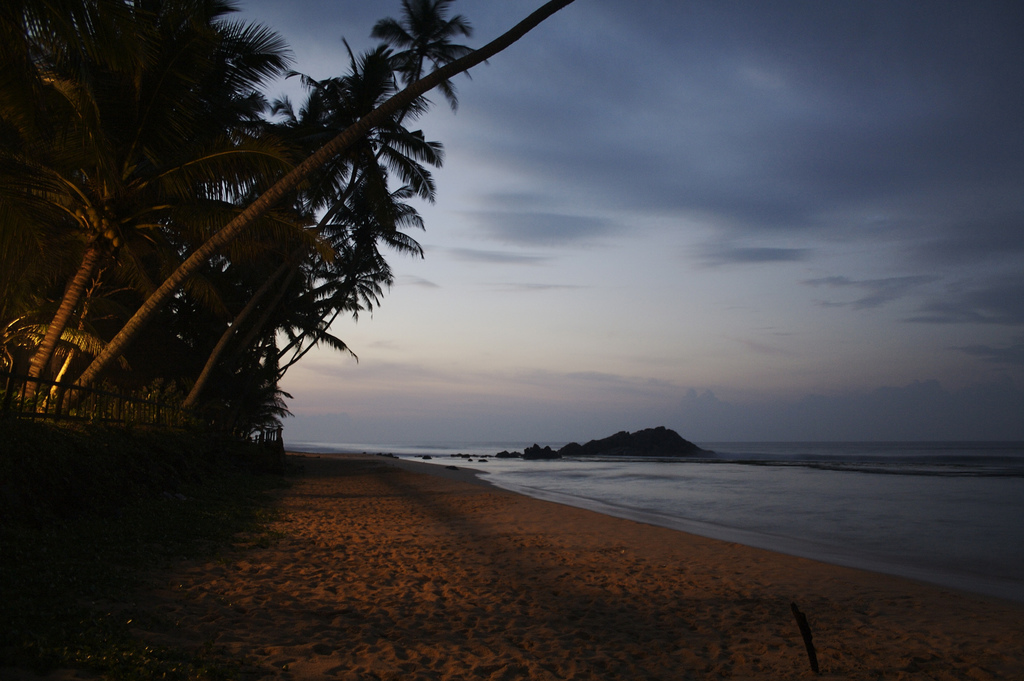
![Discount [80% Off] The Closenberg Hotel Sri Lanka | Hotel Transylvania 3 Promo](https://ssl.c.photoshelter.com/img-get/I0000vNgujCG0Mzk/s/1200/I0000vNgujCG0Mzk.jpg)
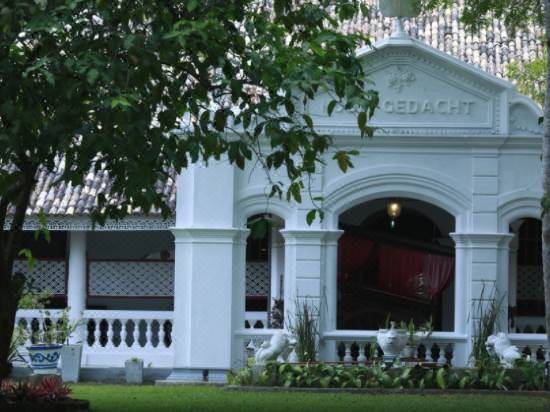






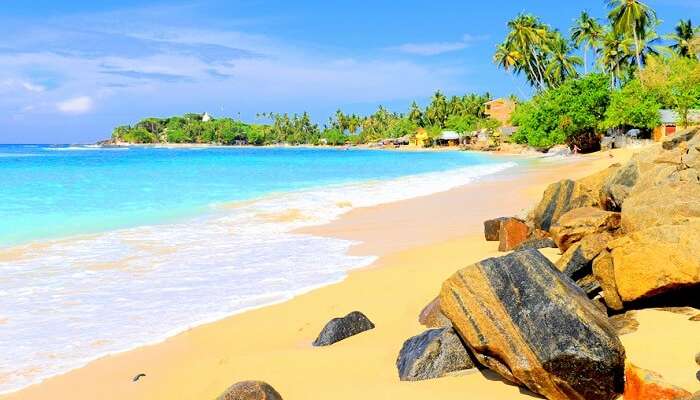
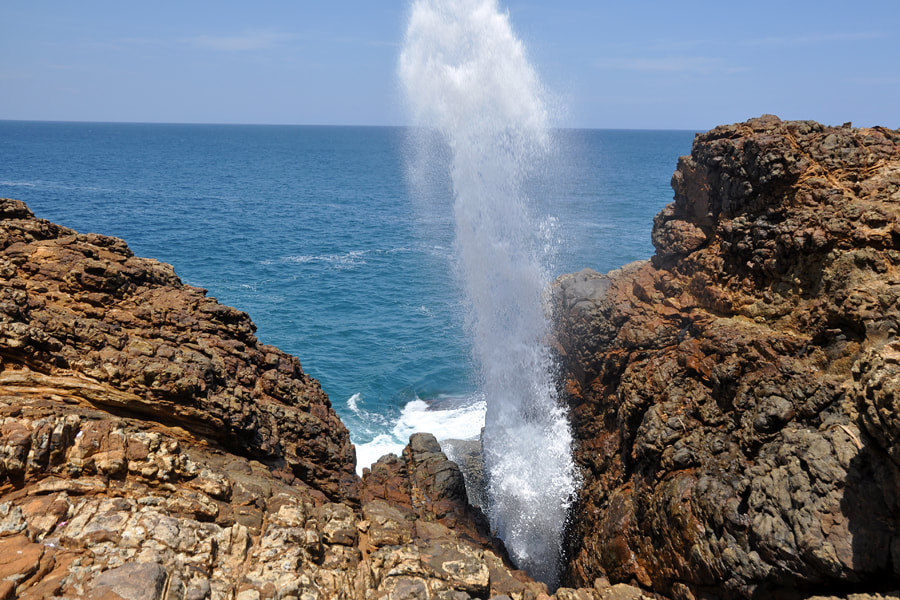
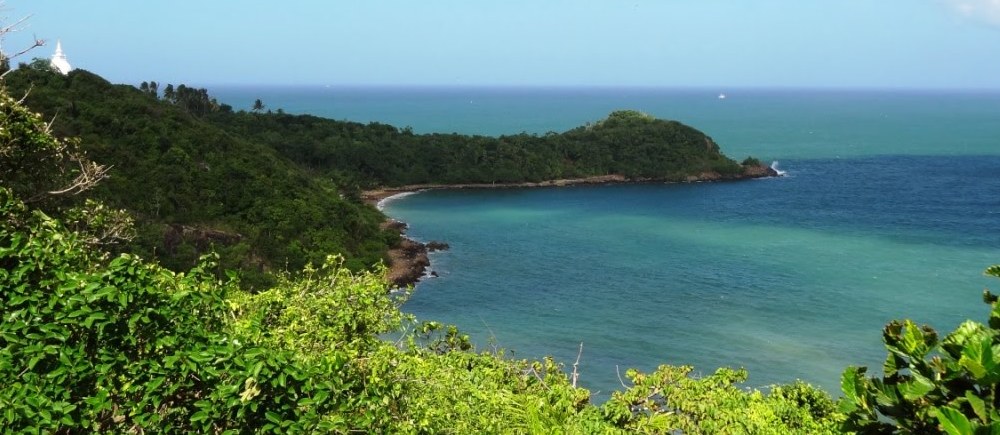
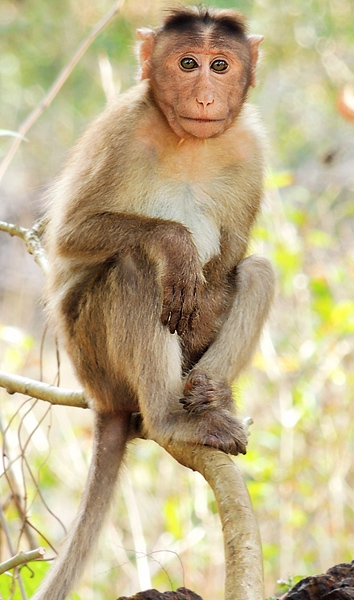
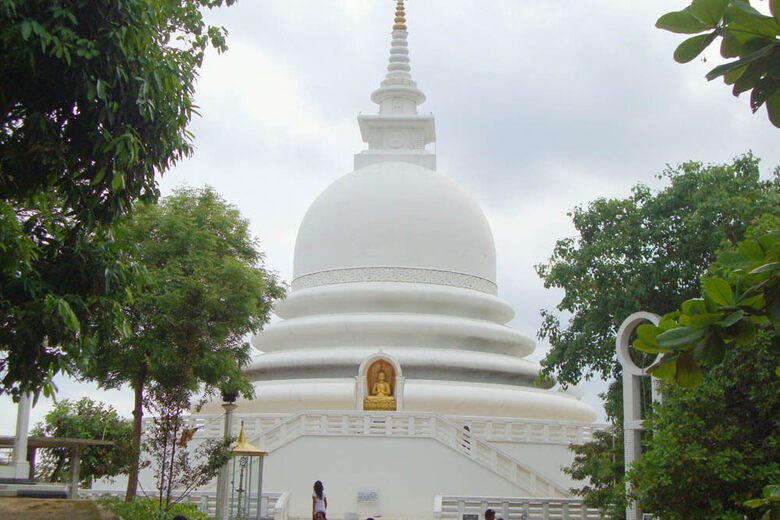


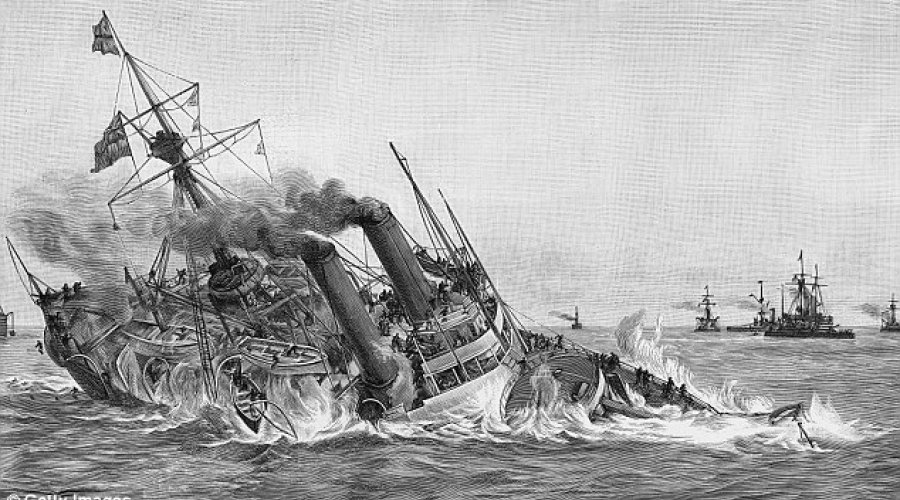




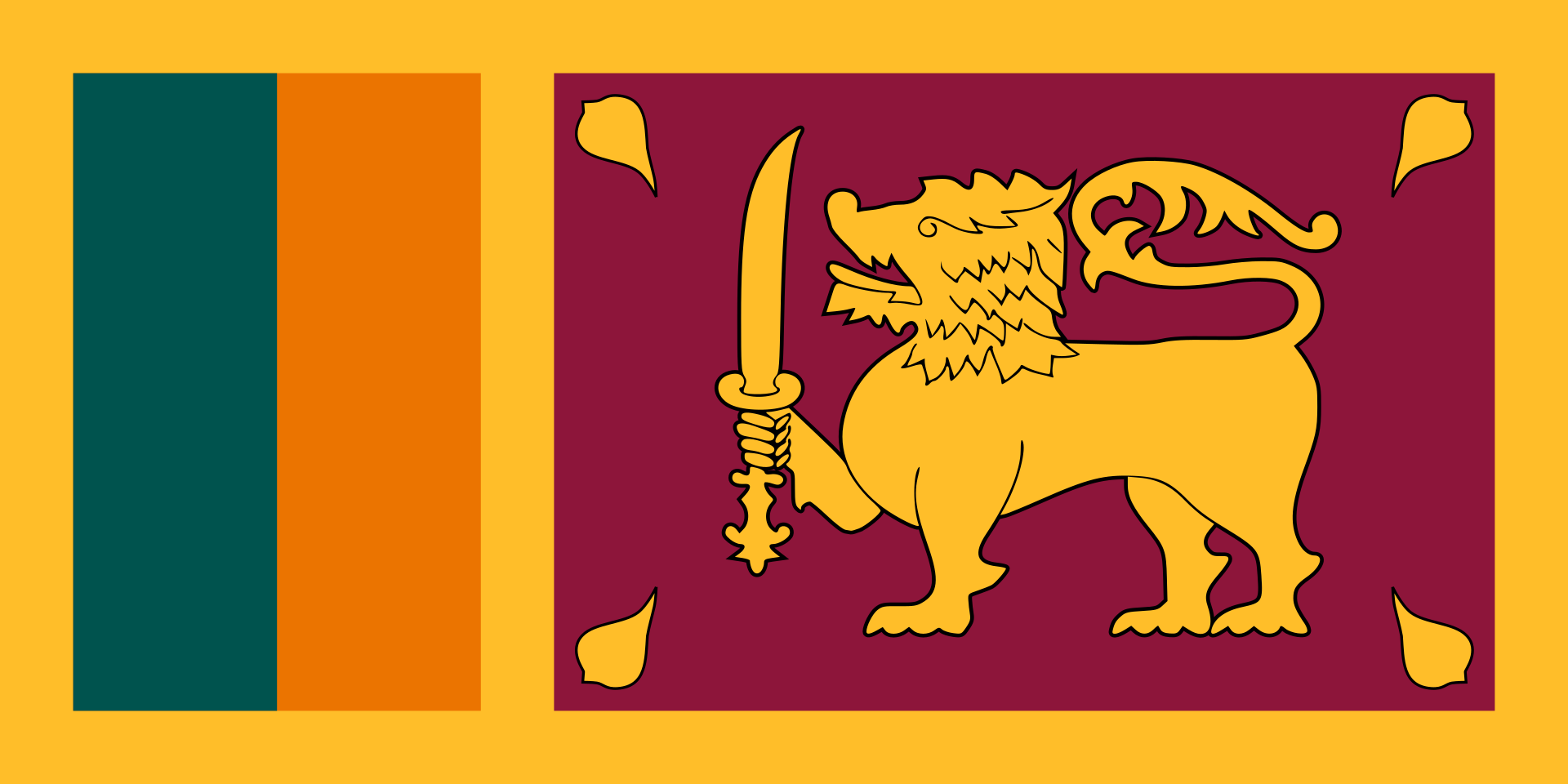









:max_bytes(150000):strip_icc()/GettyImages-170881323-589d6b885f9b58819c0e300b.jpg)



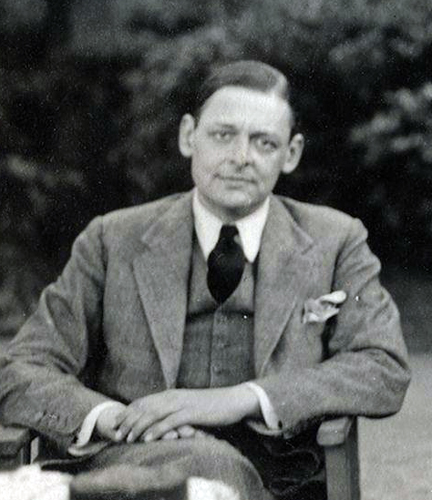
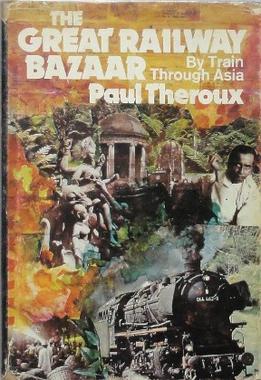
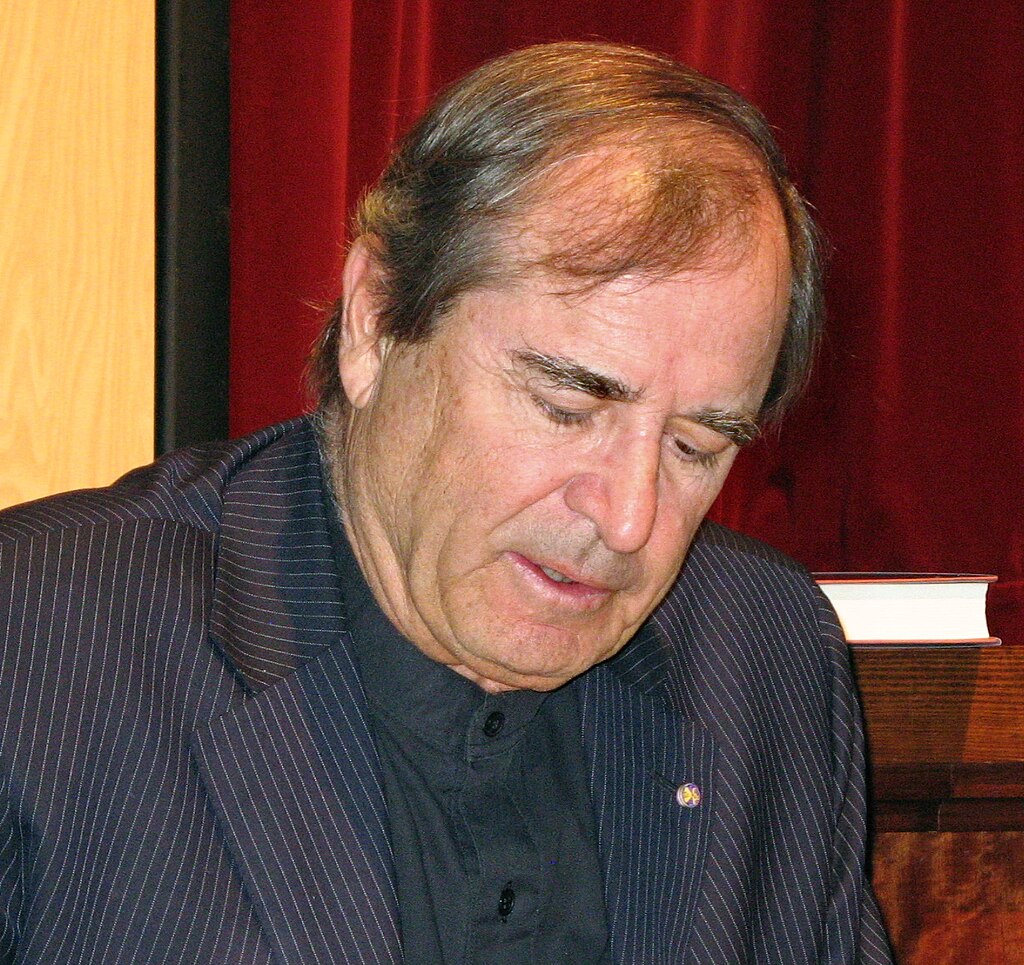





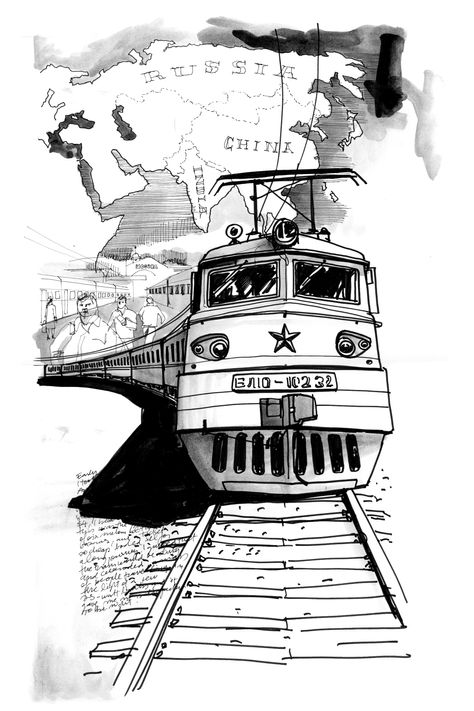



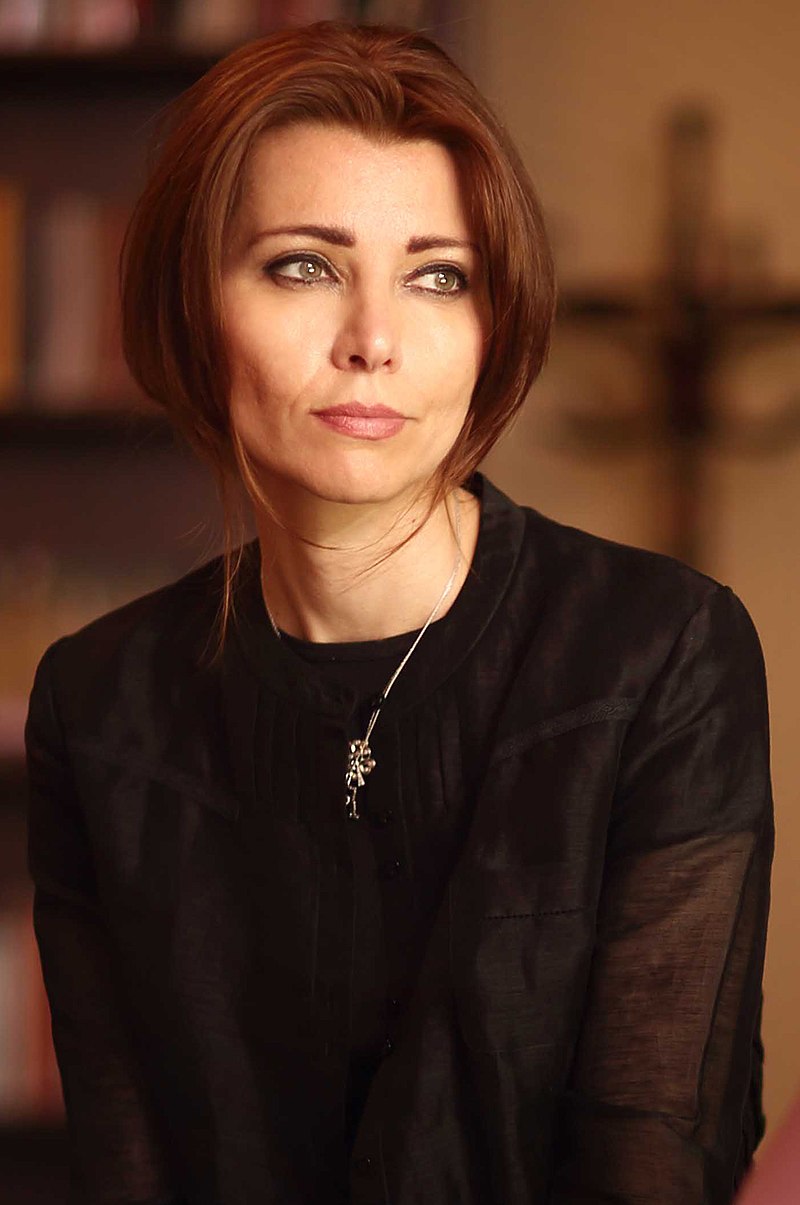


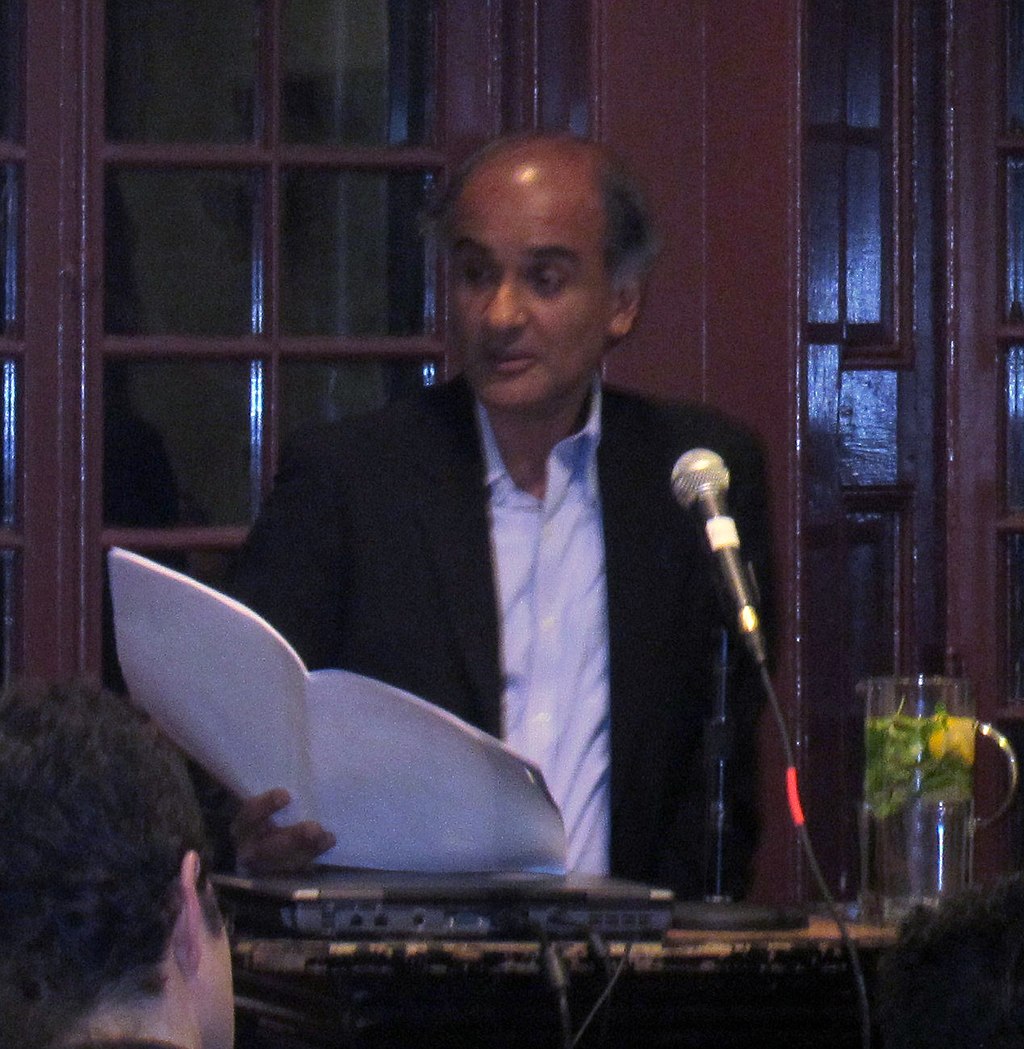



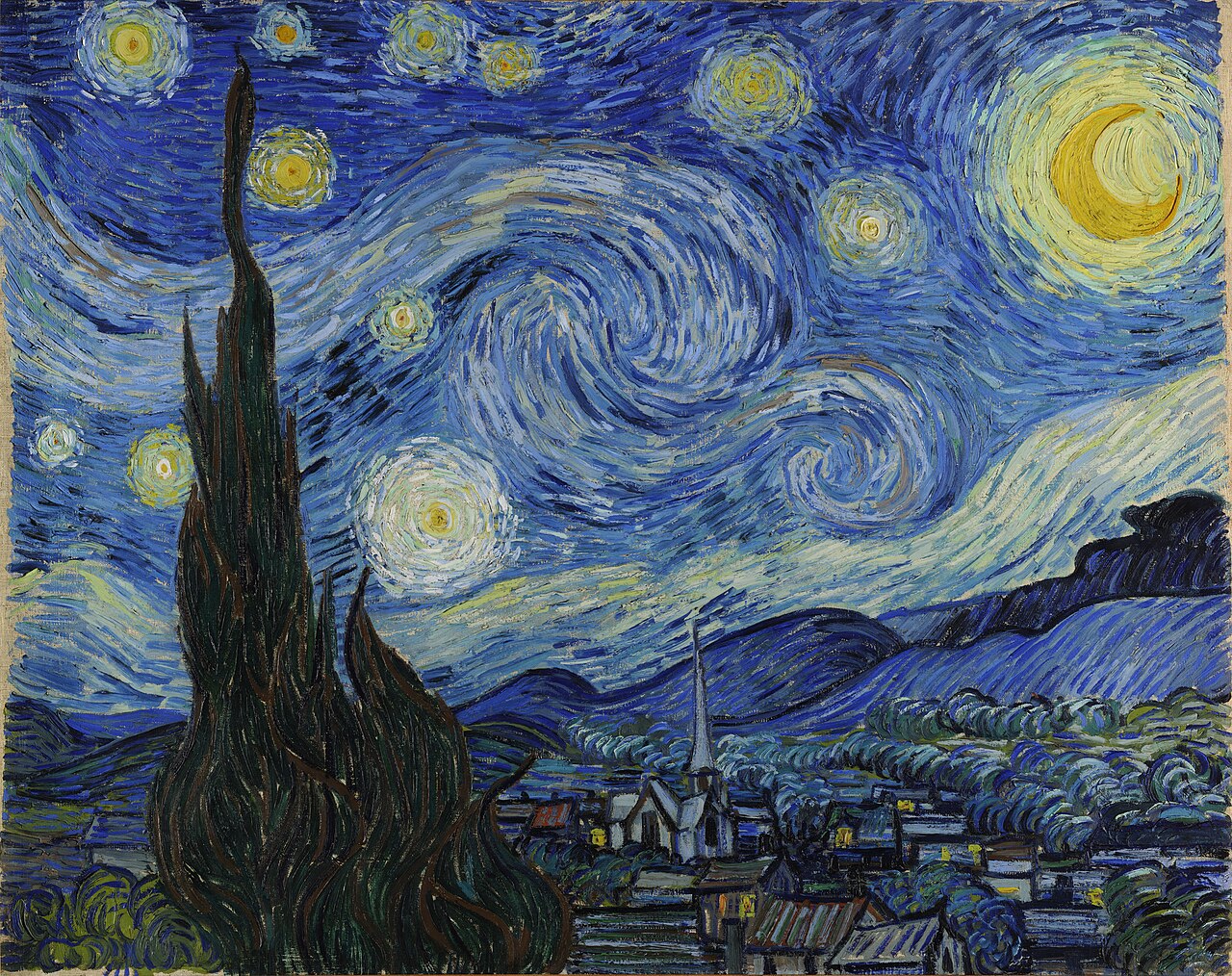








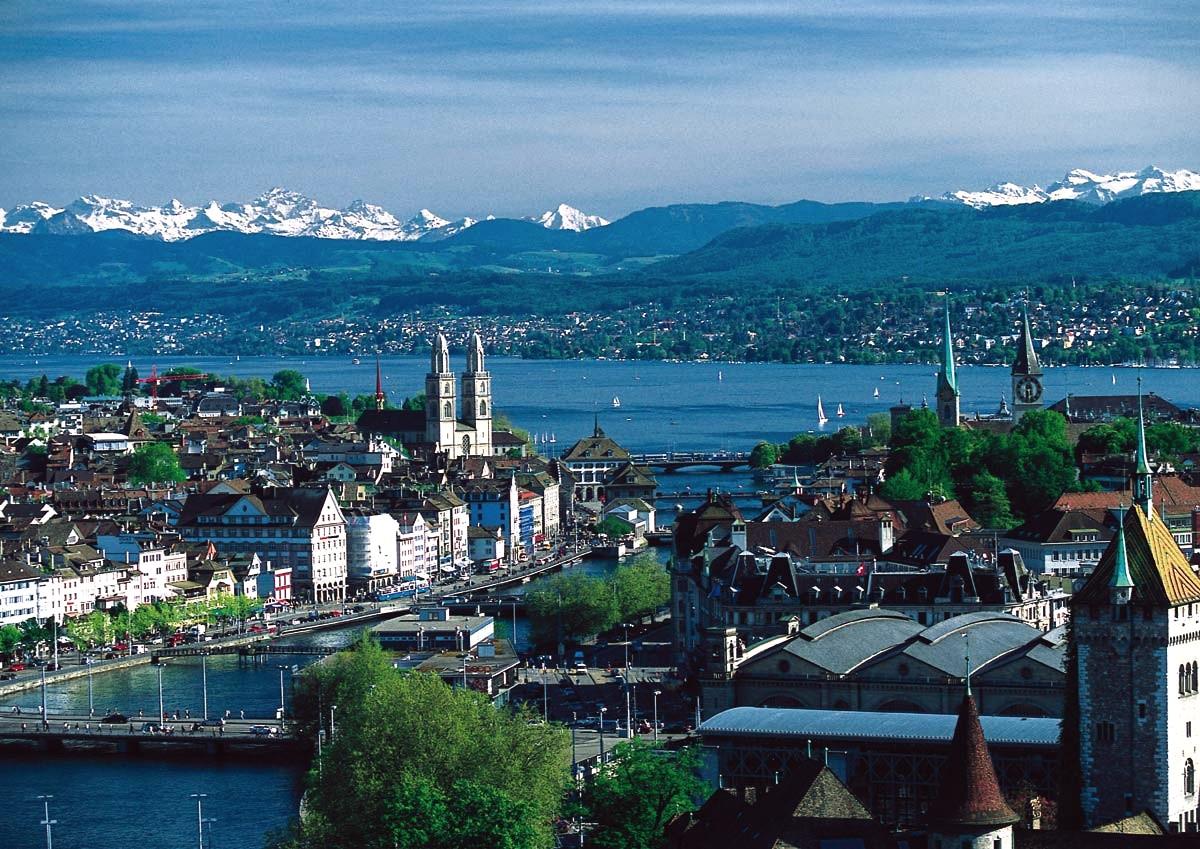



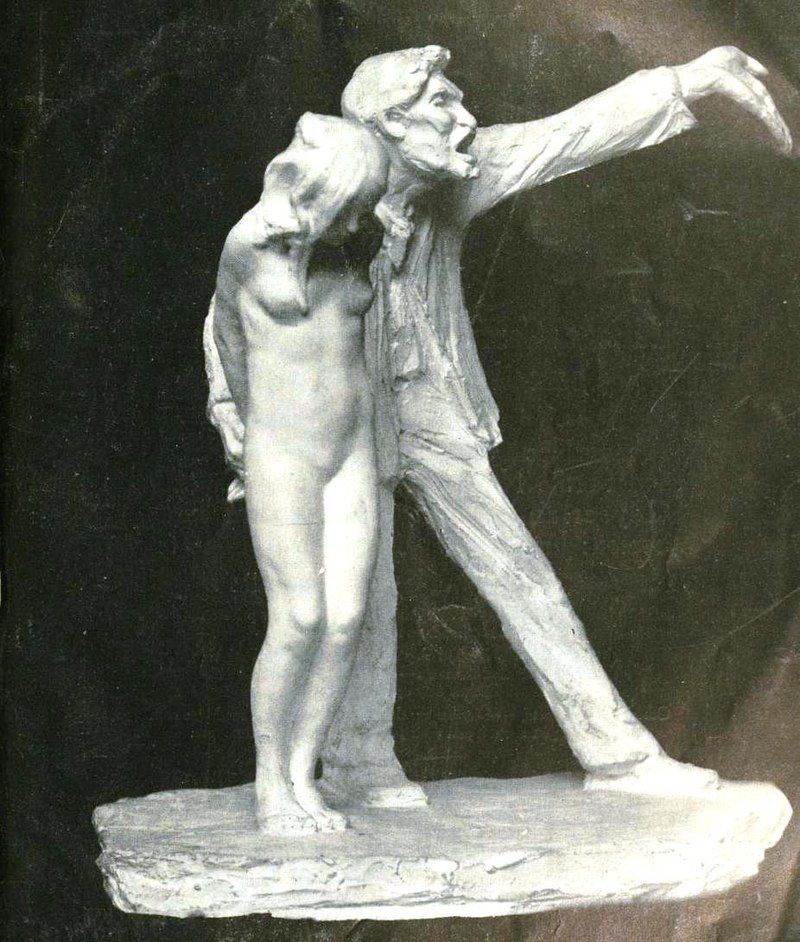



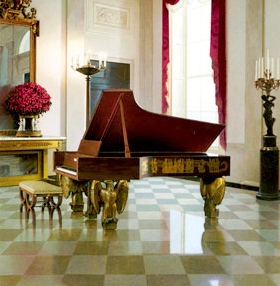
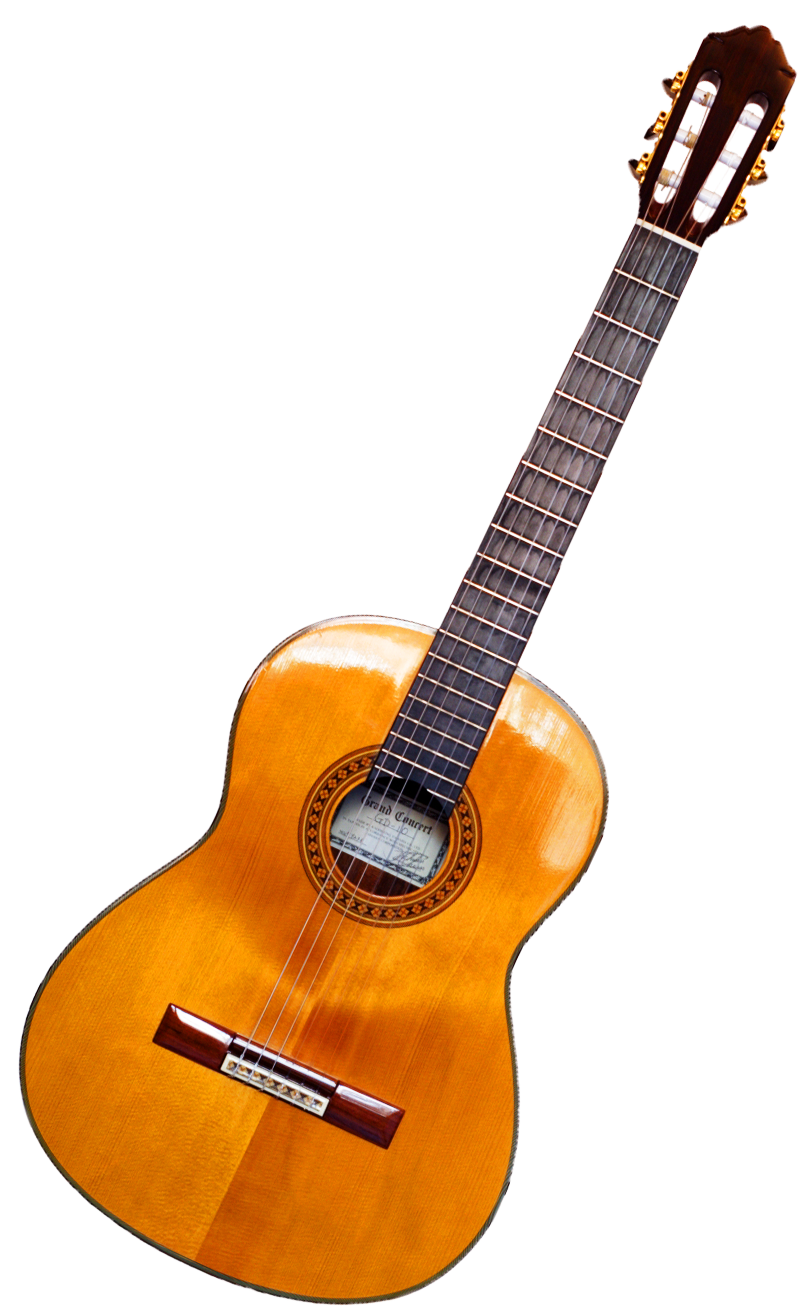




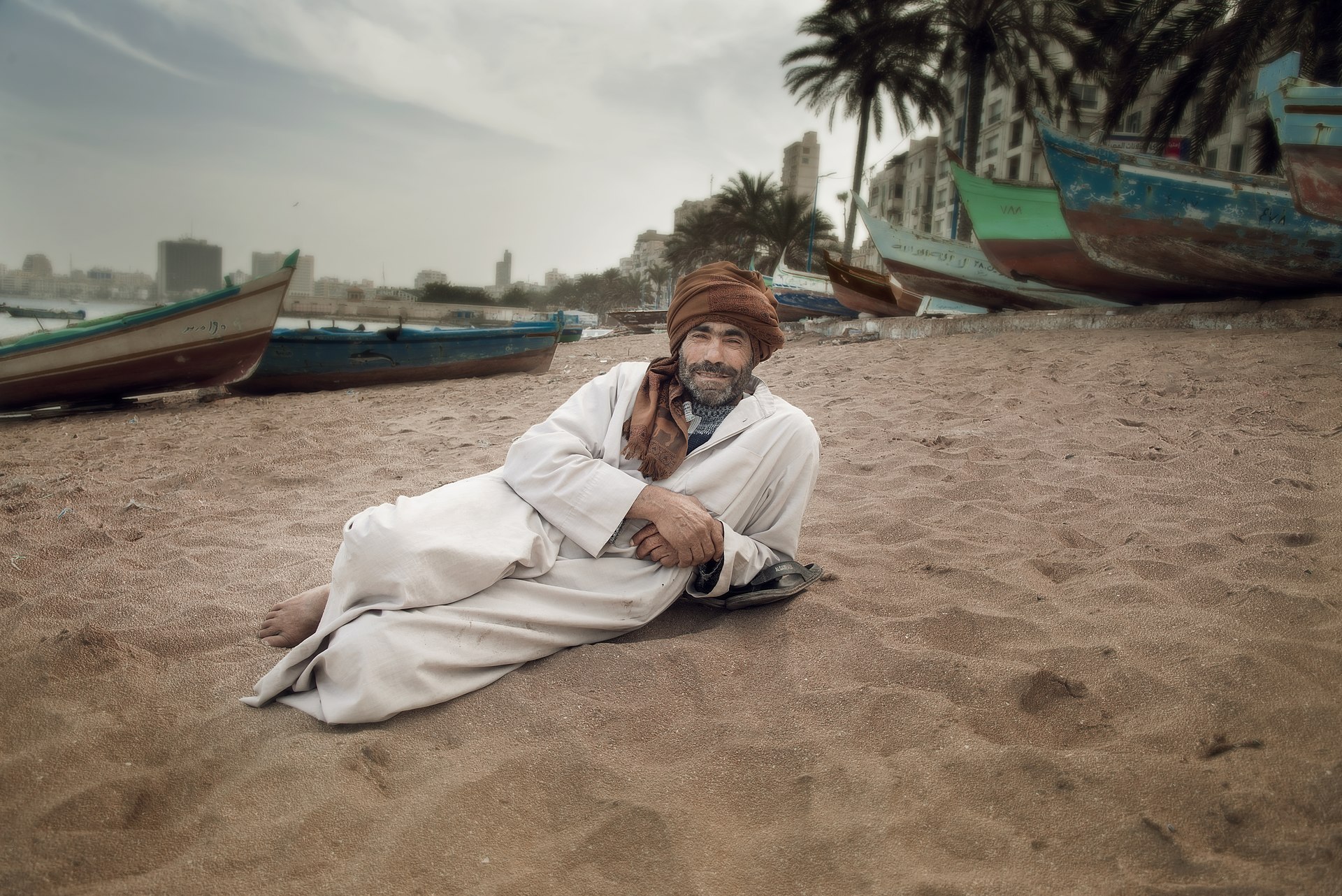

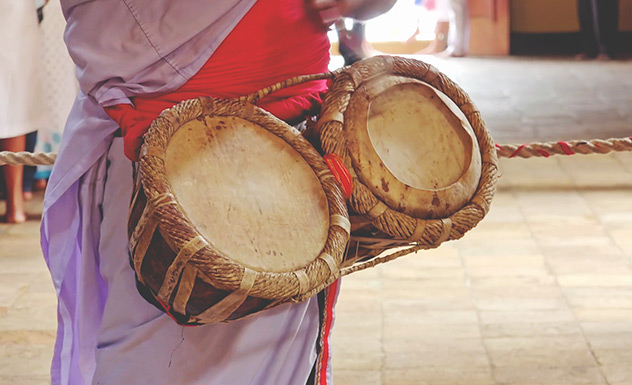



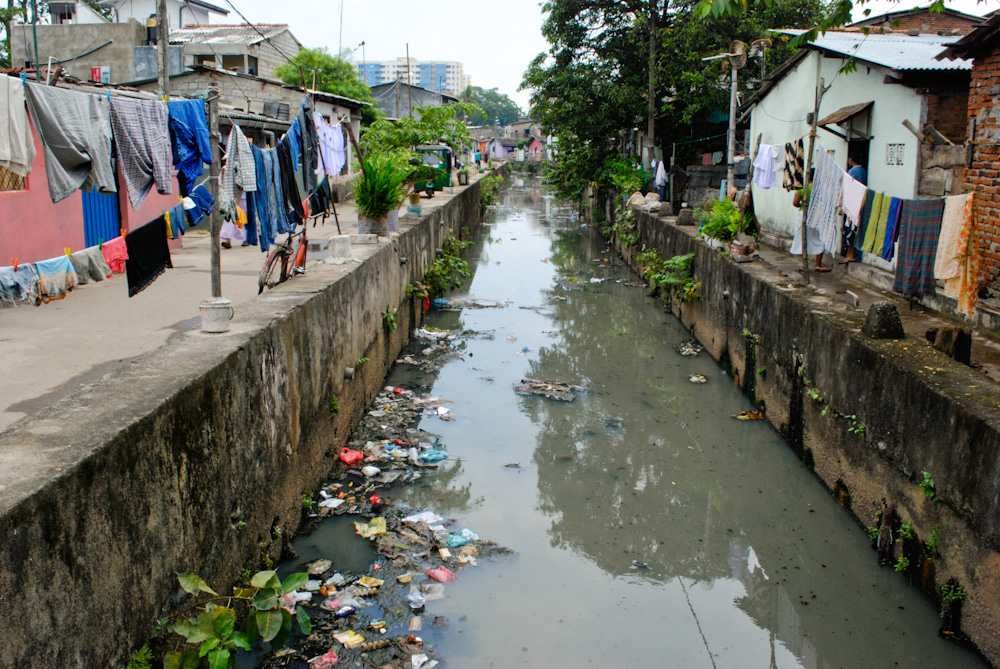

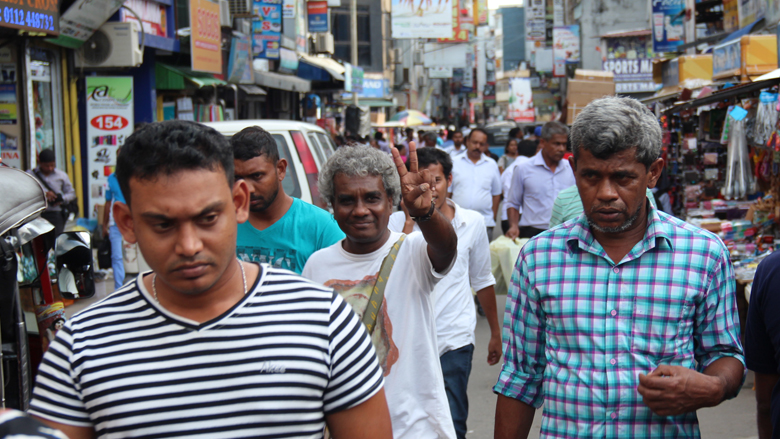

:format(jpeg):mode_rgb():quality(90)/discogs-images/R-382018-1480495571-7230.jpeg.jpg)




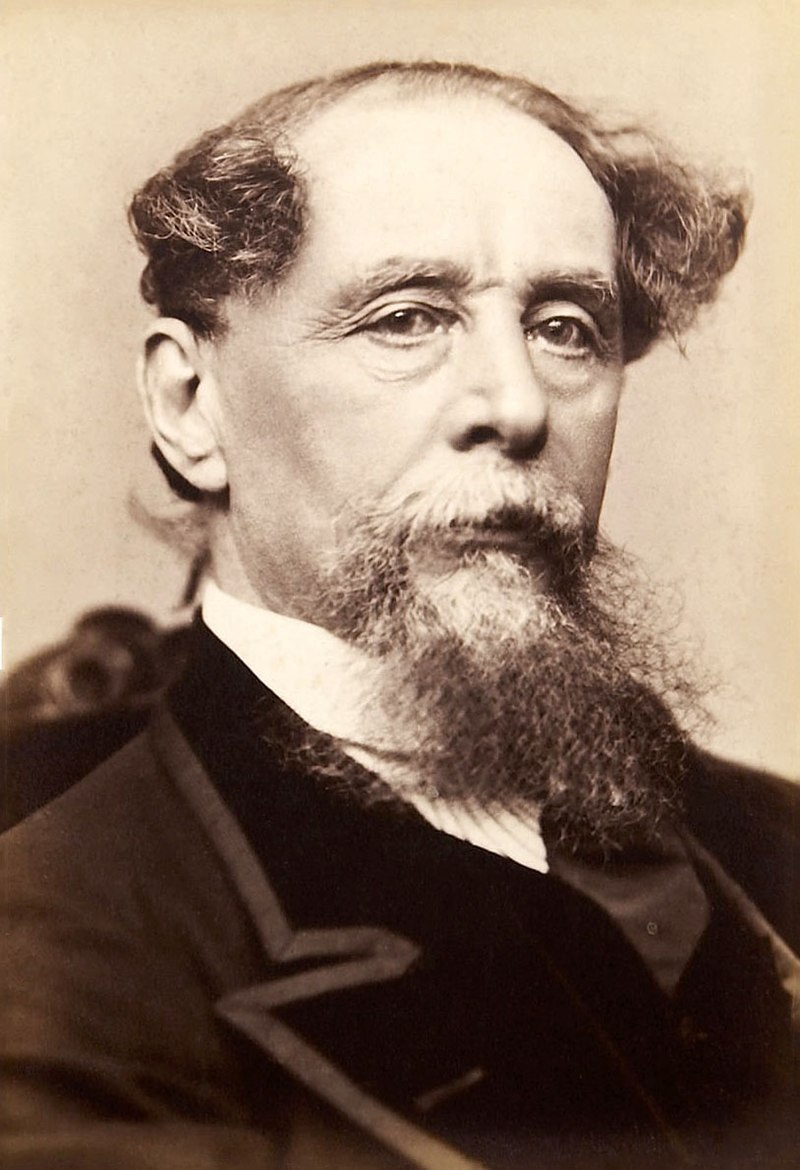

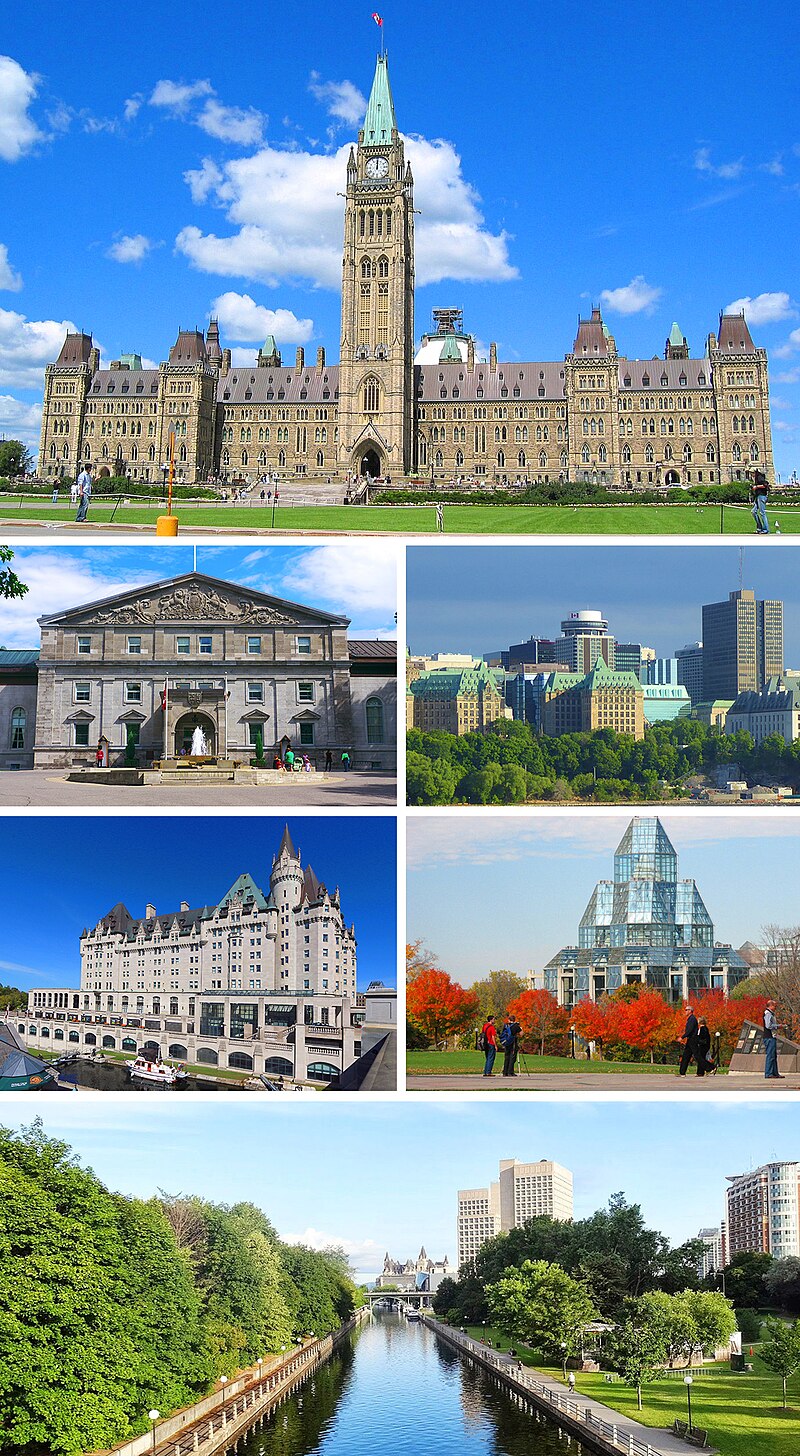


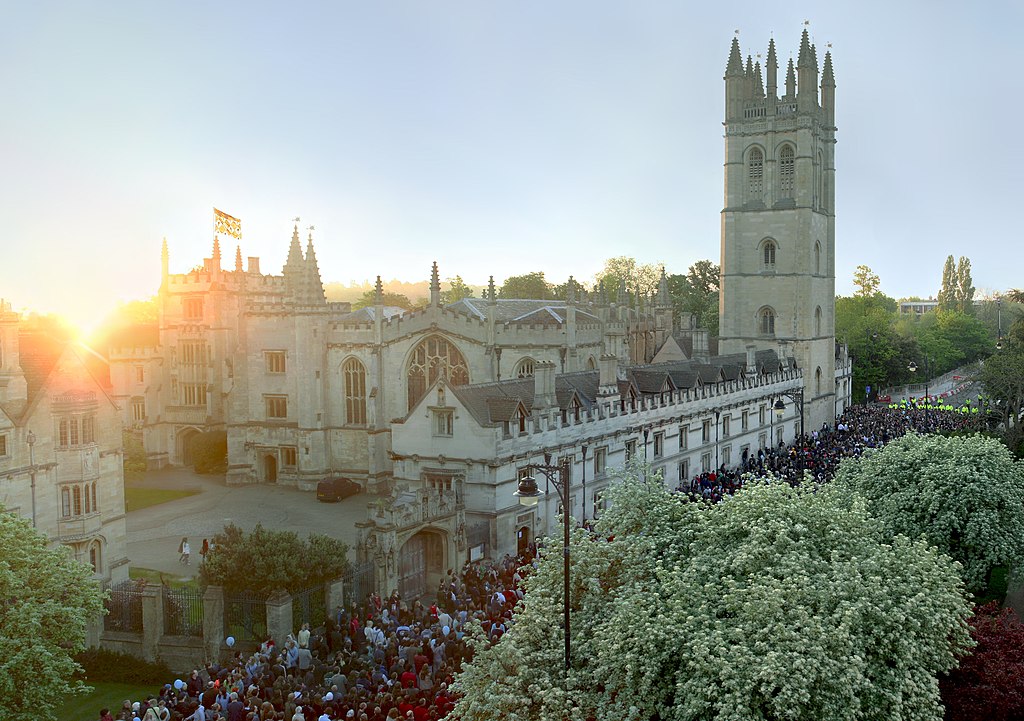

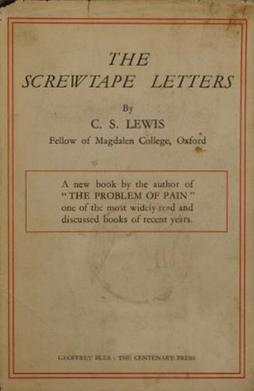





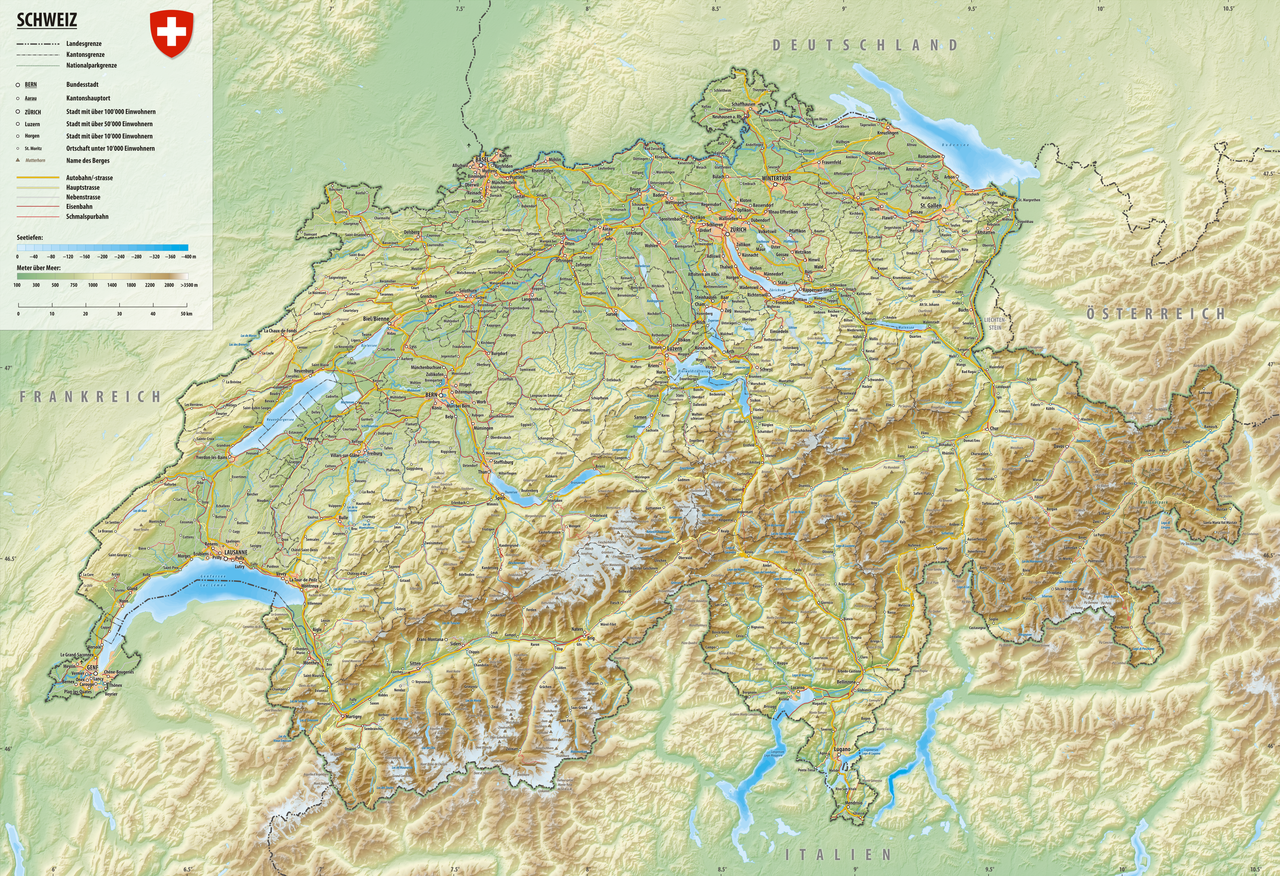
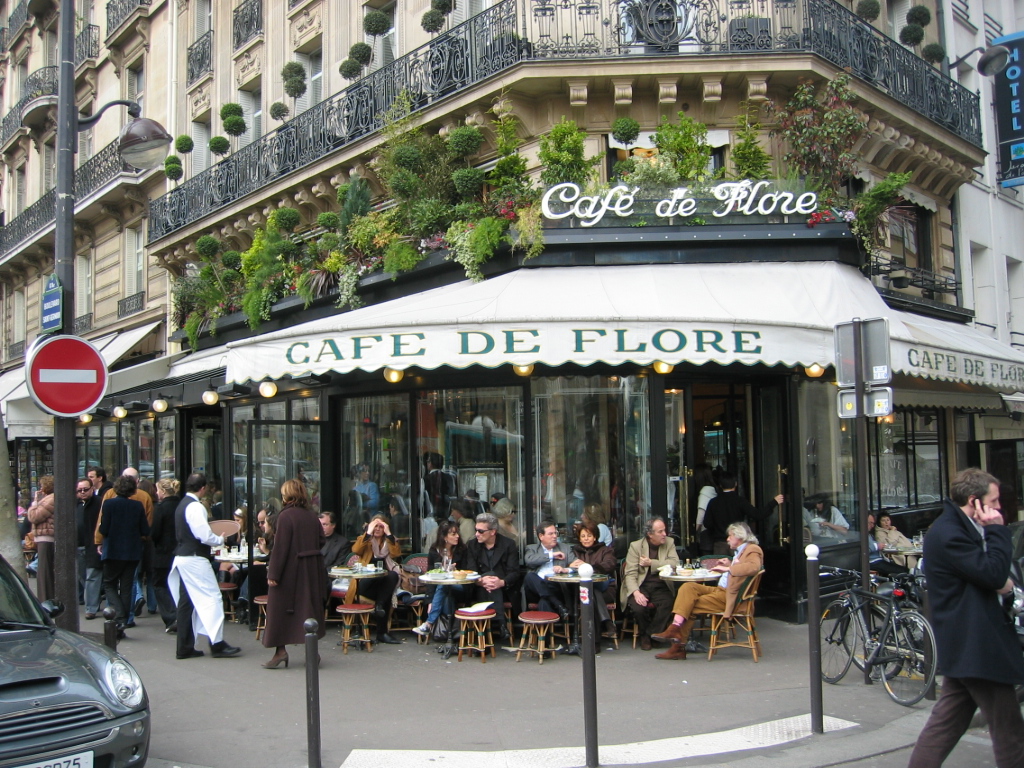


:format(jpeg):mode_rgb():quality(90)/discogs-images/R-3499969-1458956533-7155.jpeg.jpg)




:format(jpeg):mode_rgb():quality(90)/discogs-images/R-13722924-1567864239-6989.jpeg.jpg)
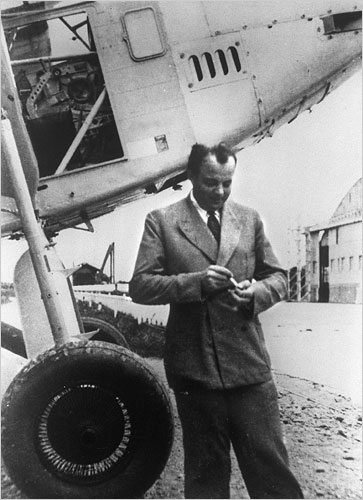












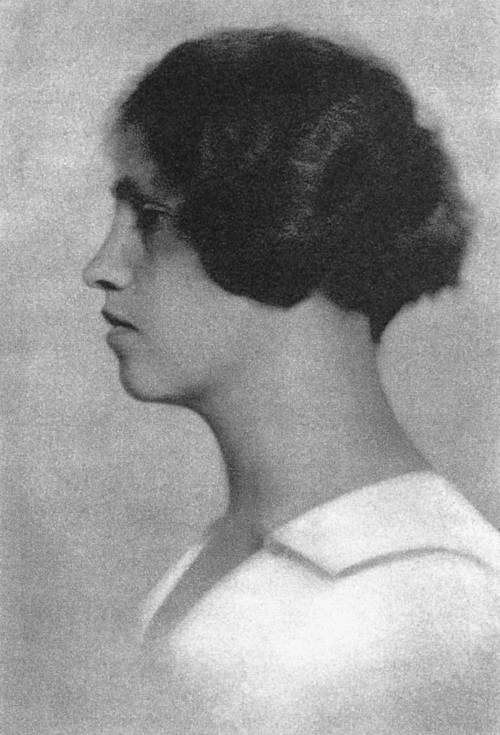



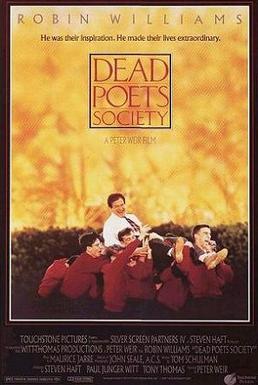
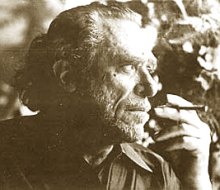








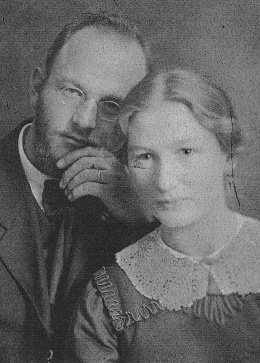



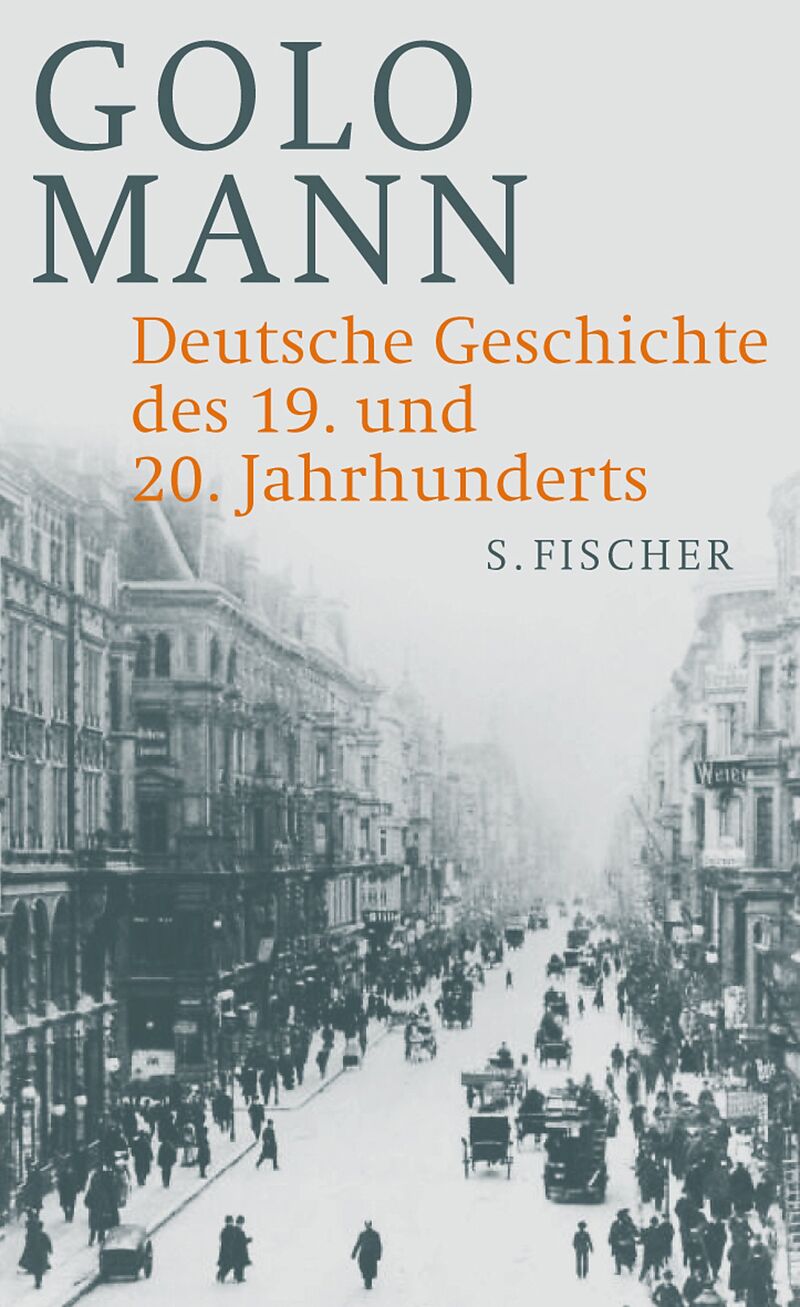






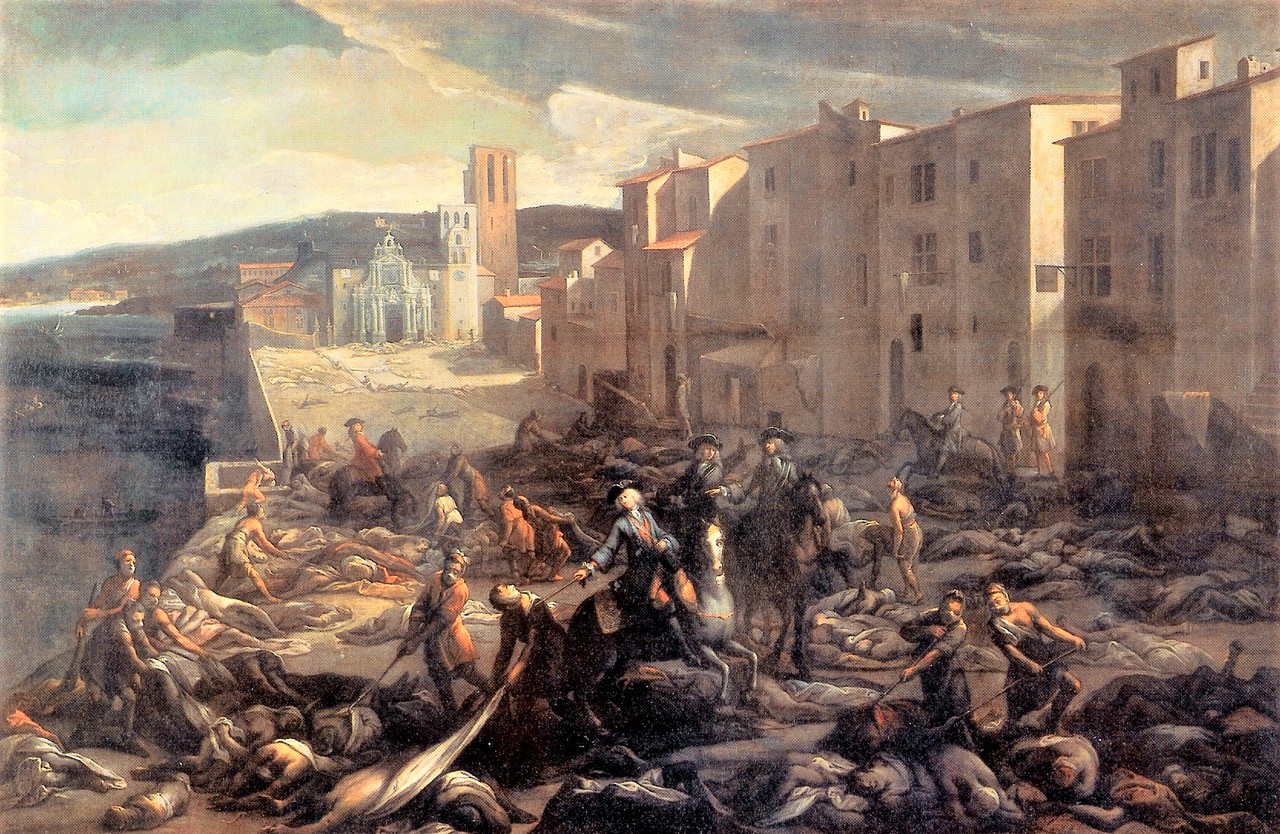


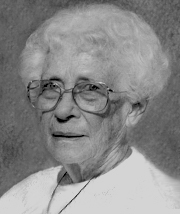







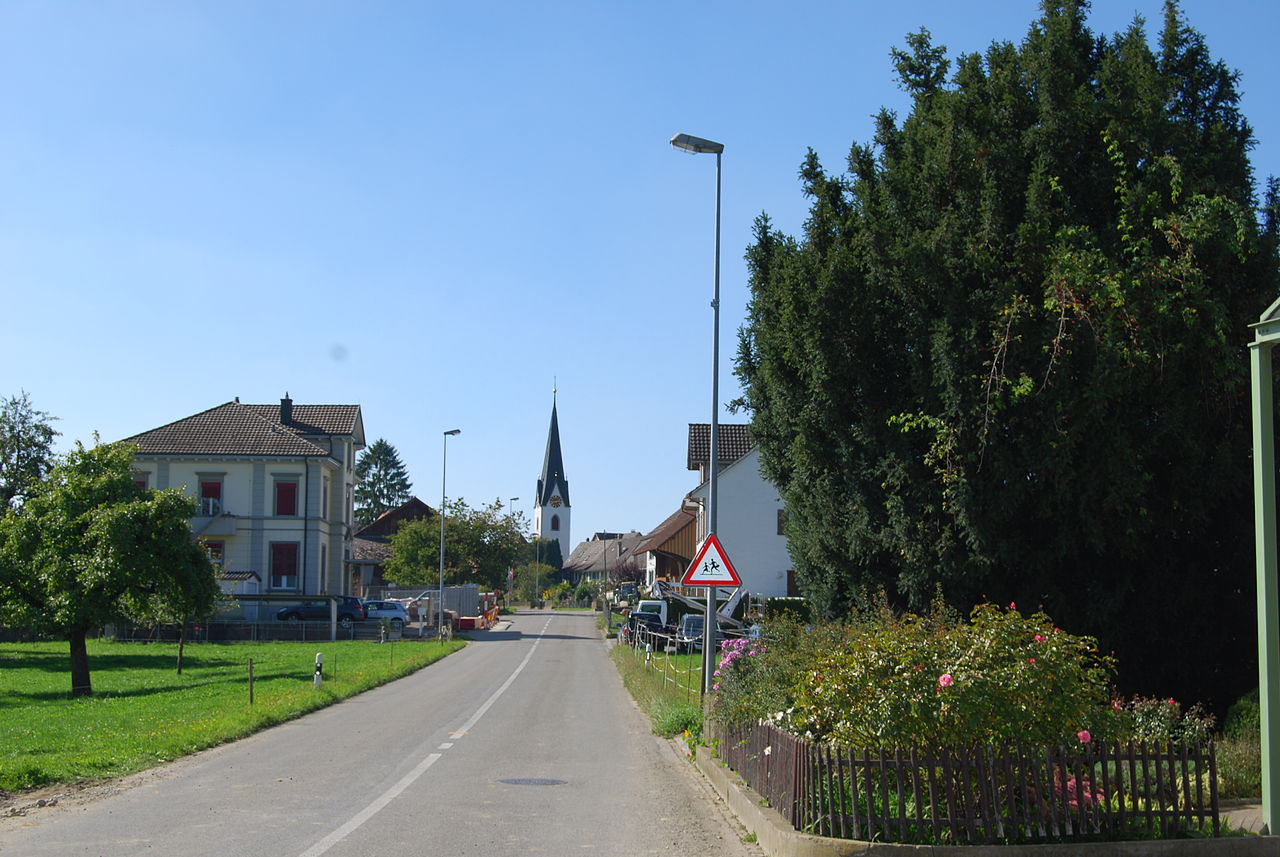
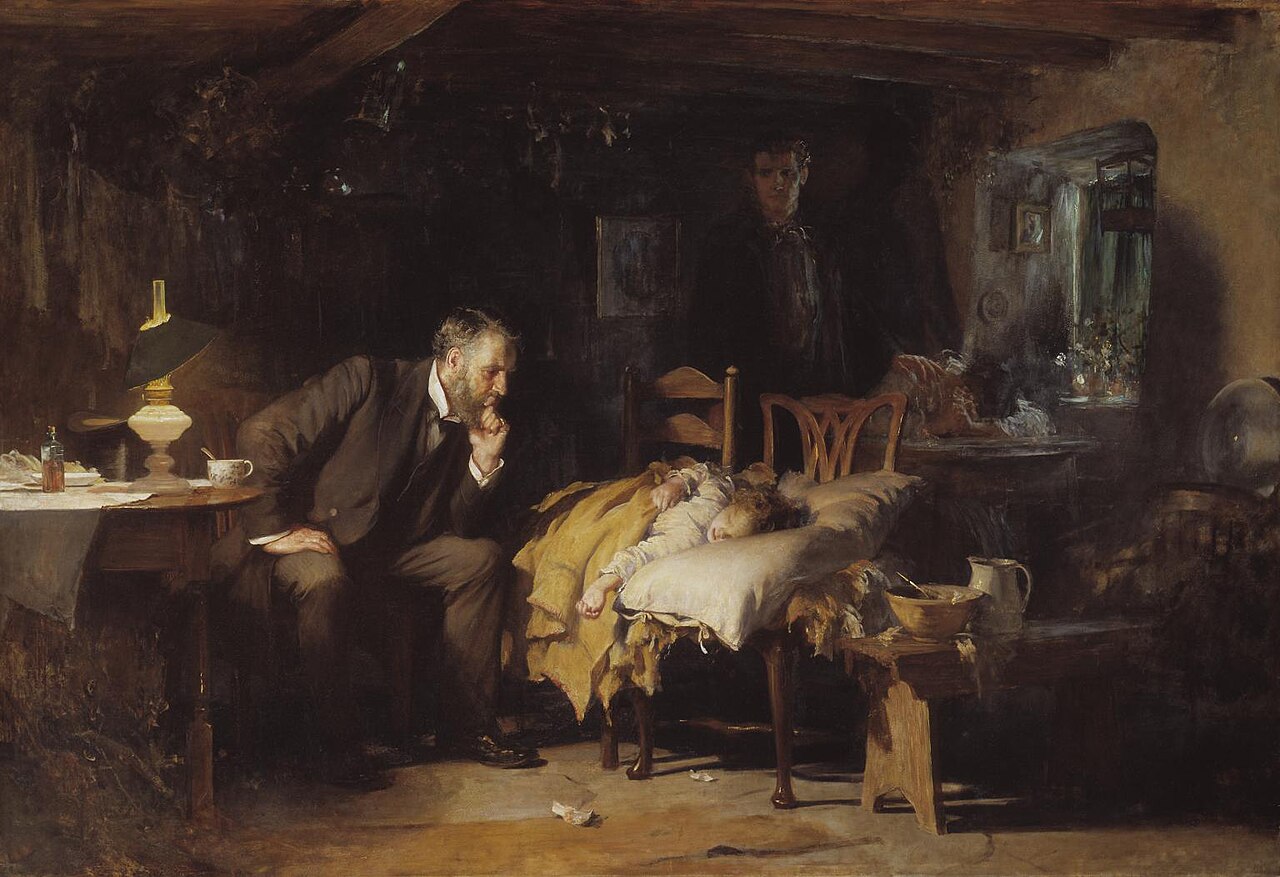







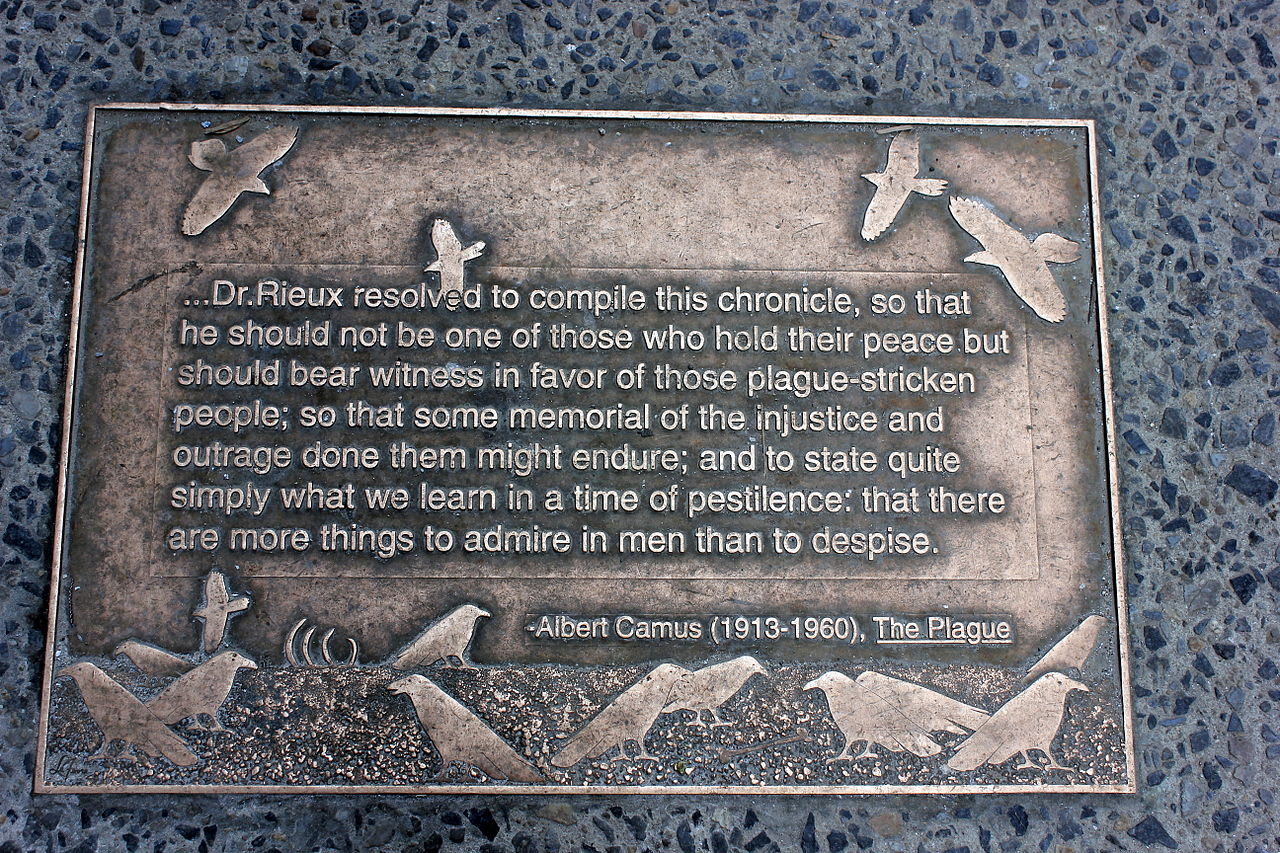








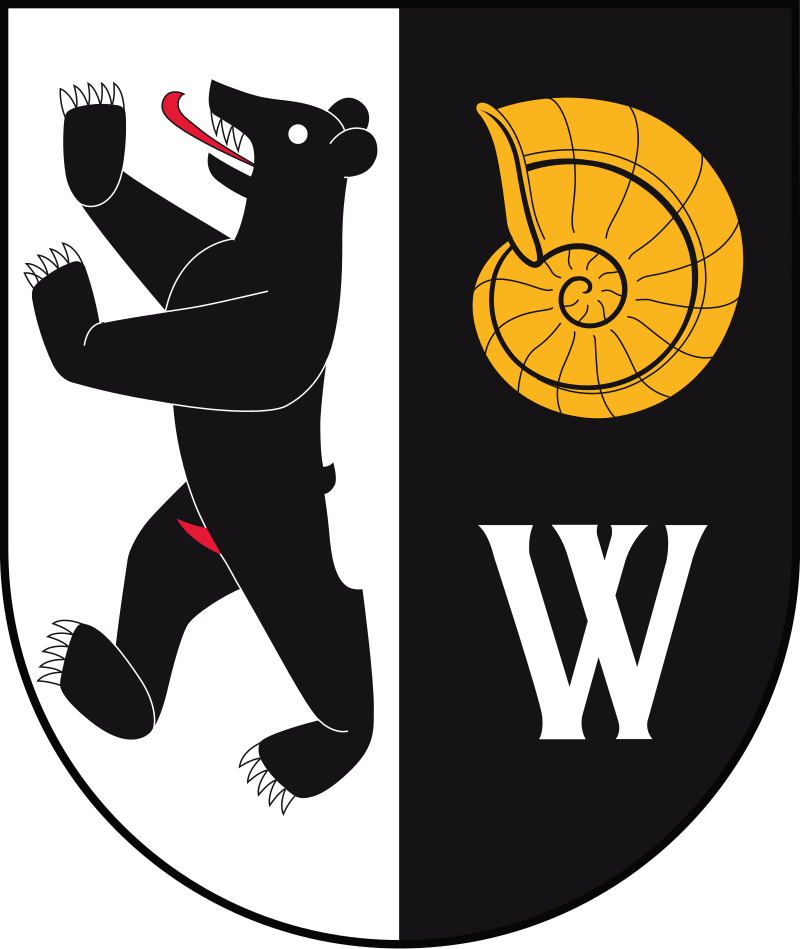





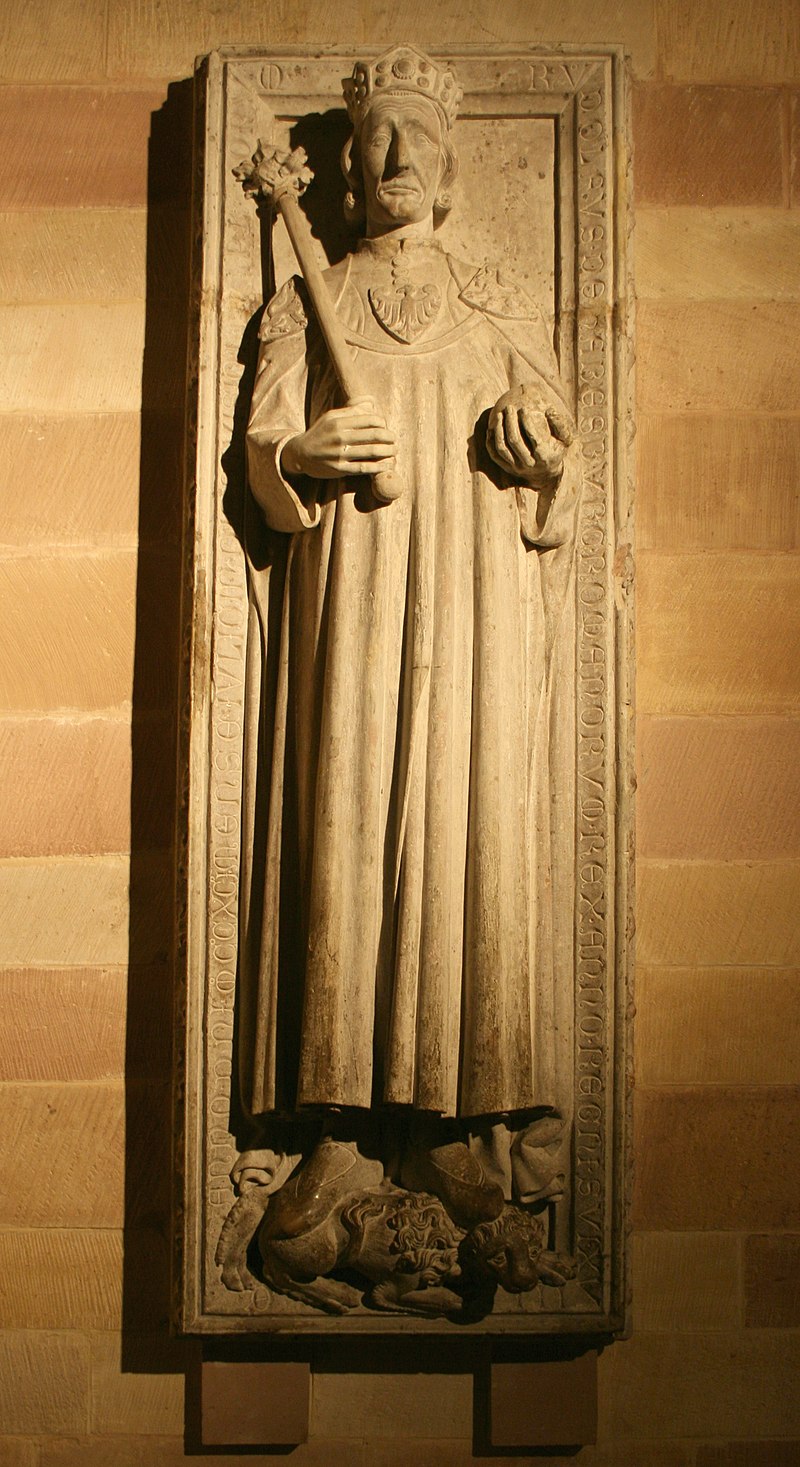



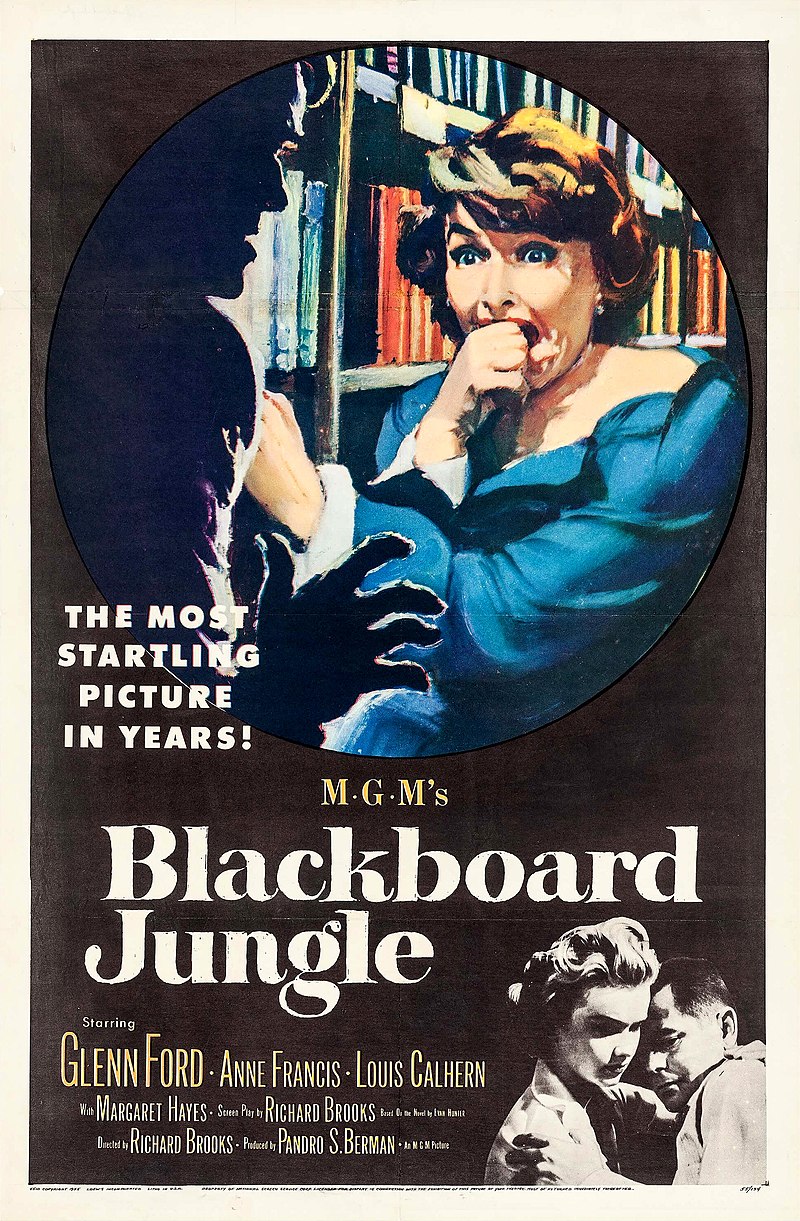








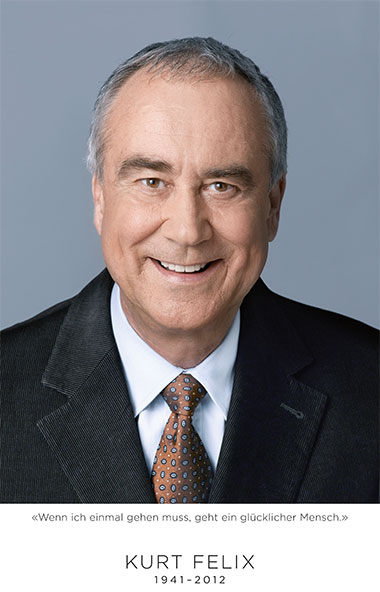





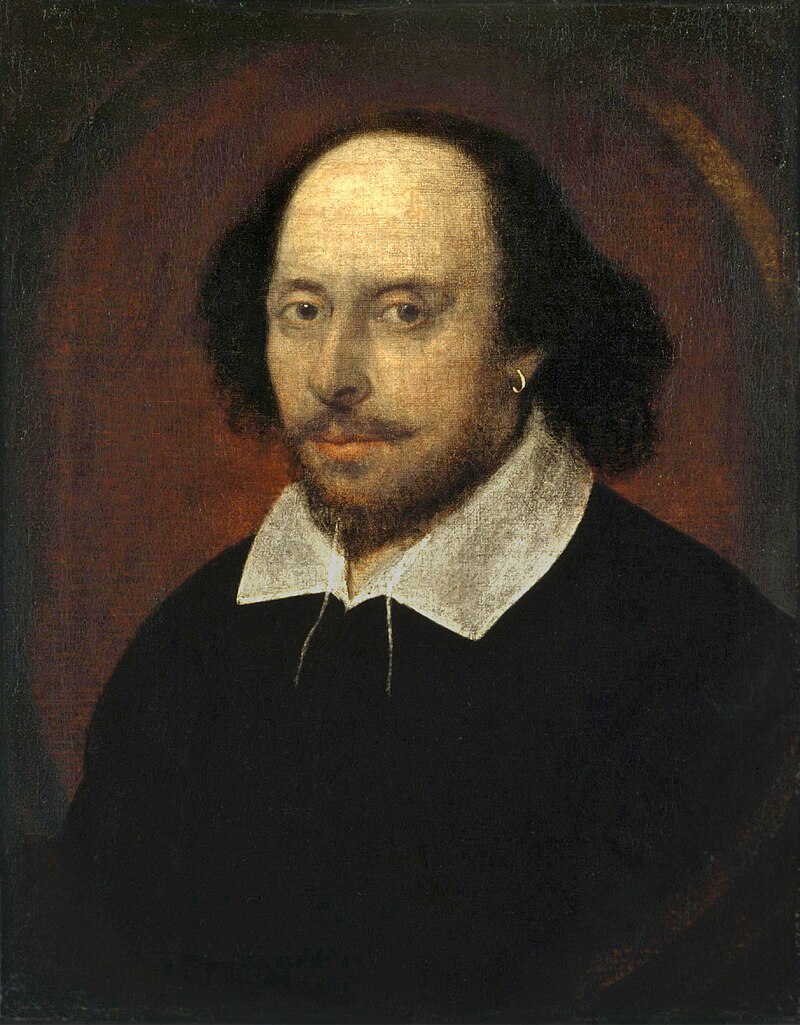


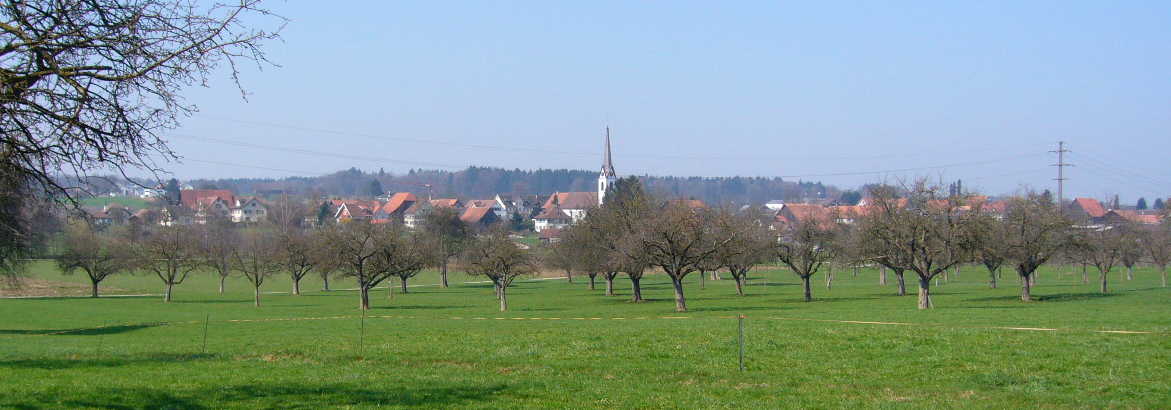
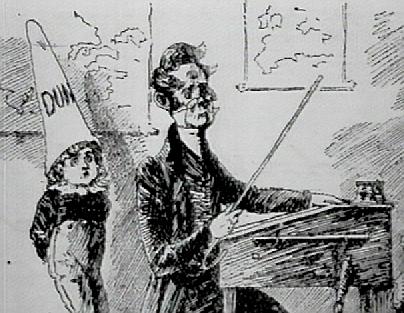





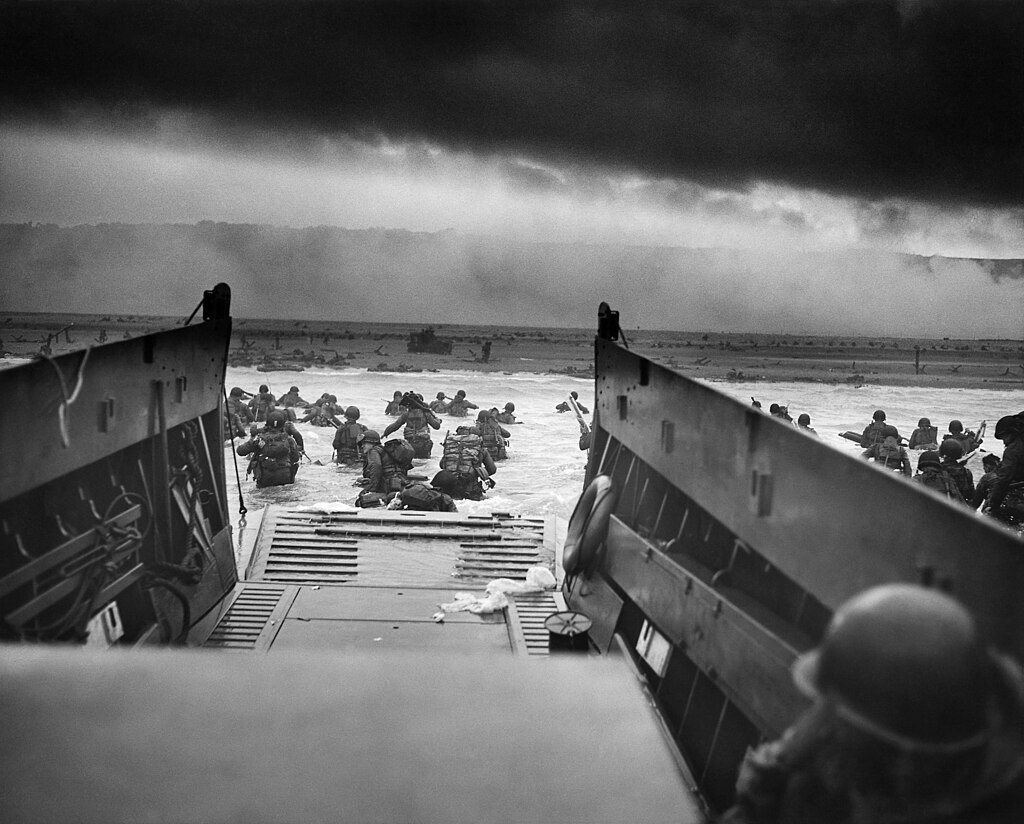

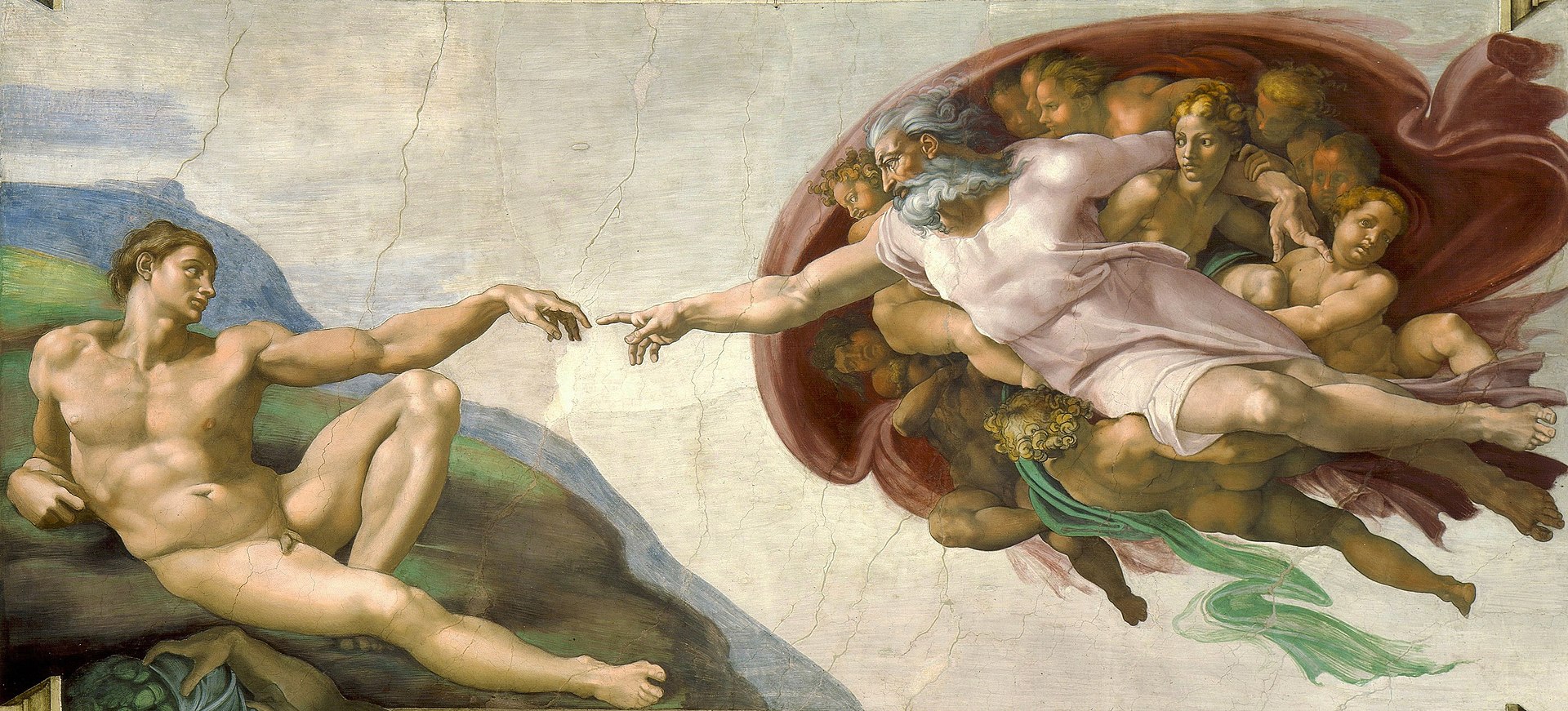



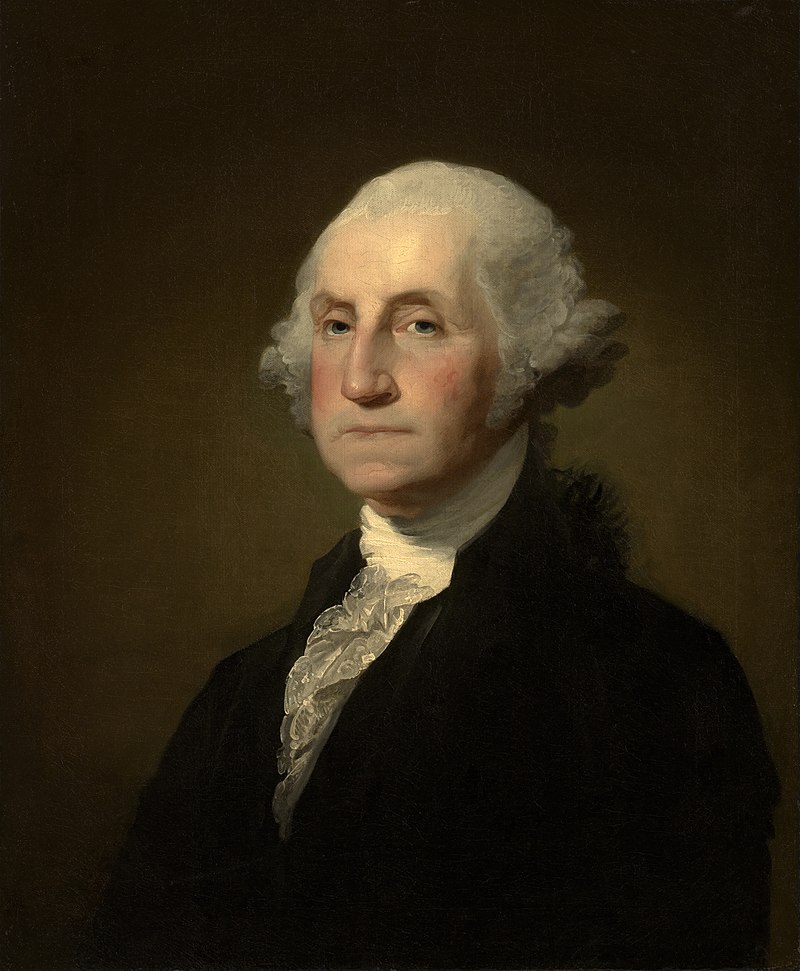




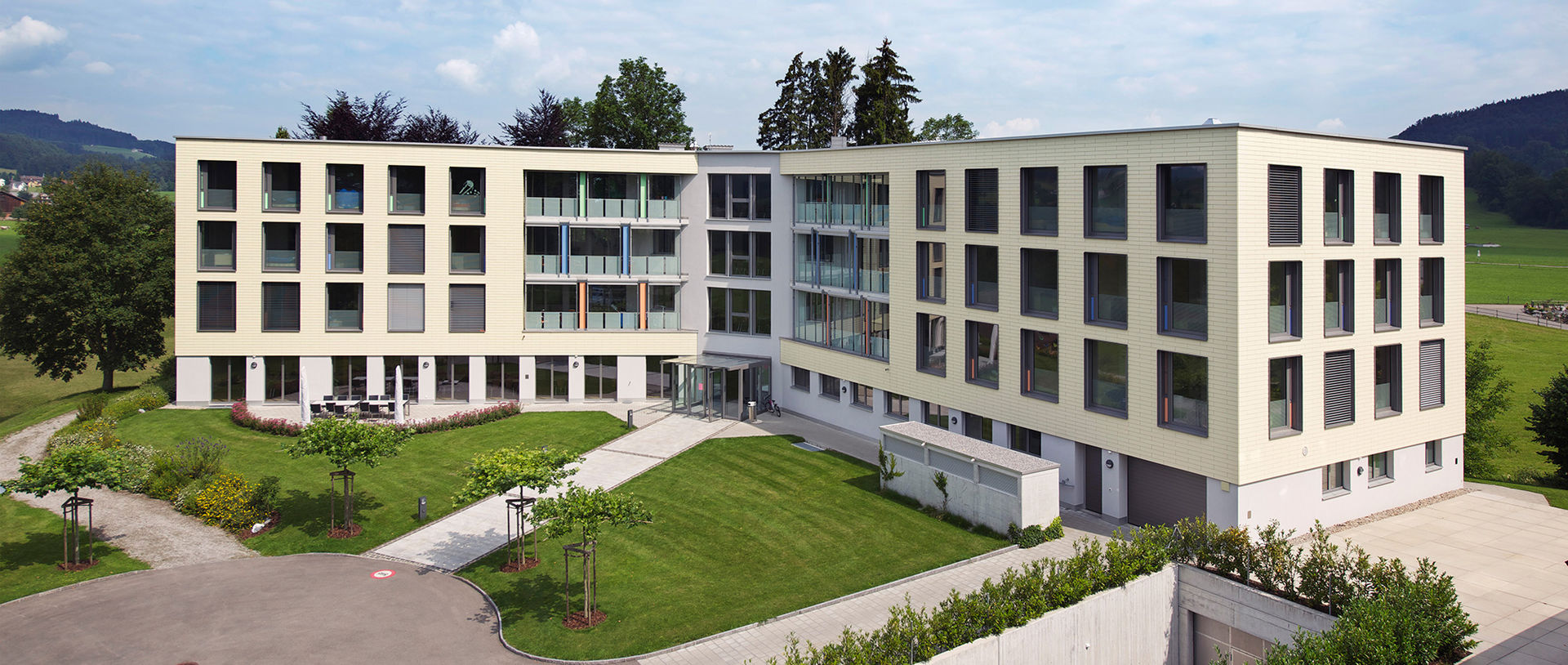







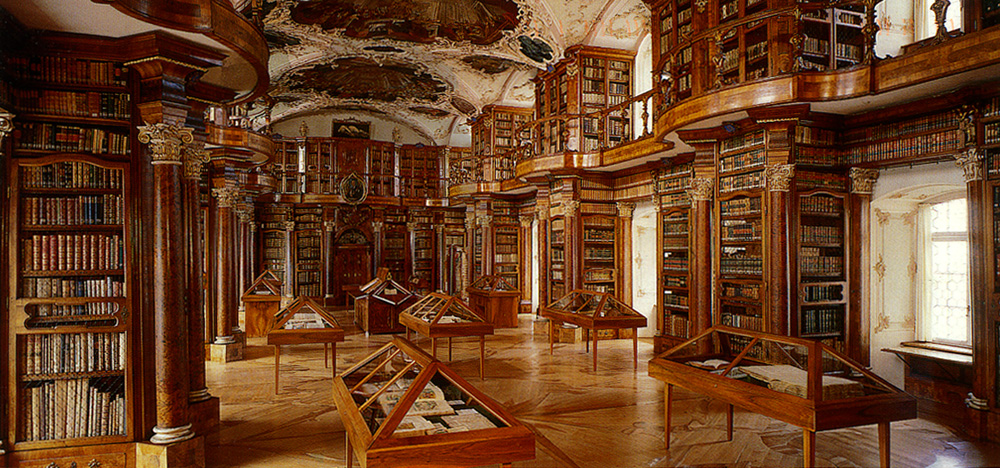






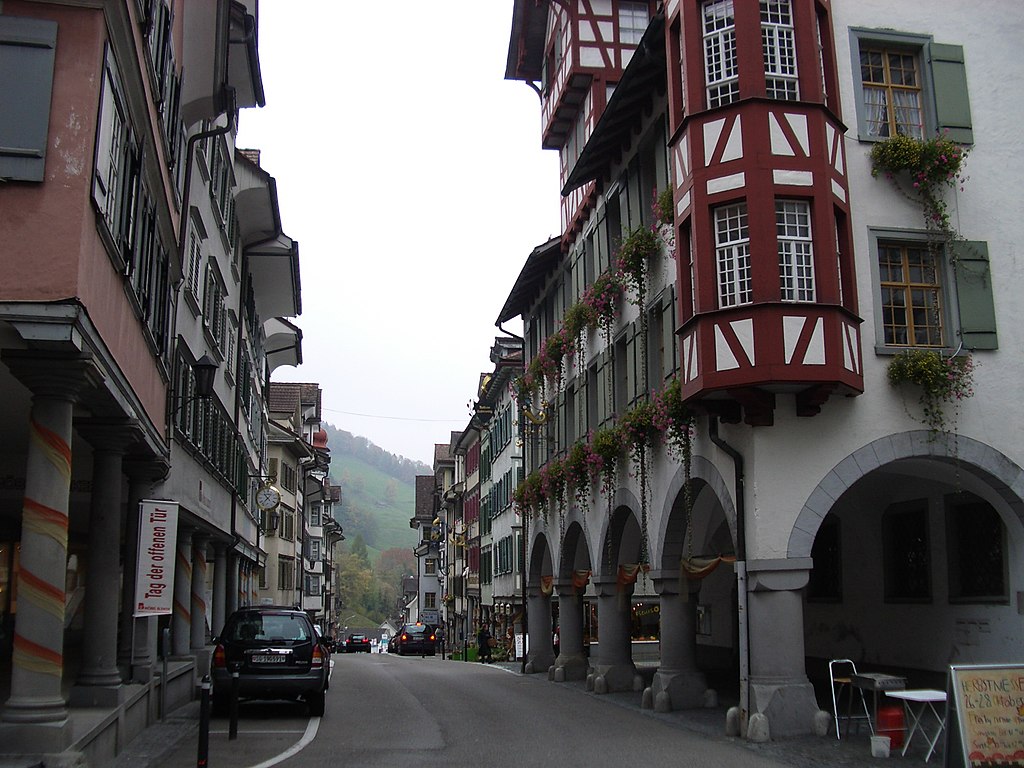
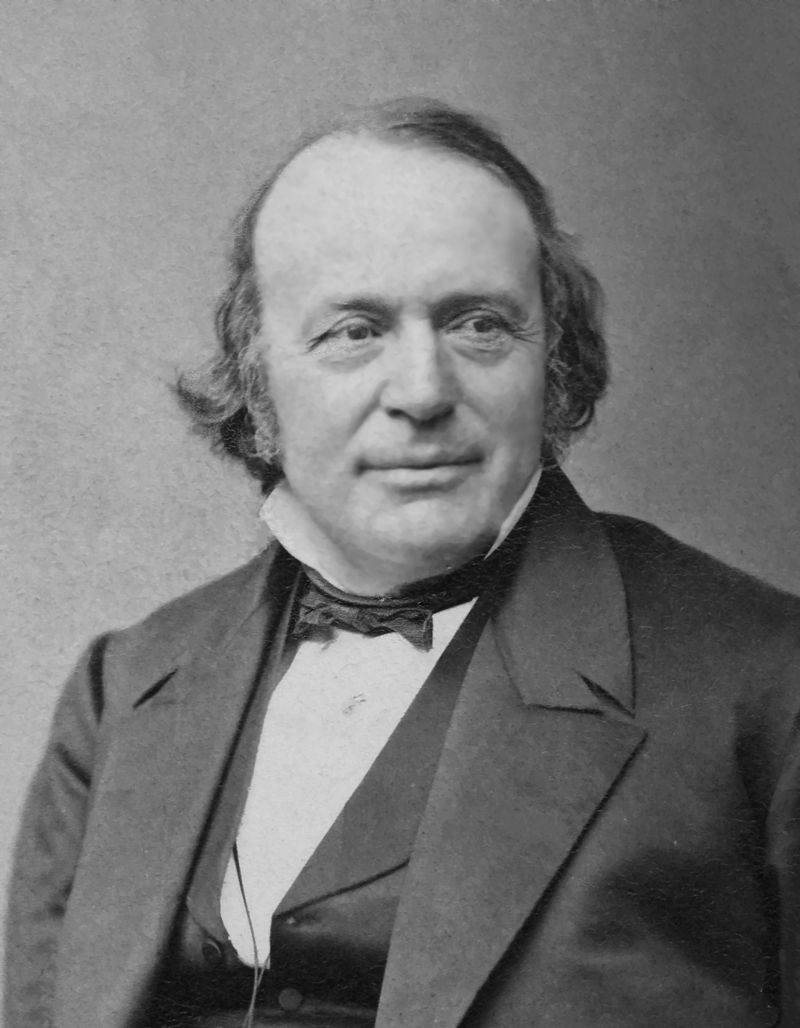






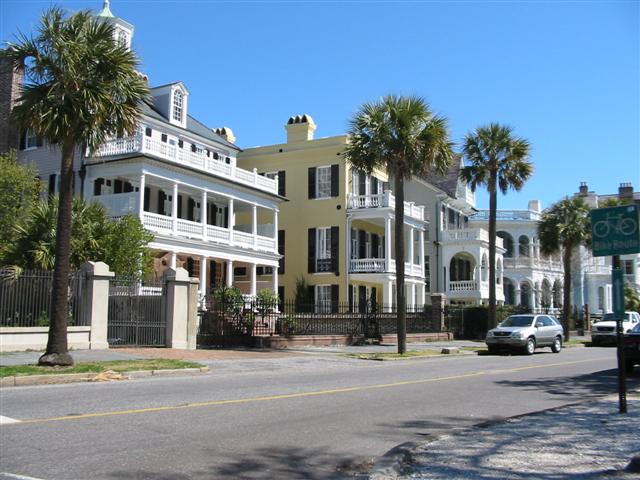
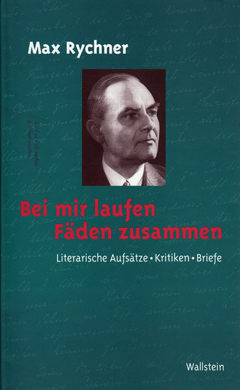




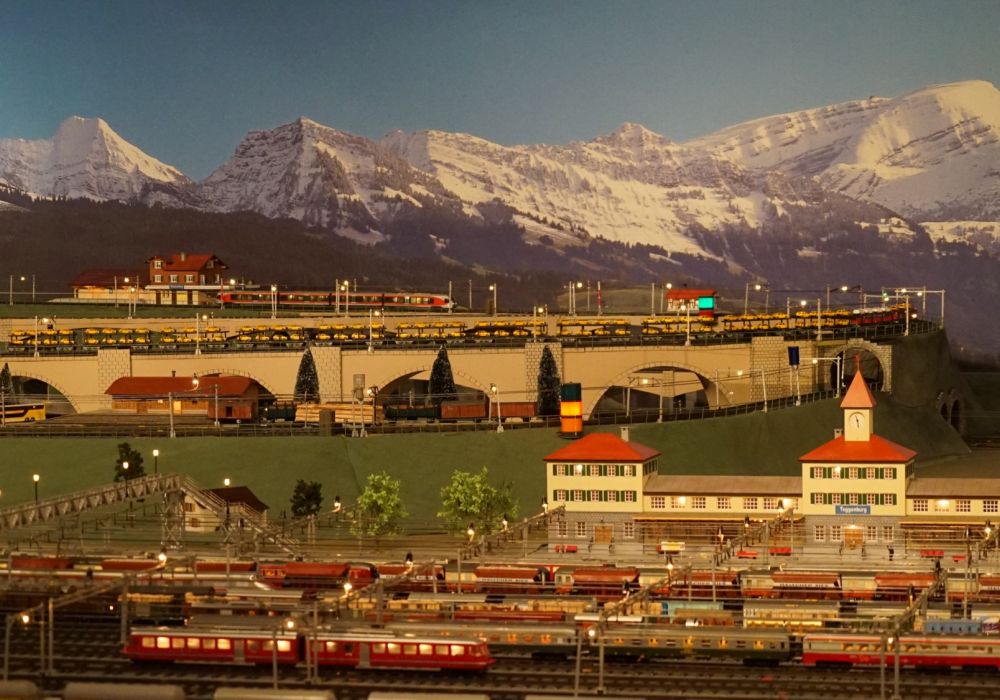




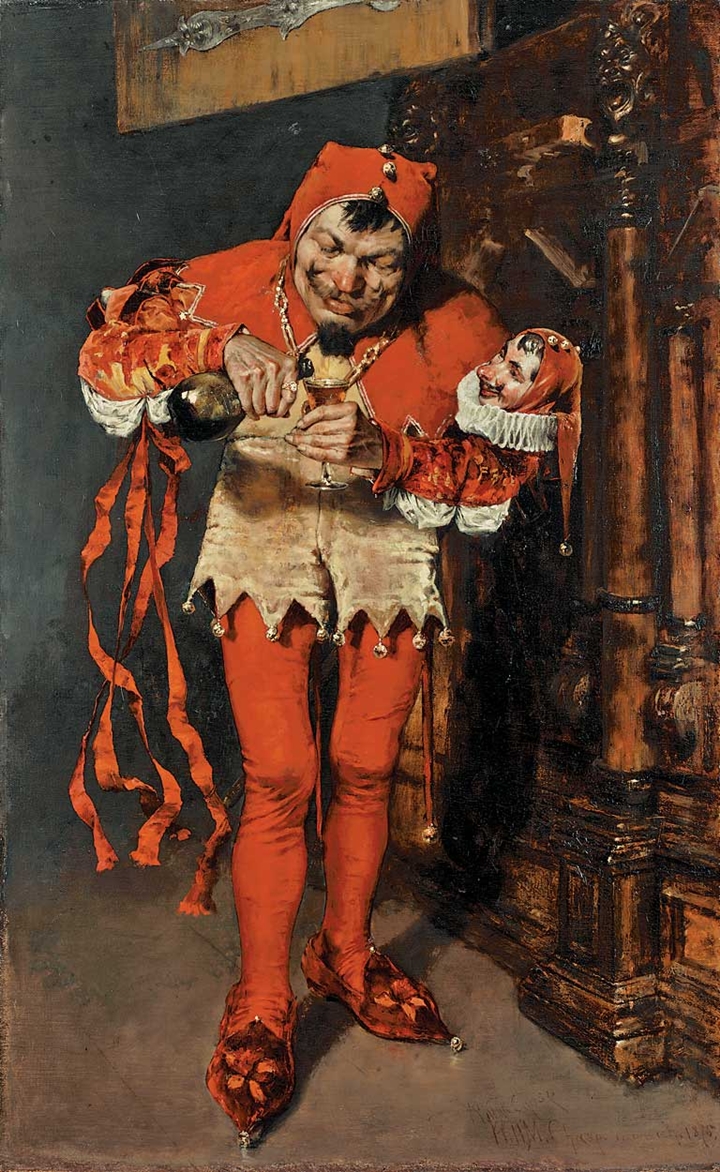






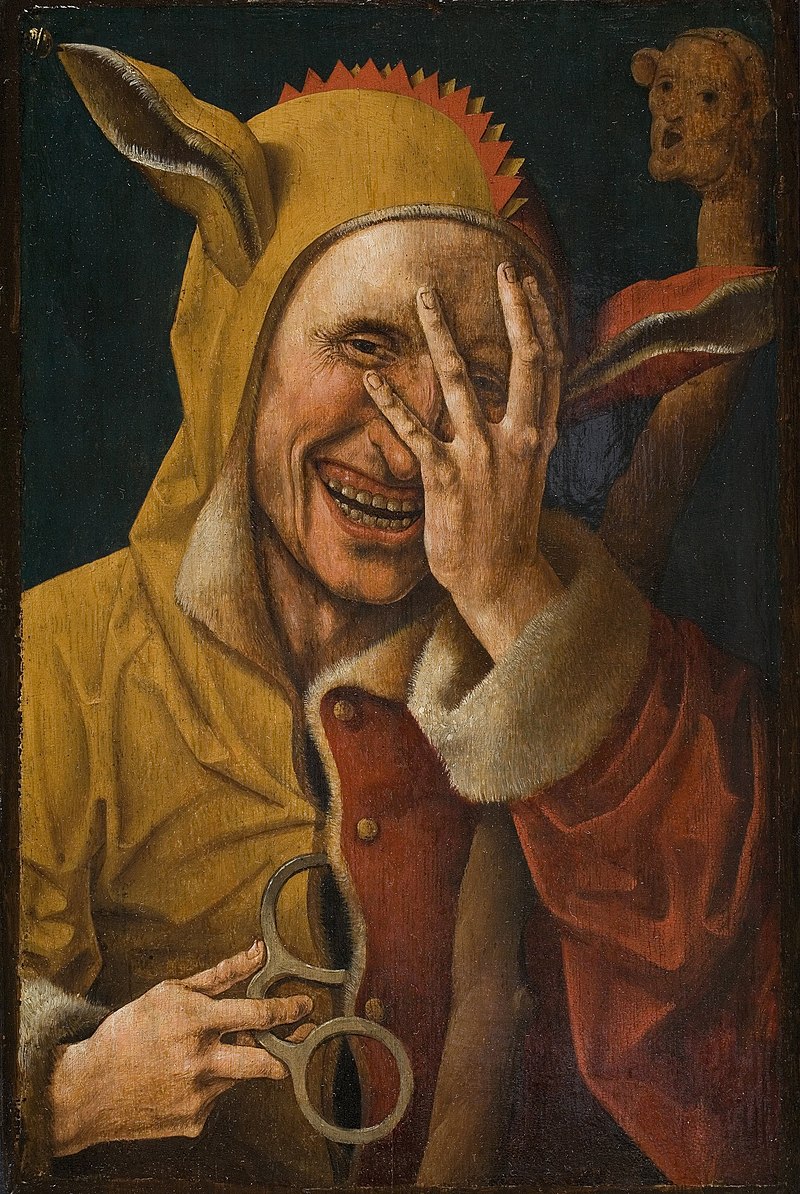



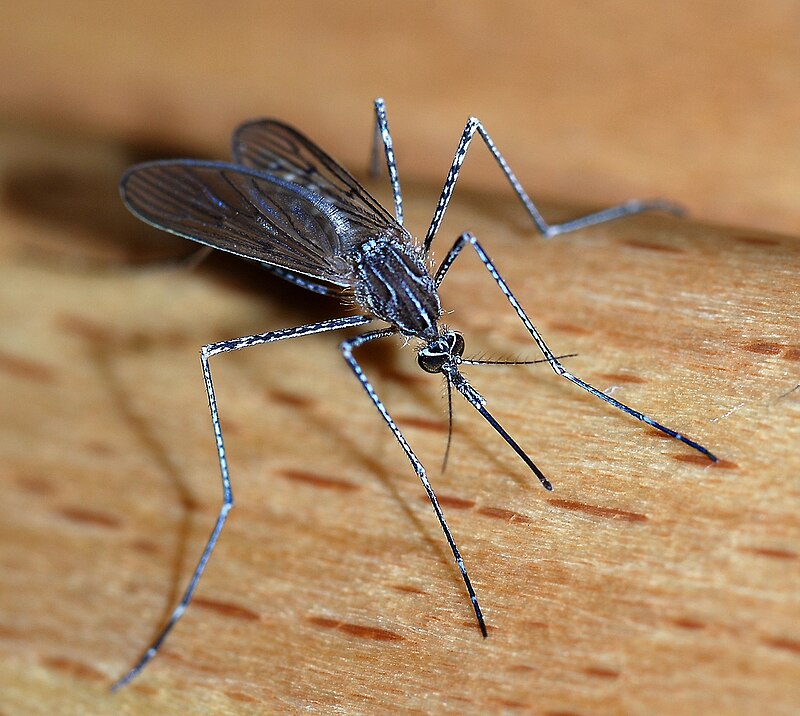










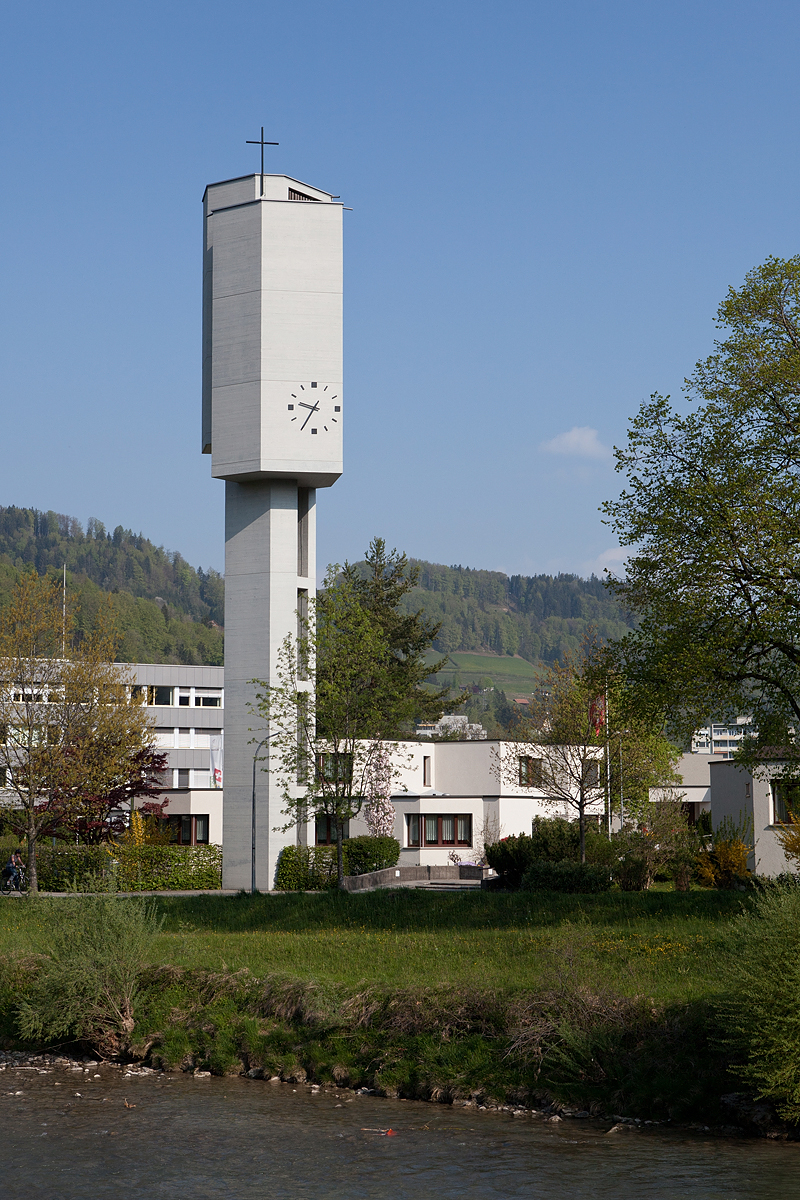


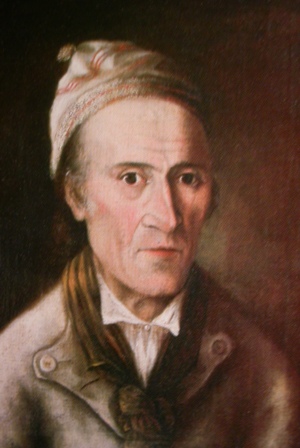



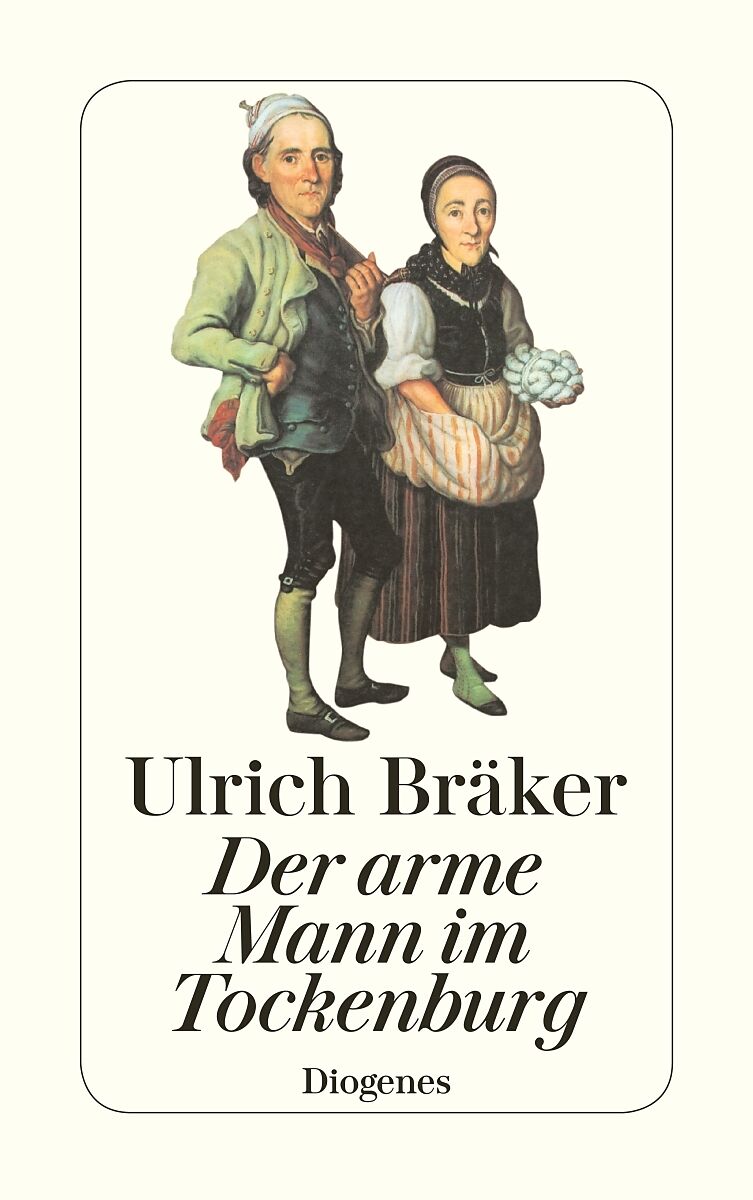












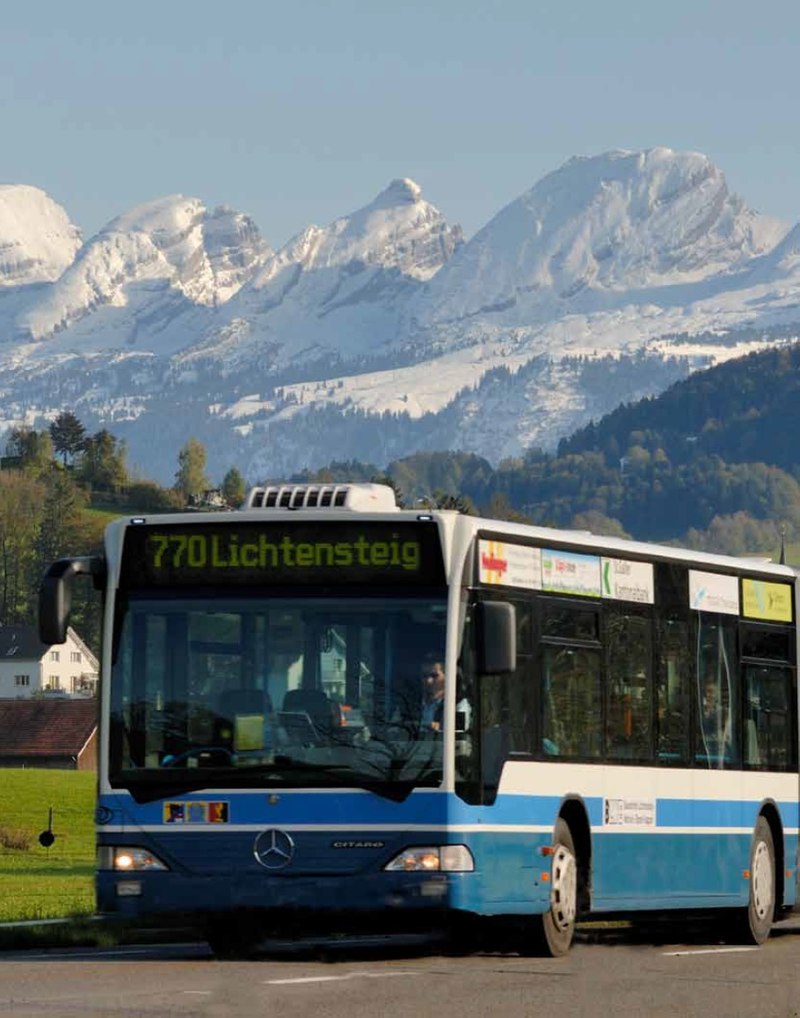





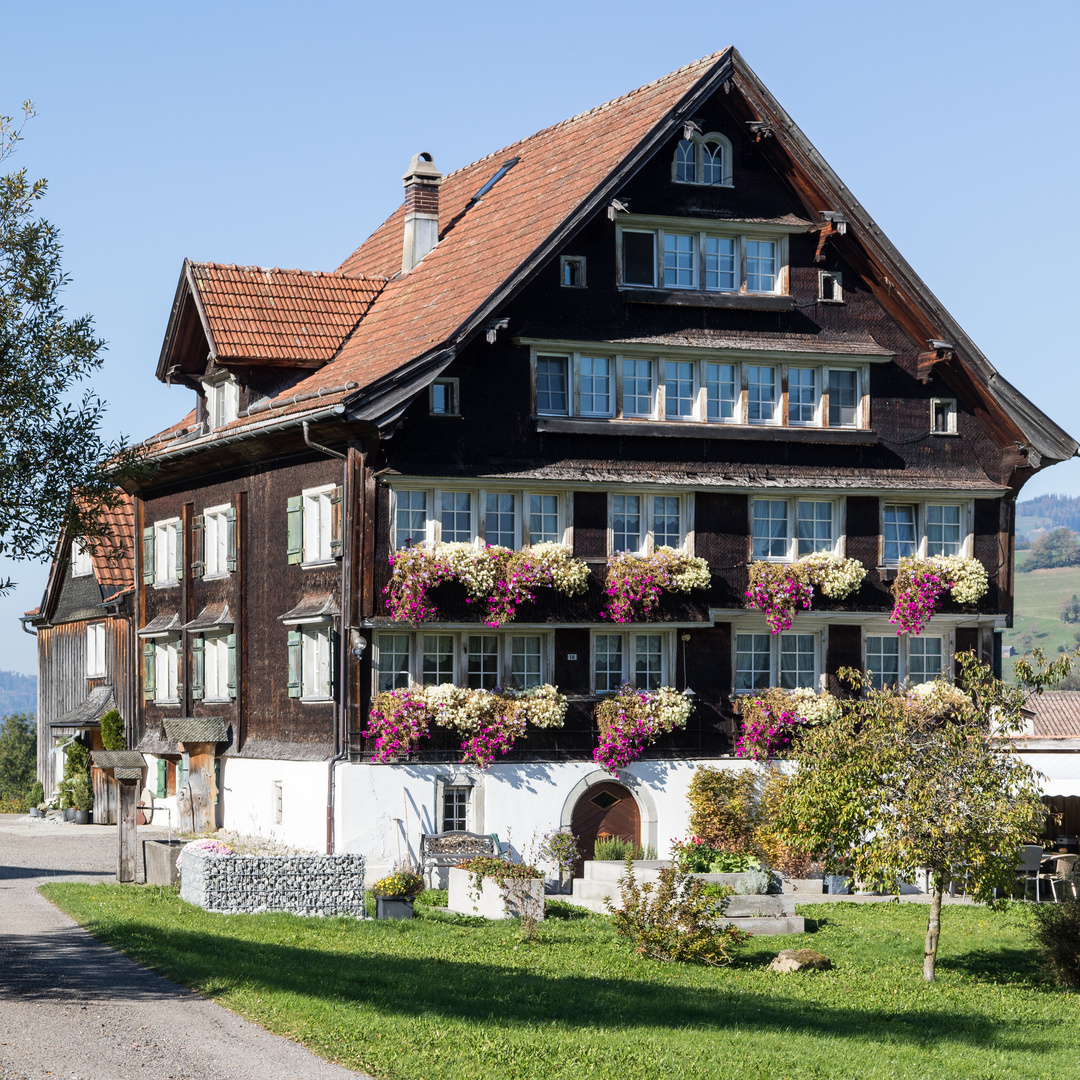
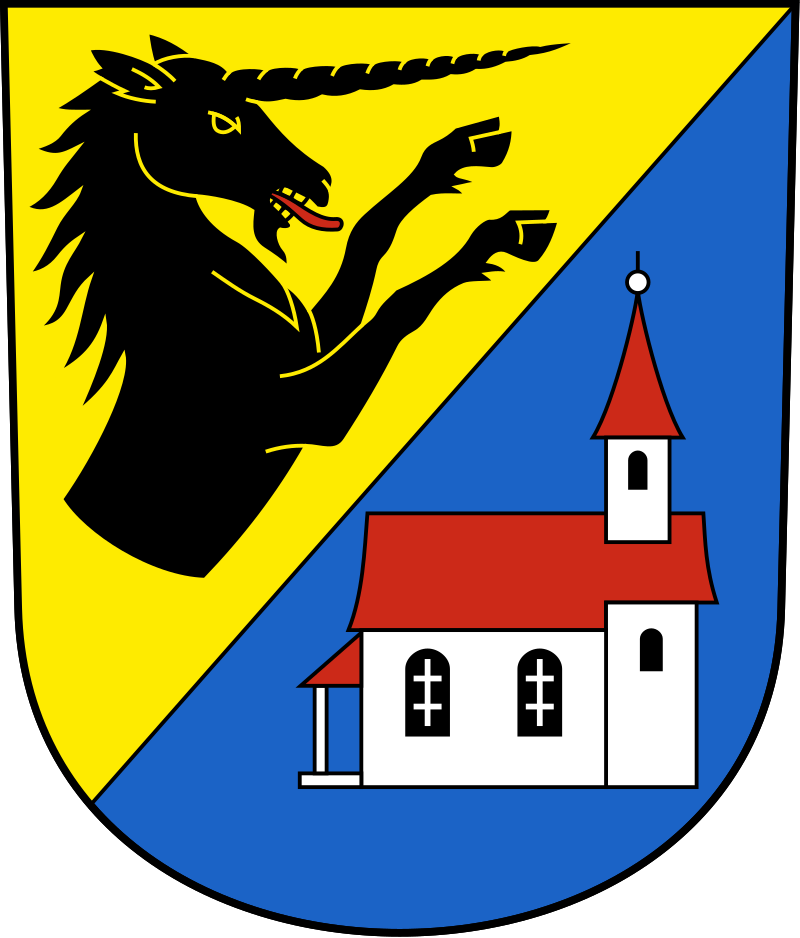



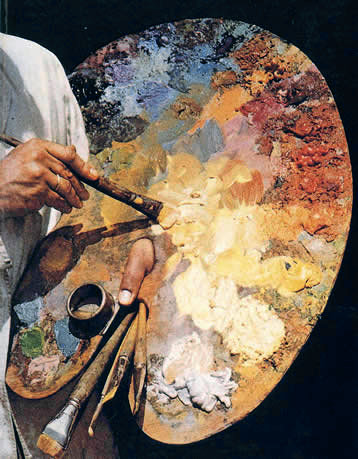
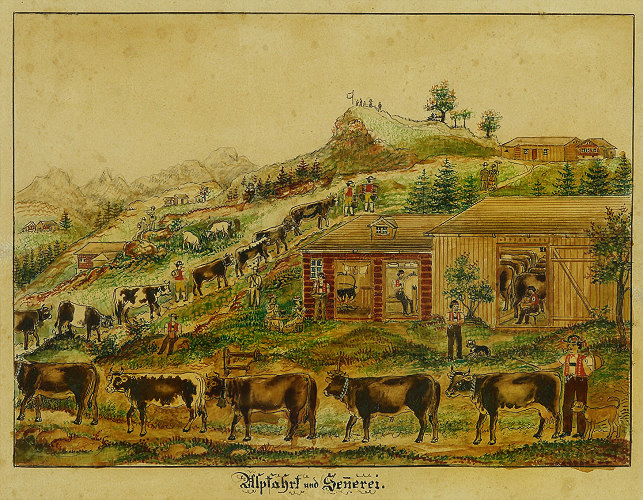






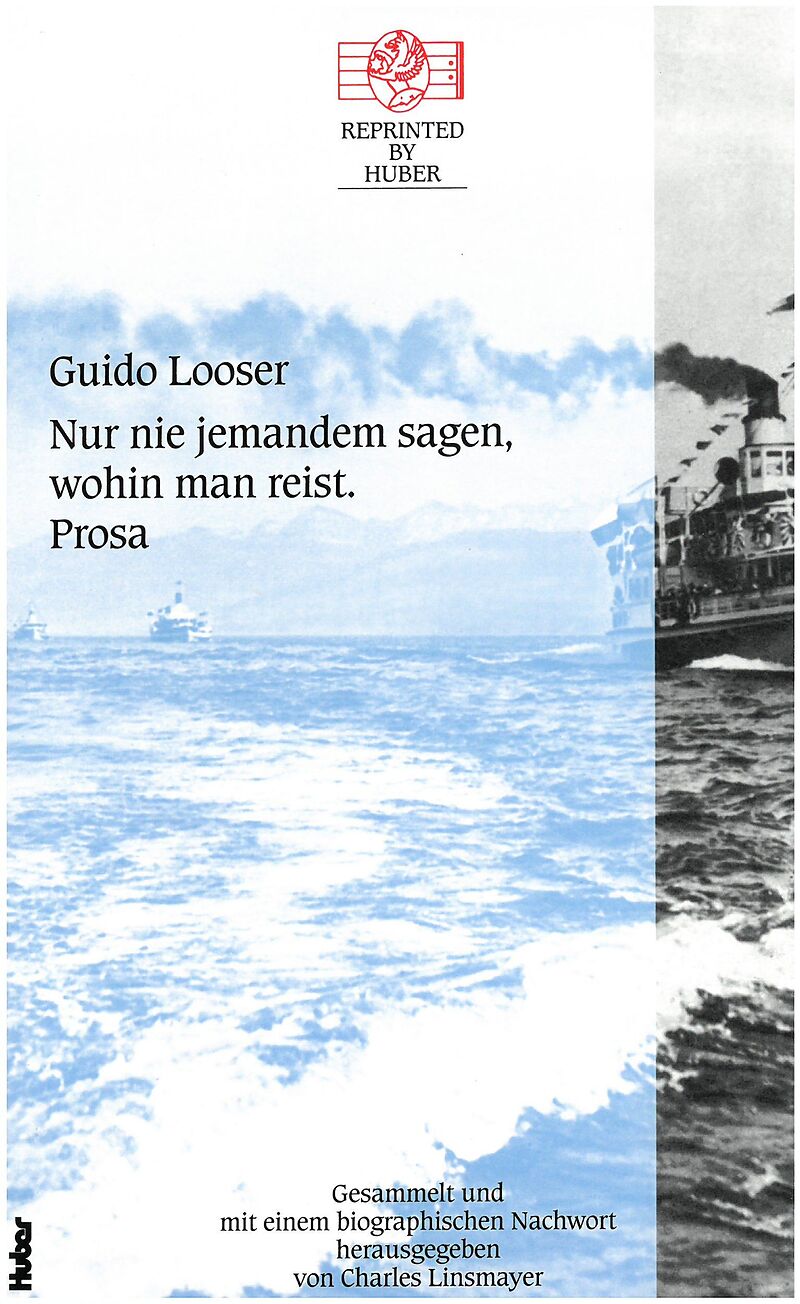









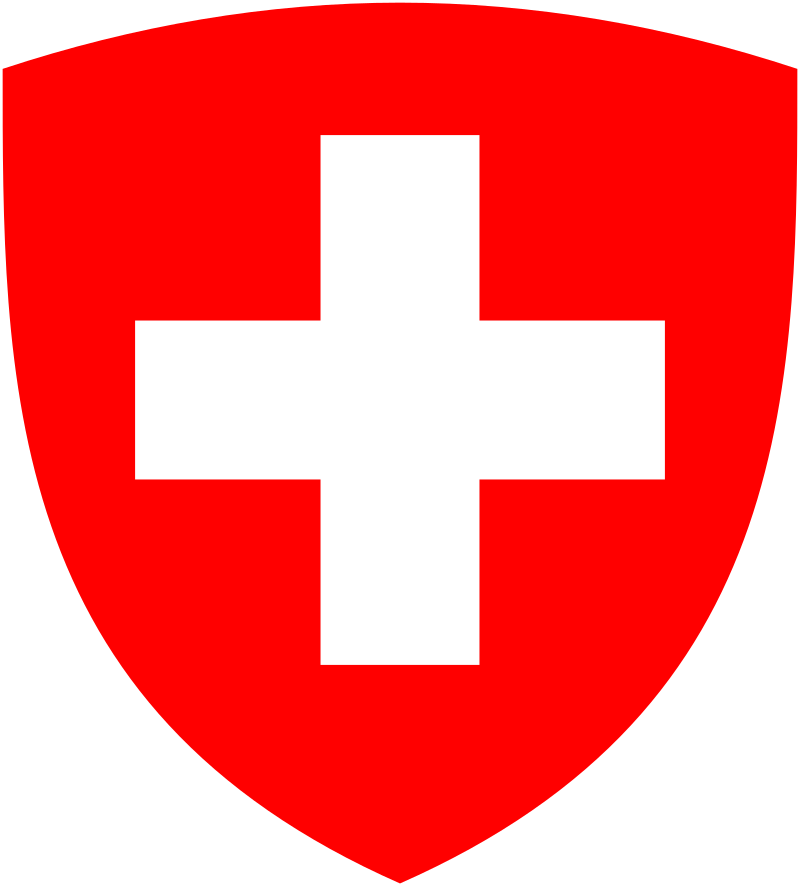











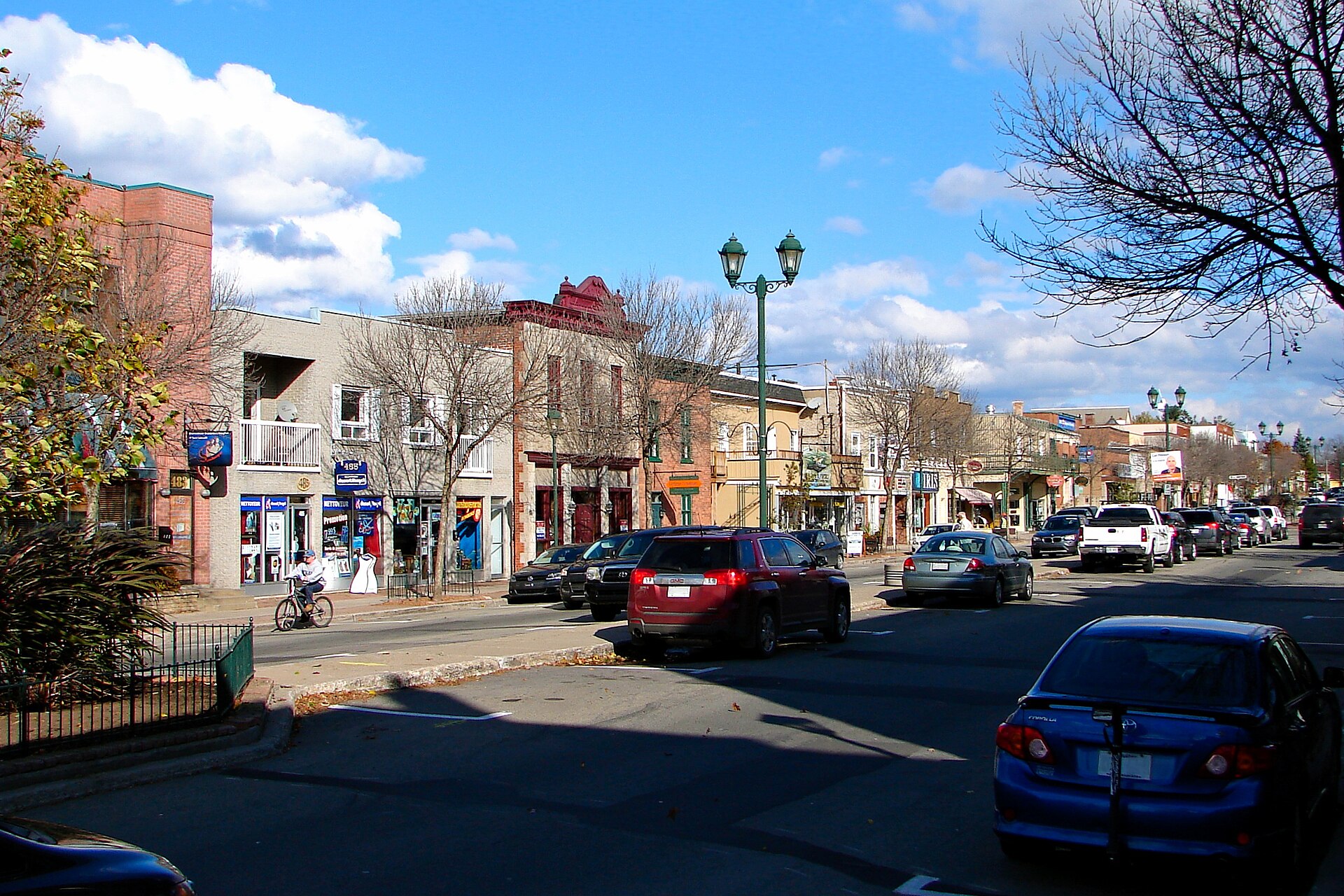


































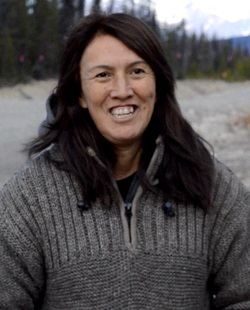







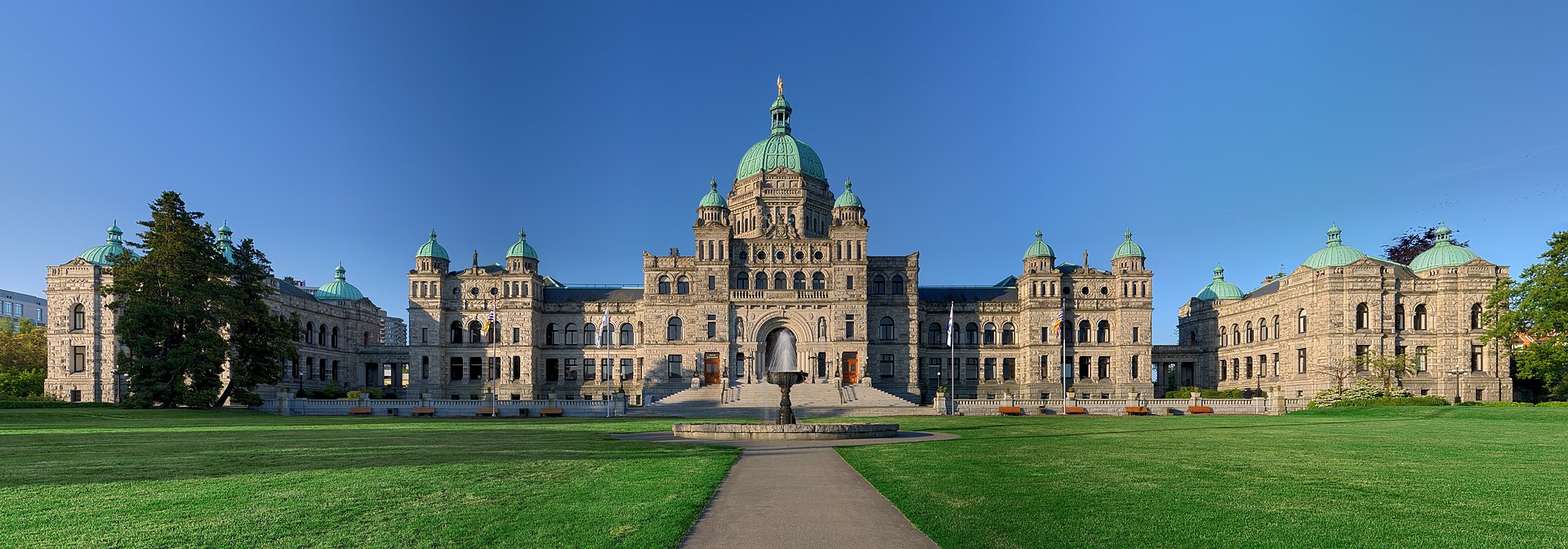
/arc-anglerfish-tgam-prod-tgam.s3.amazonaws.com/public/PEP7VEMJZZEYDHJQIBFQ4JZ73M.jpg)





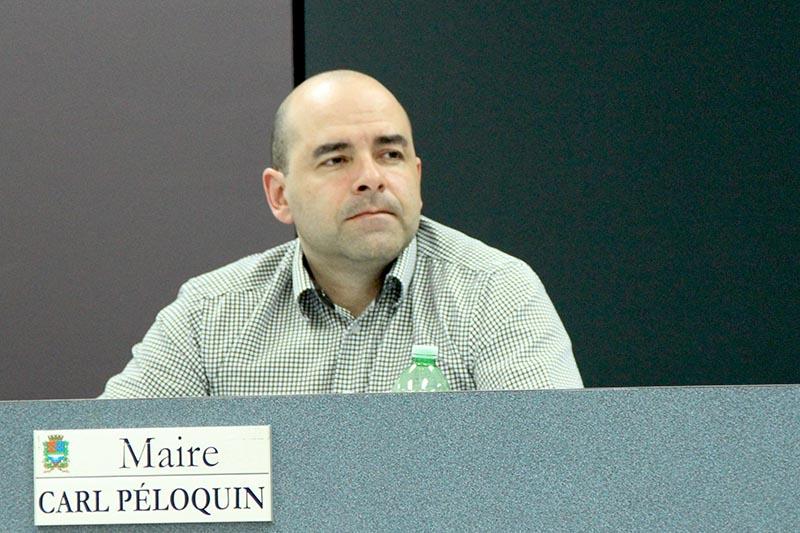






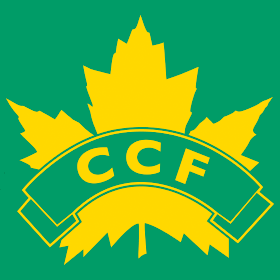
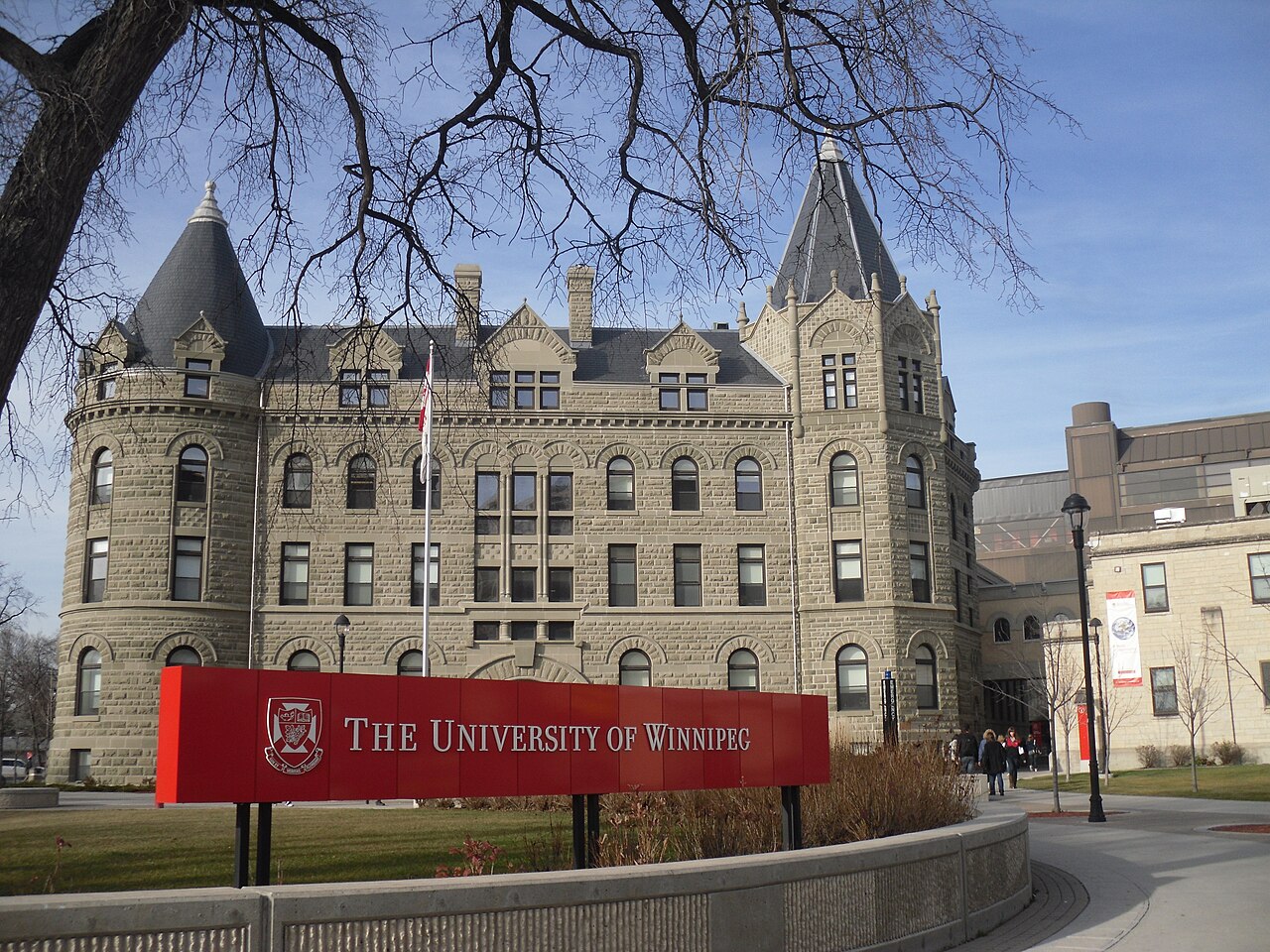




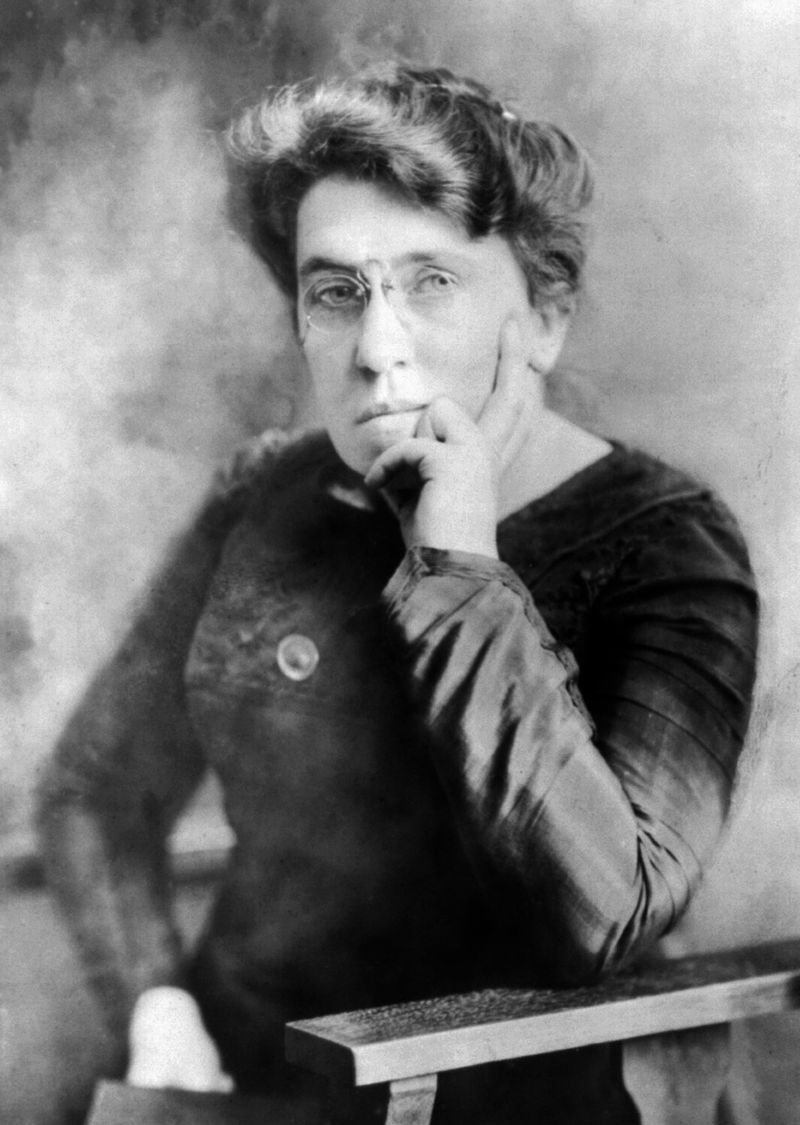

































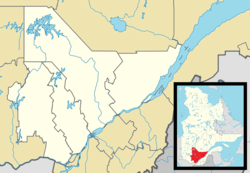







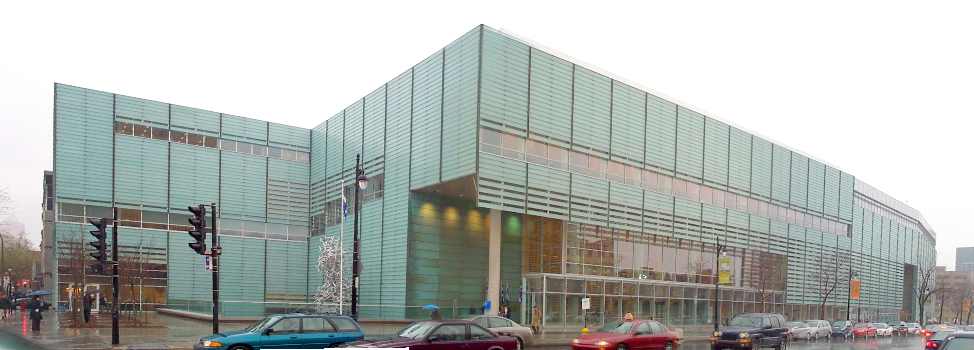






:format(jpeg):mode_rgb():quality(90)/discogs-images/R-6839629-1427725366-8637.jpeg.jpg)






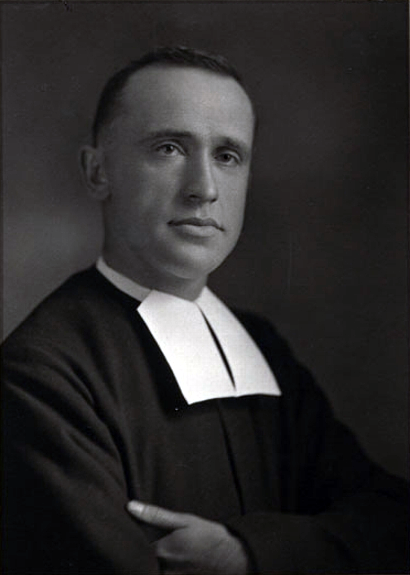


:format(jpeg):mode_rgb():quality(90)/discogs-images/R-13505396-1555456583-2301.jpeg.jpg)

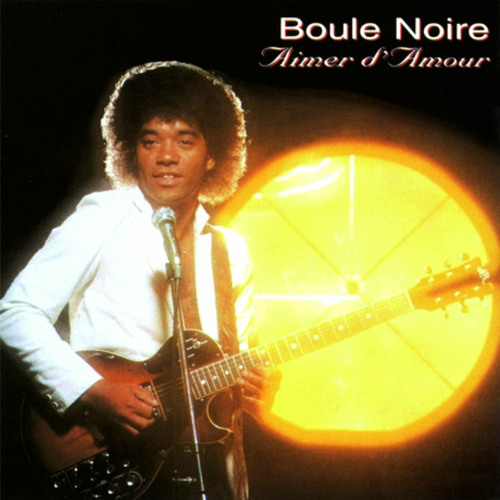
:format(jpeg):mode_rgb():quality(40)/discogs-images/R-1354719-1416601296-4667.jpeg.jpg)

